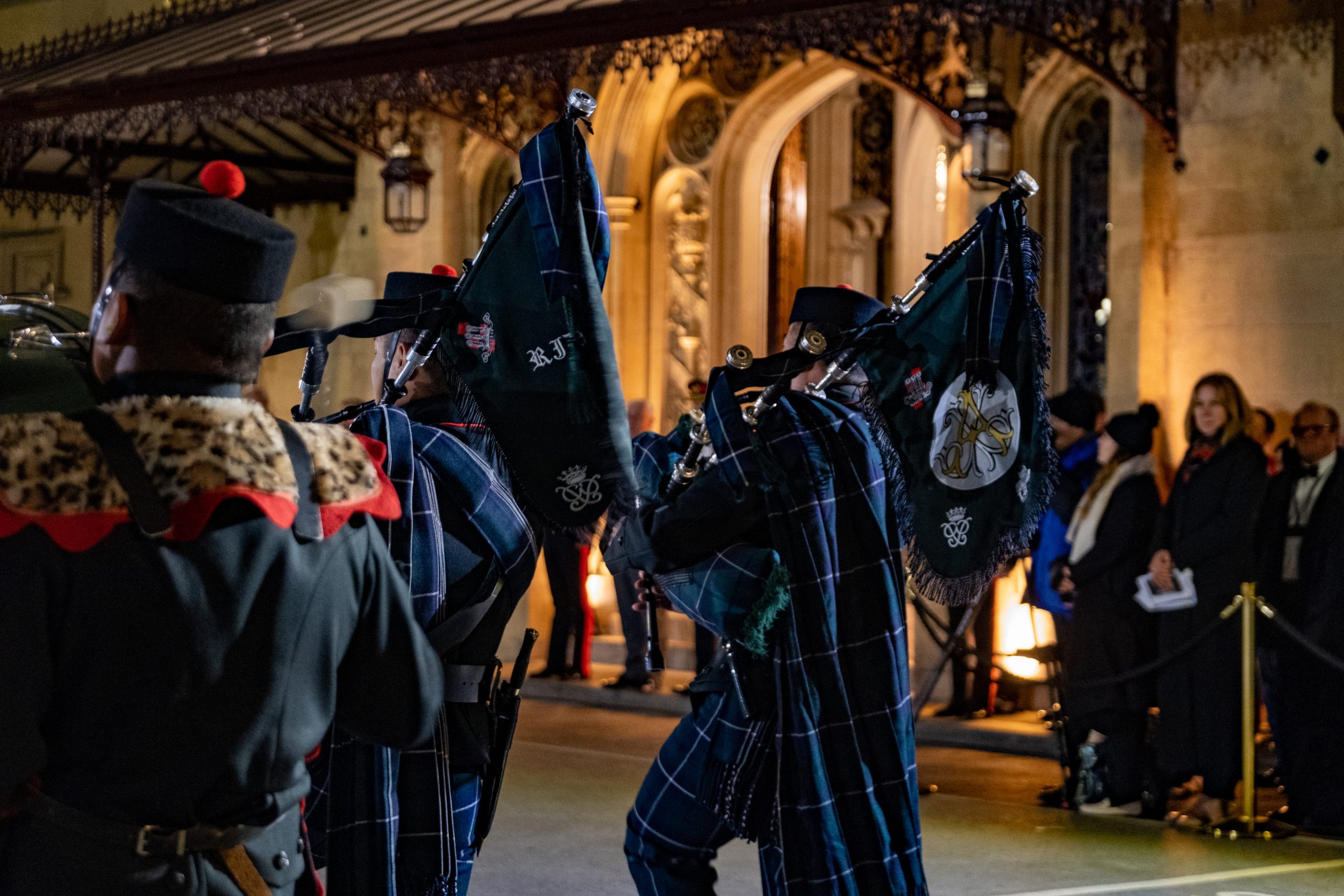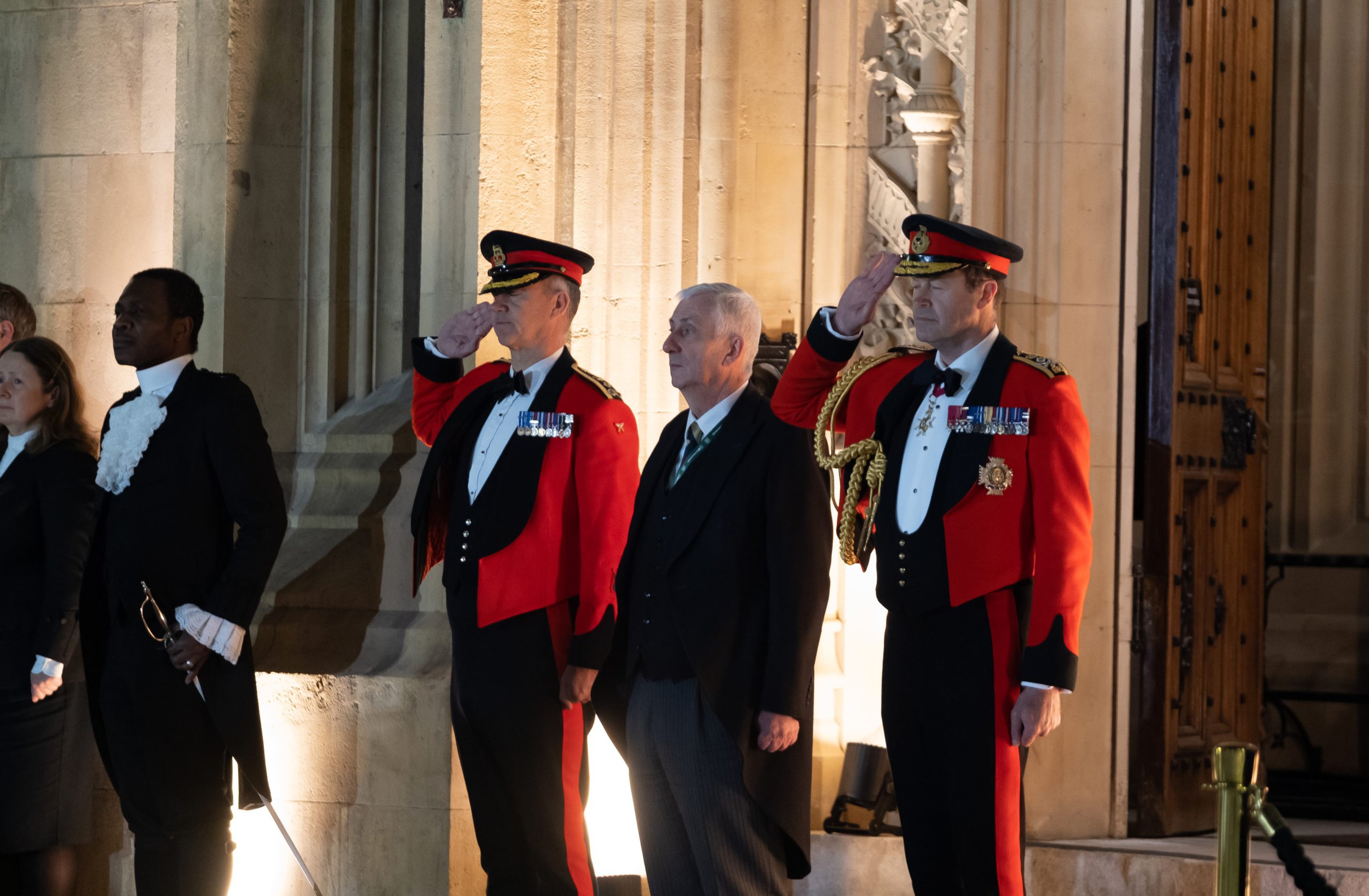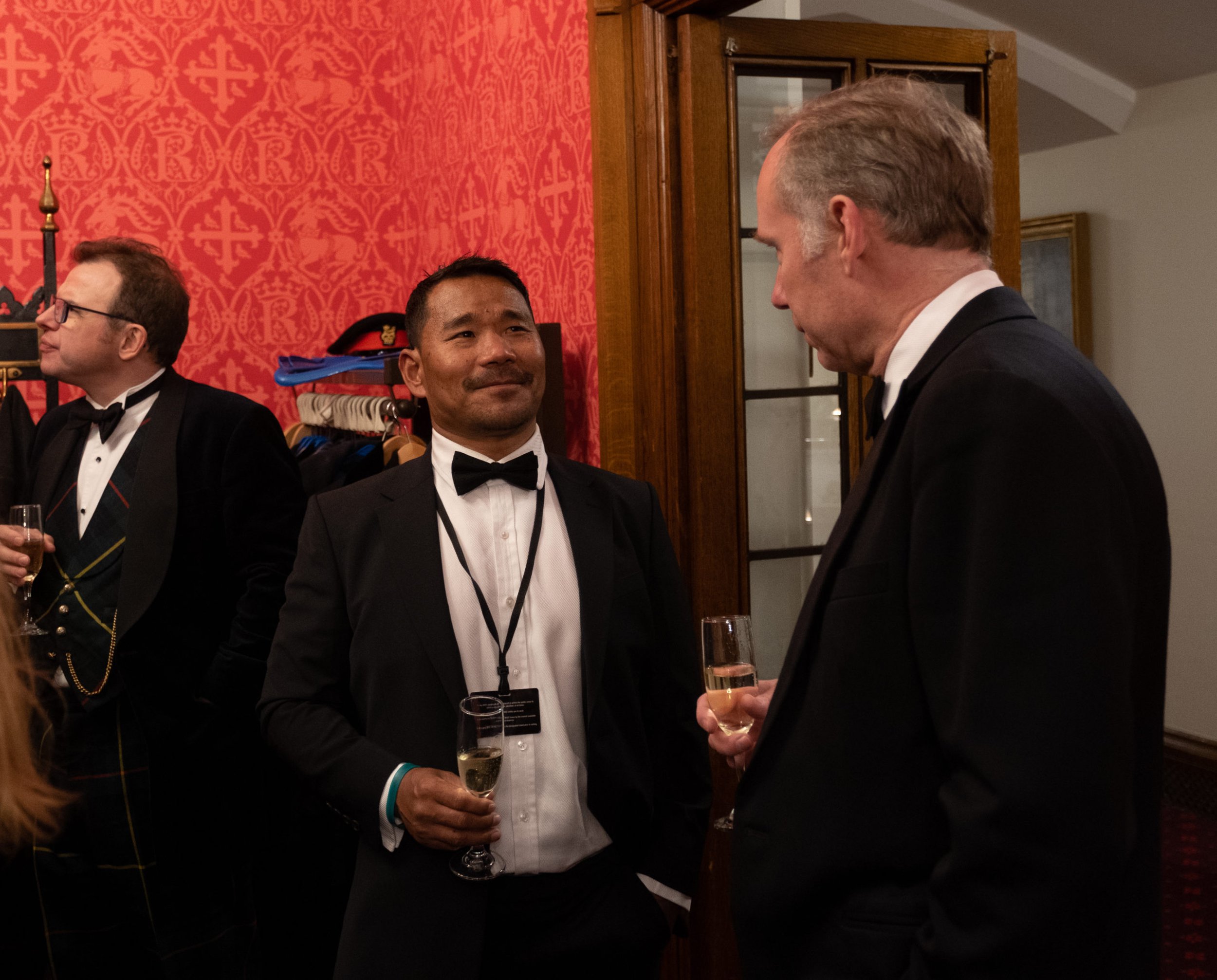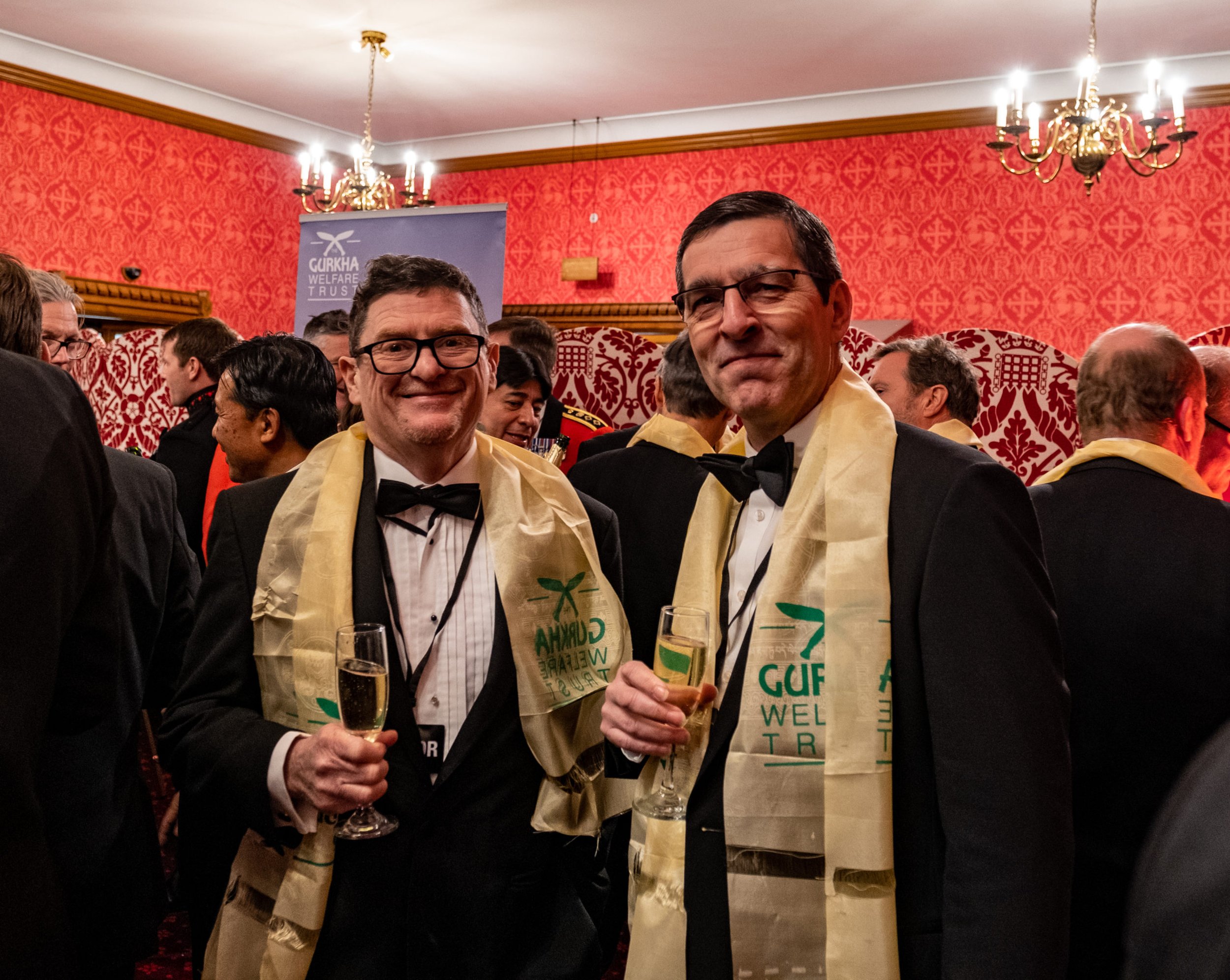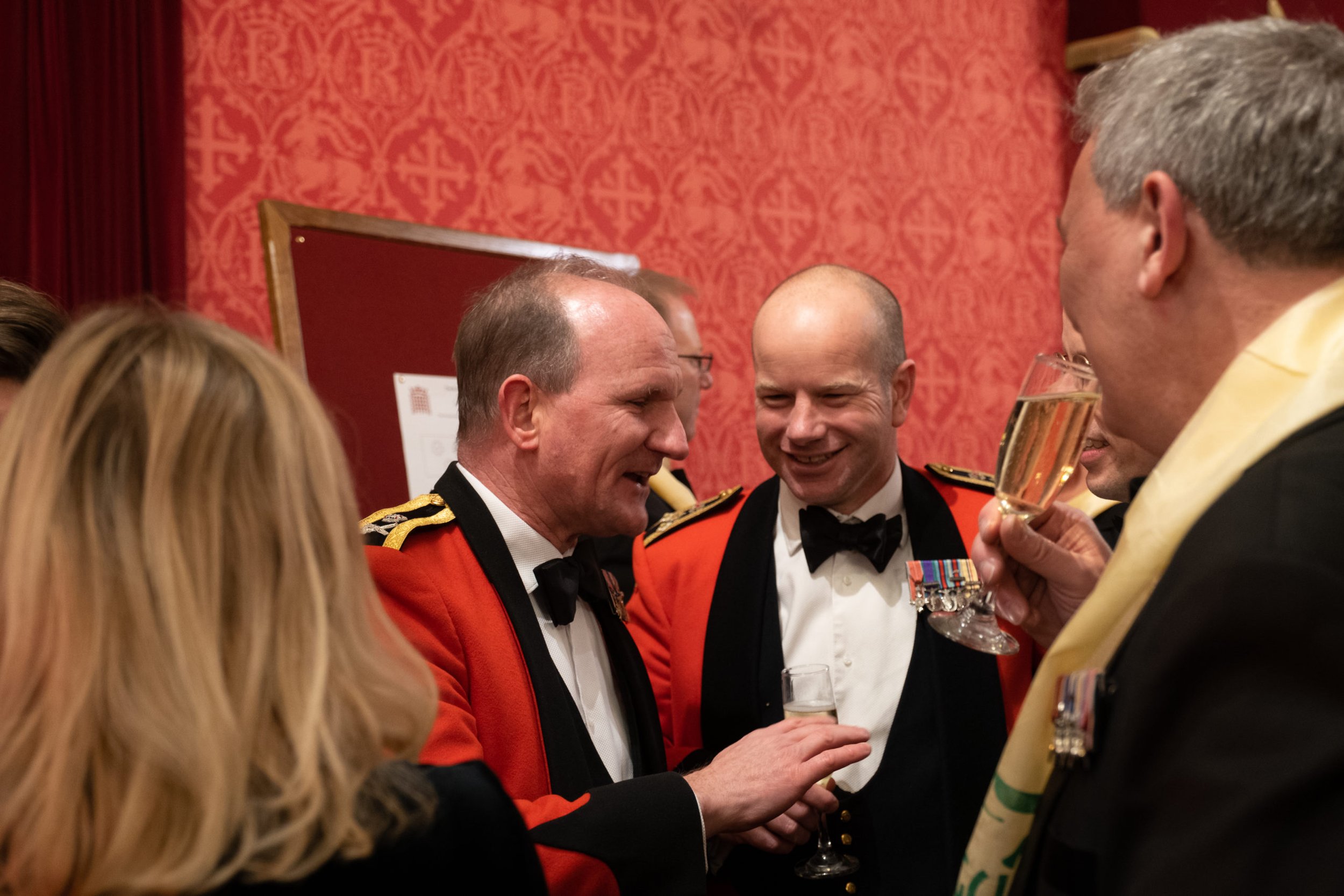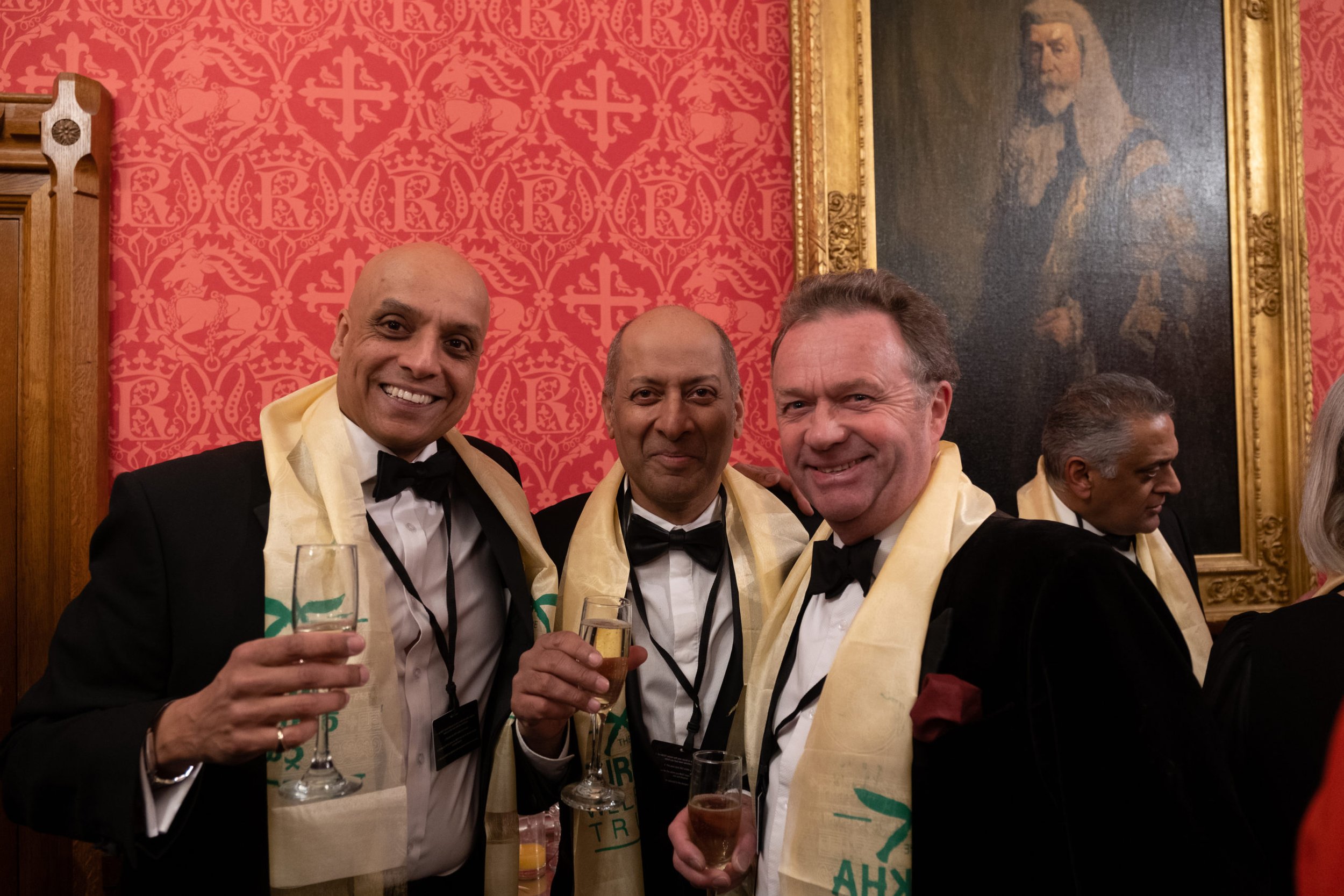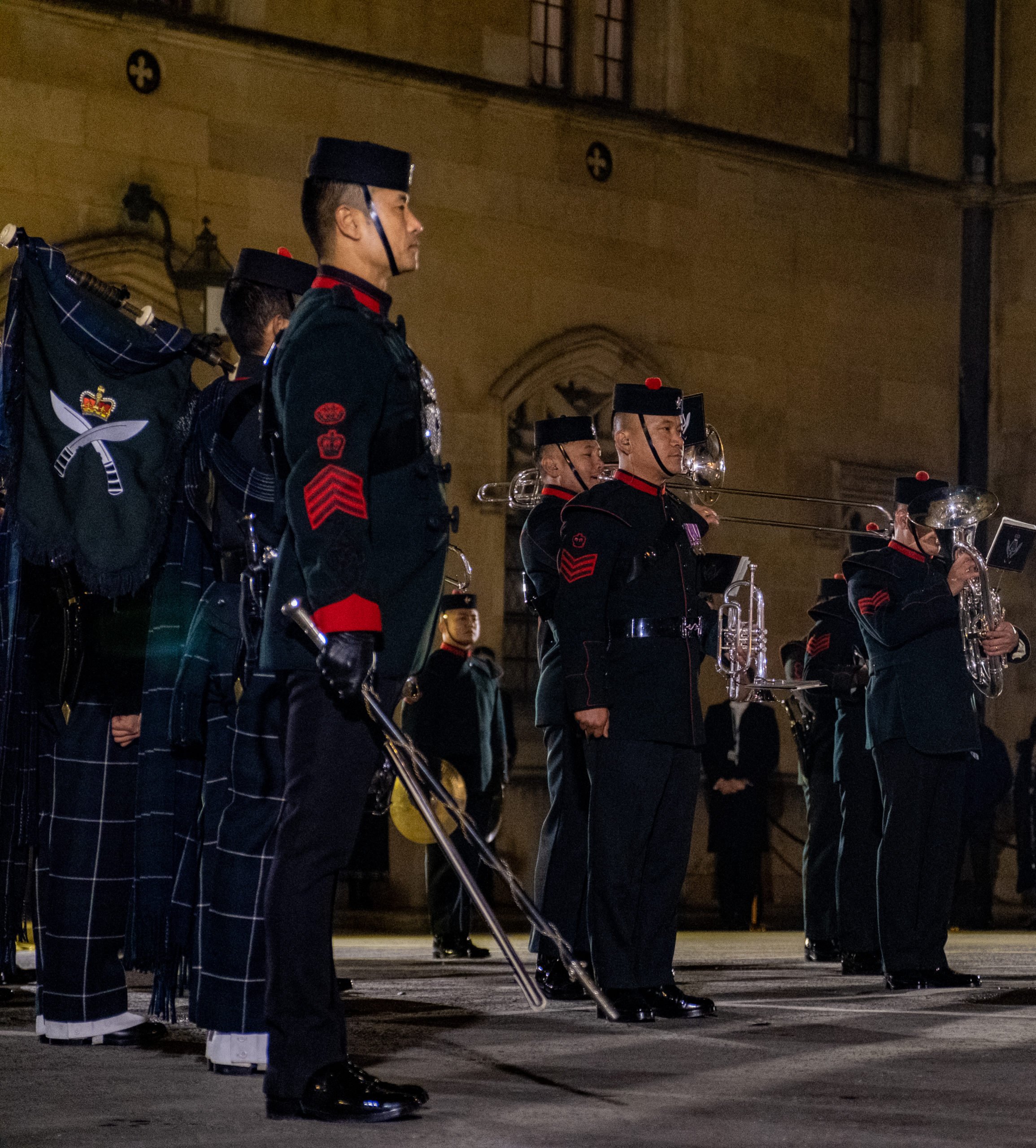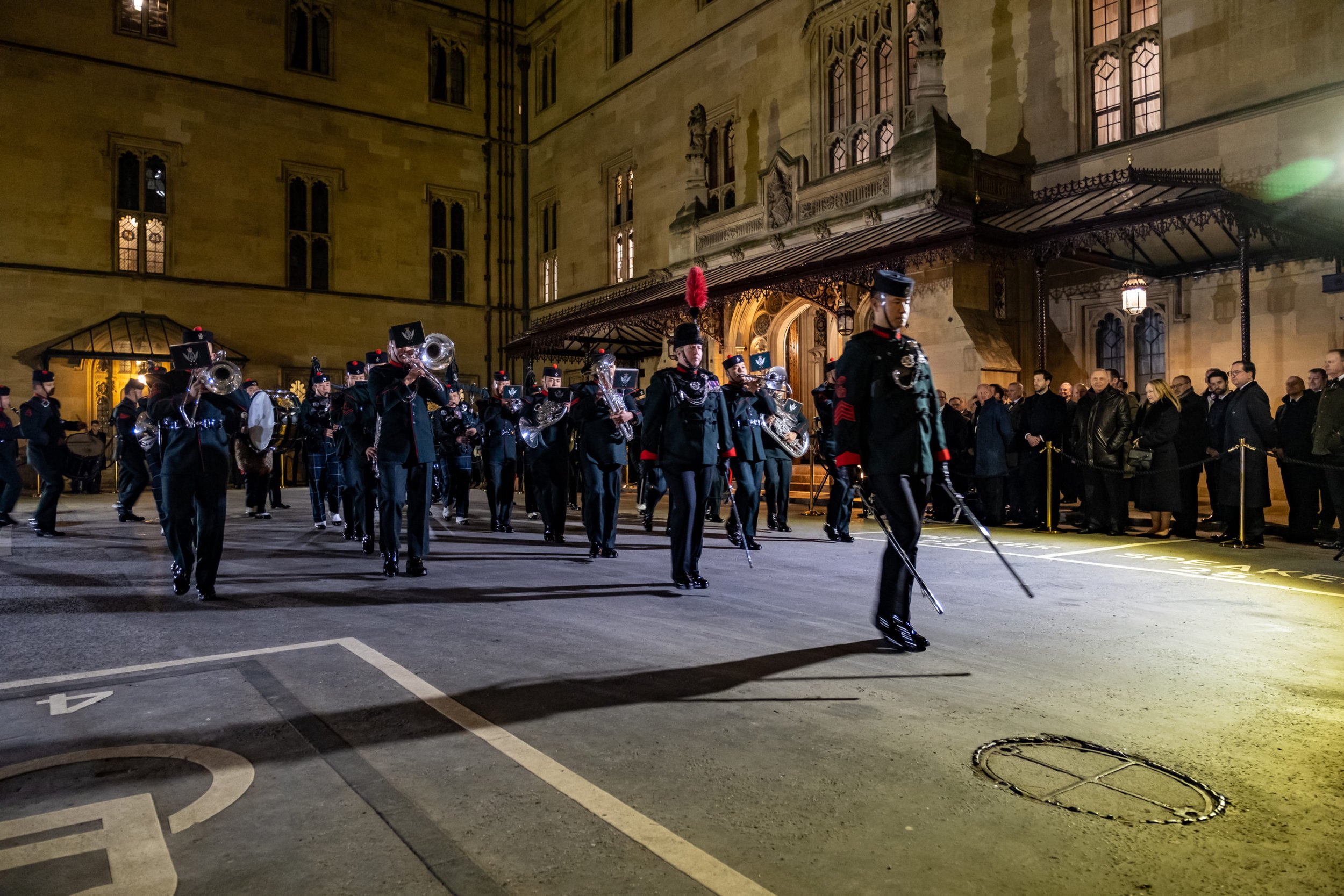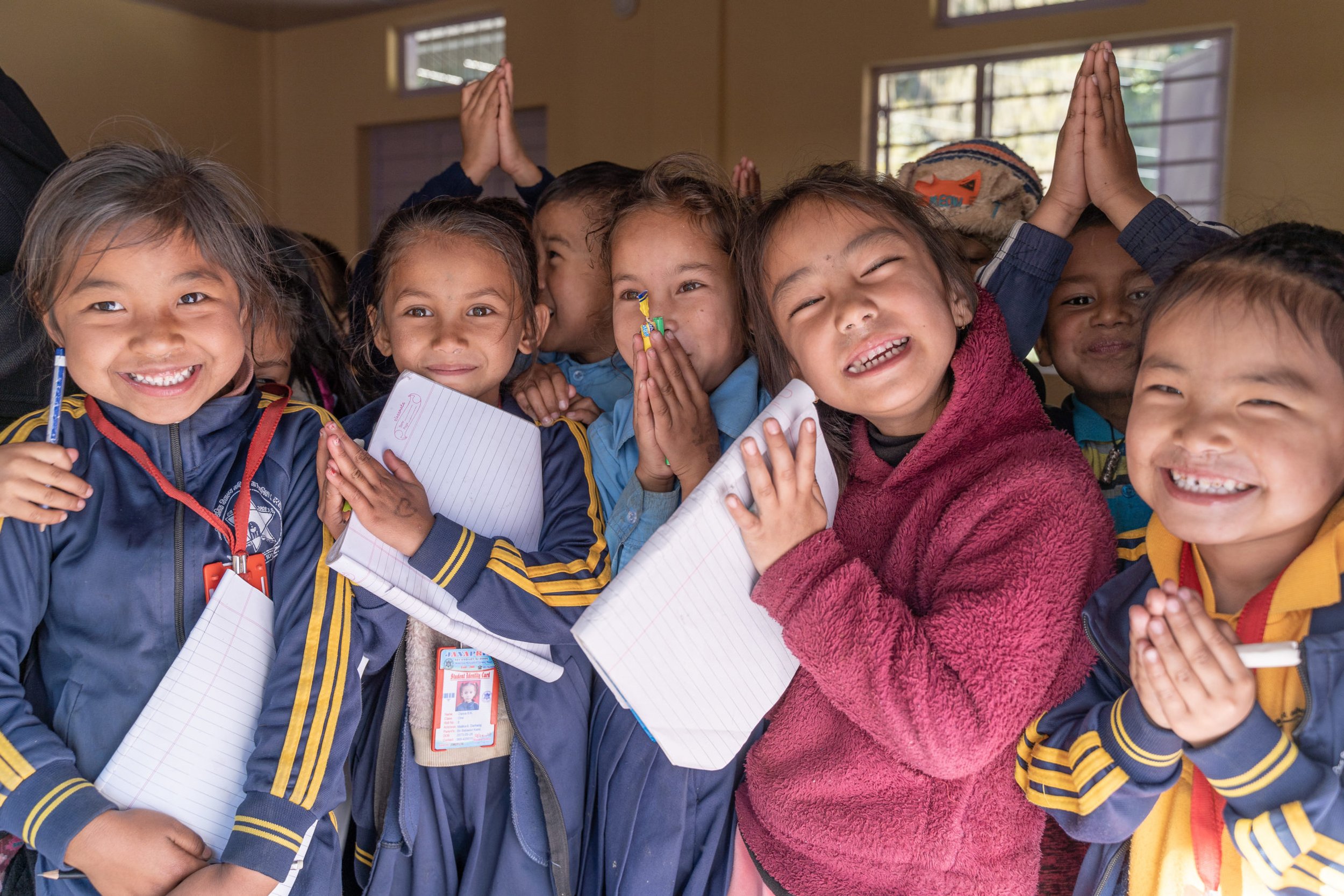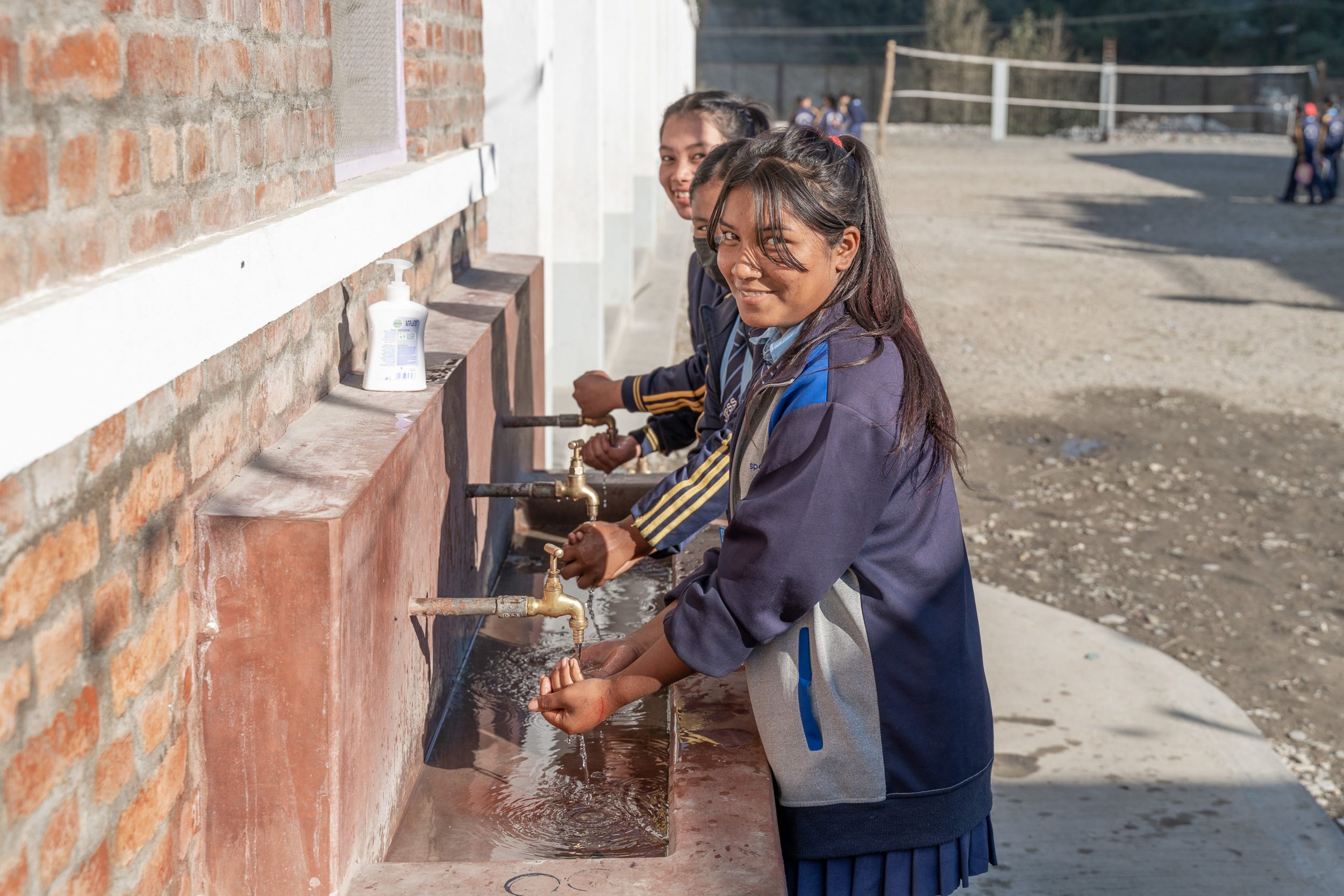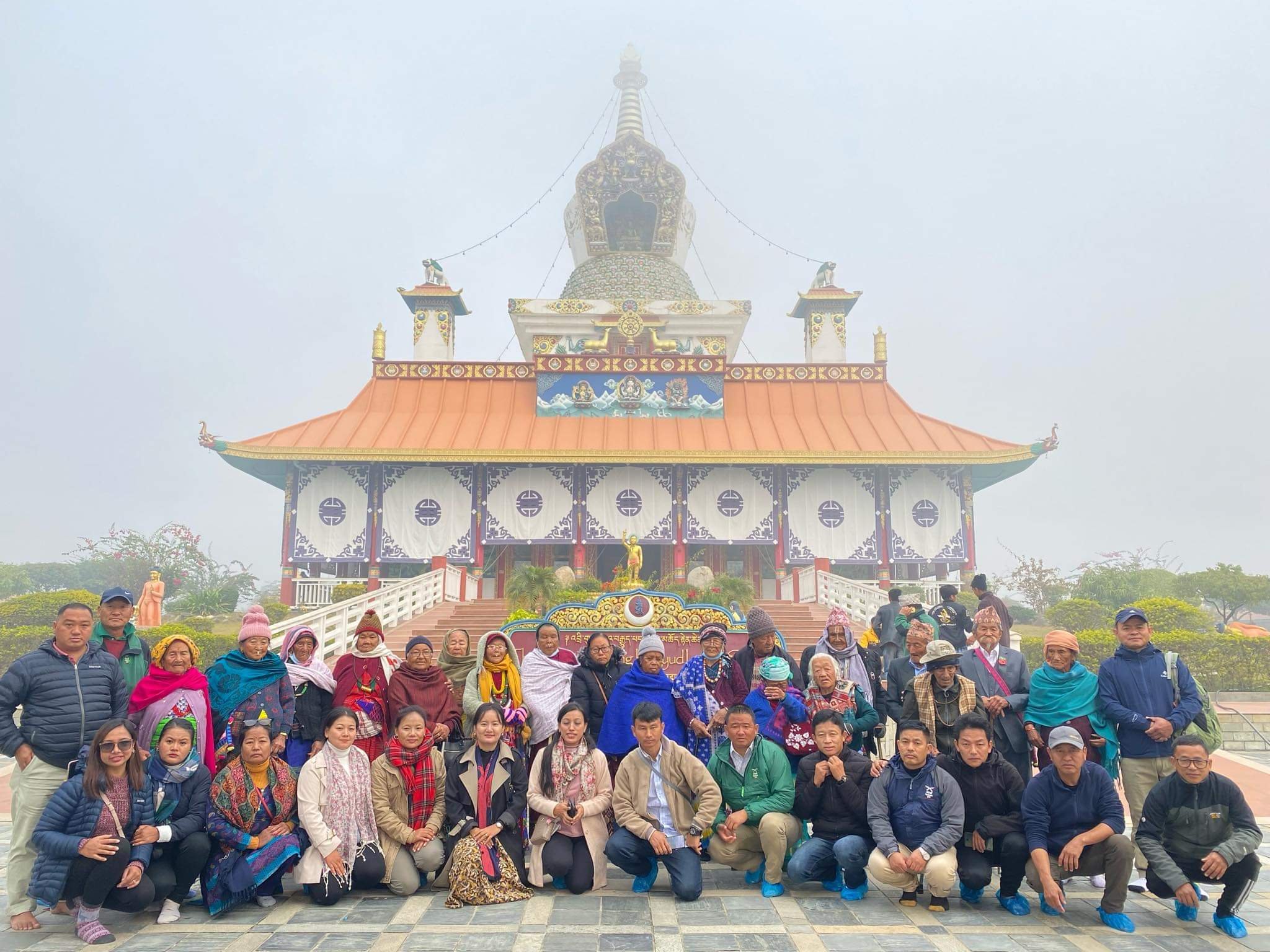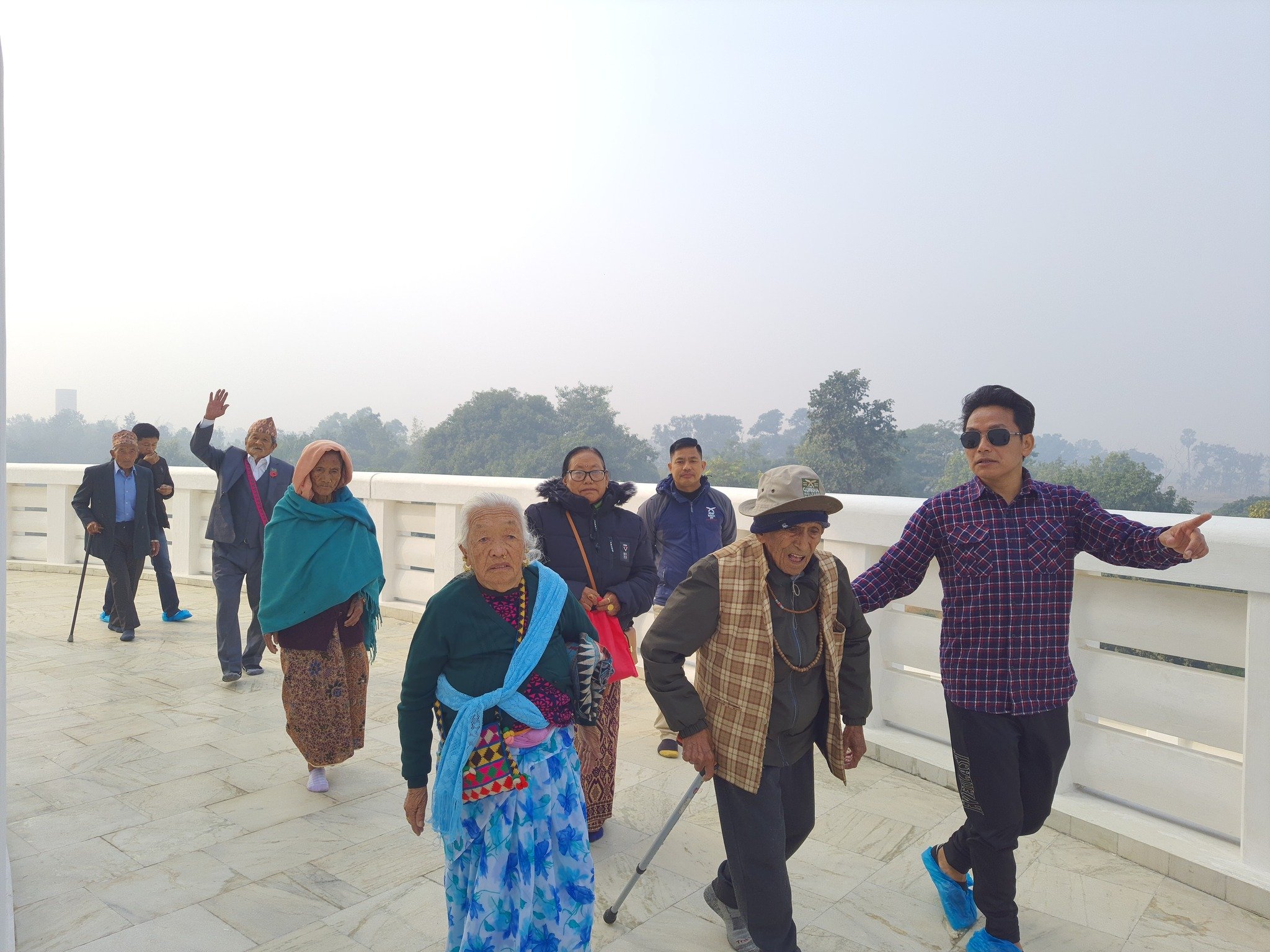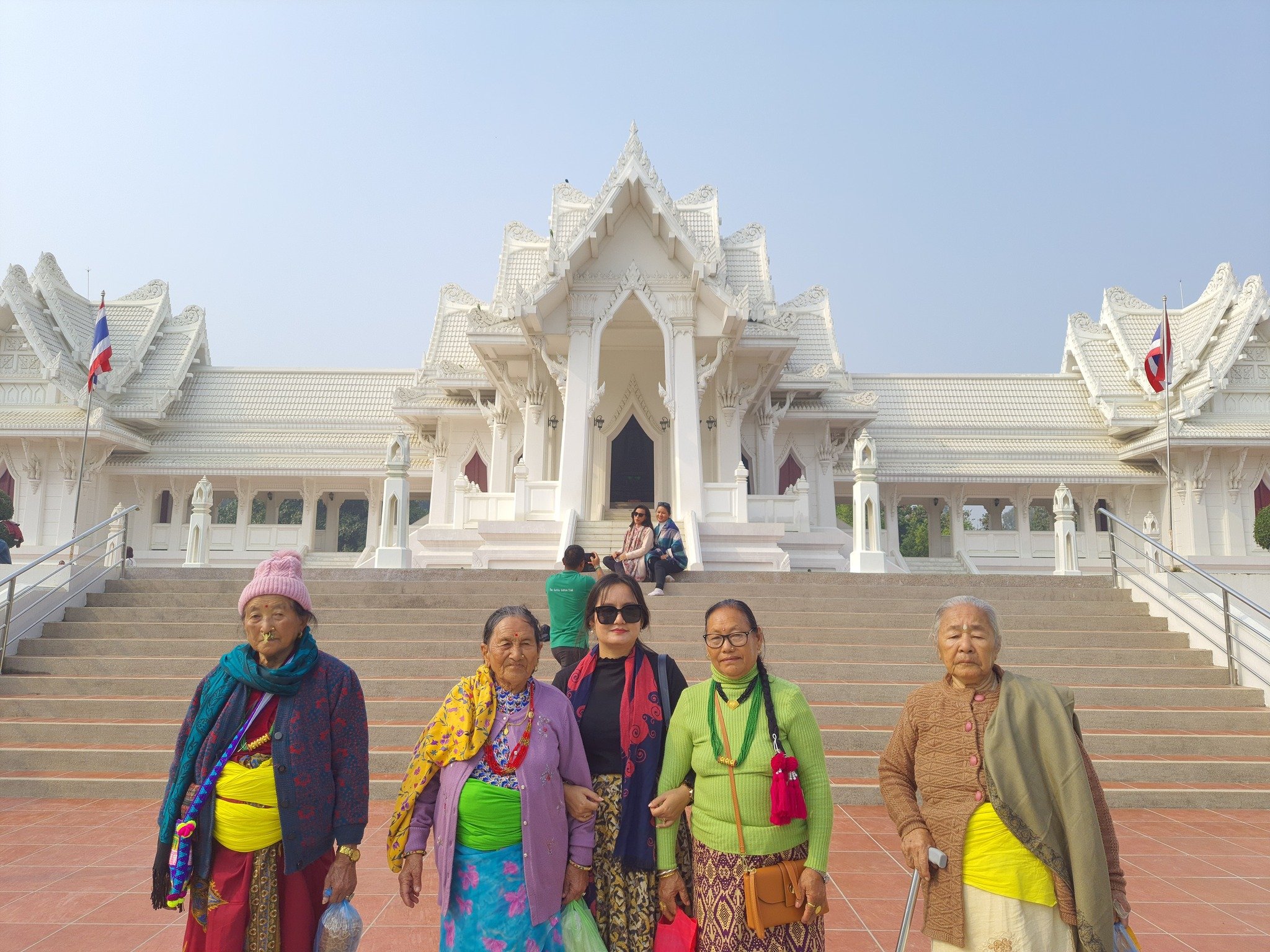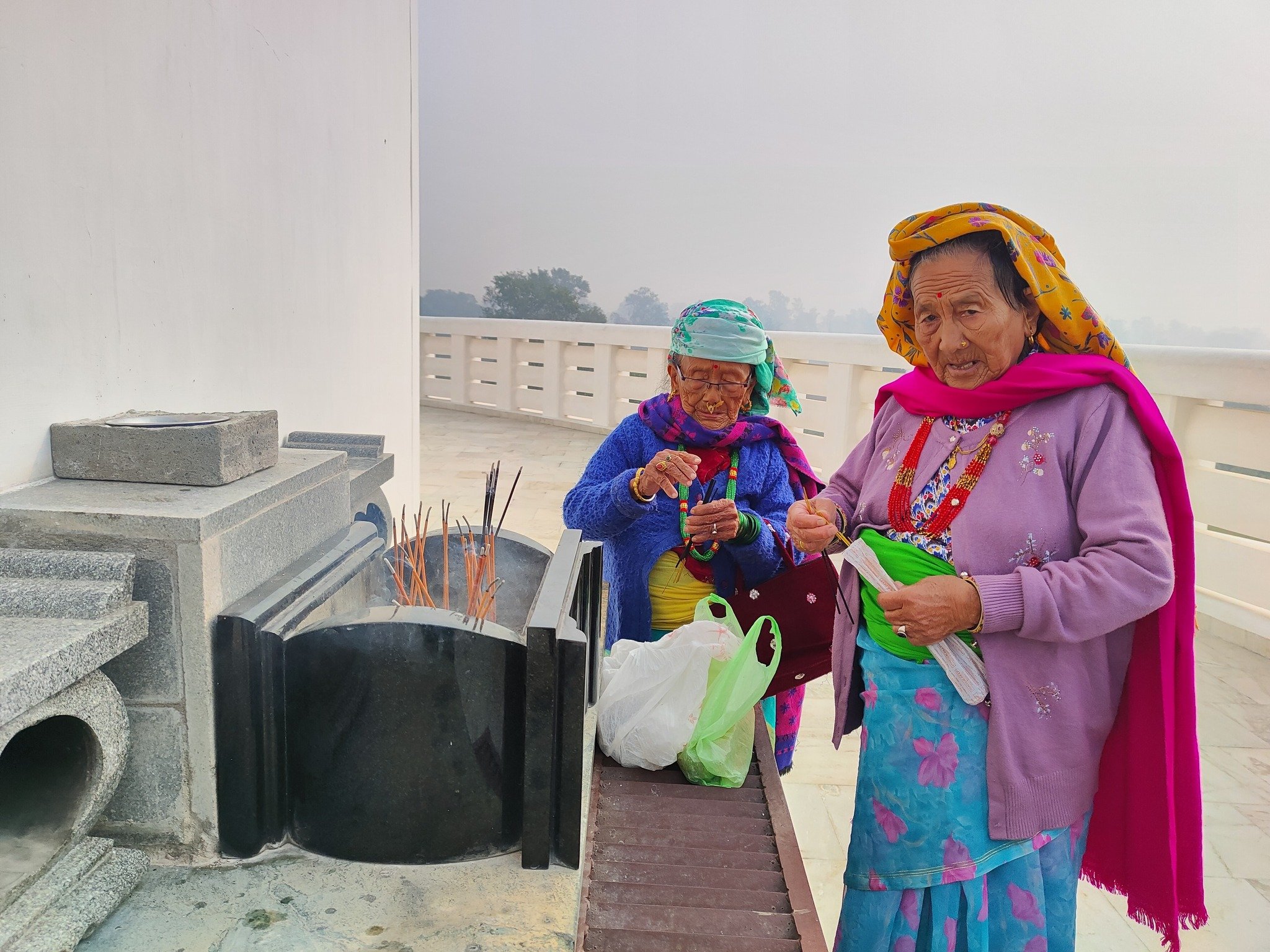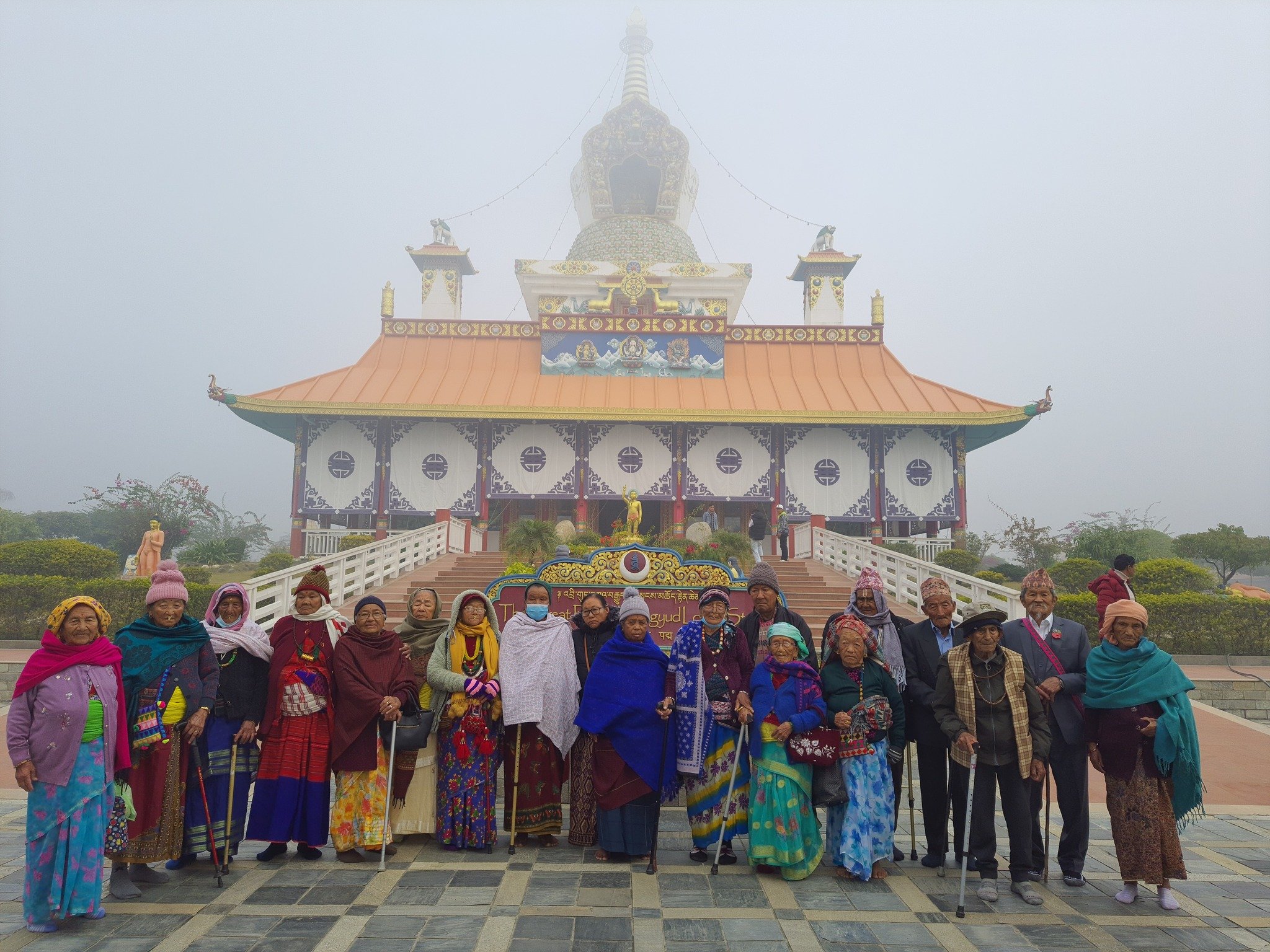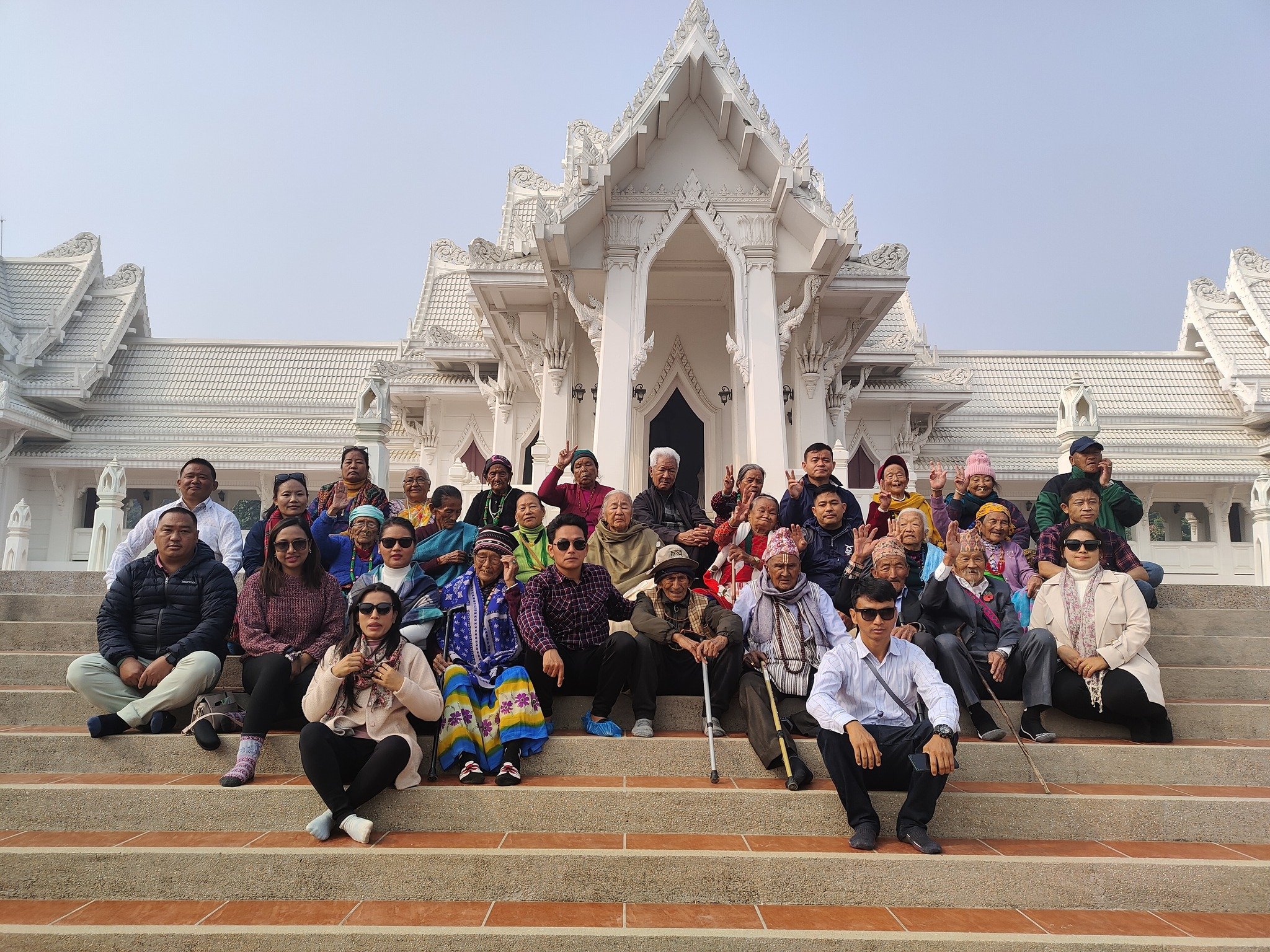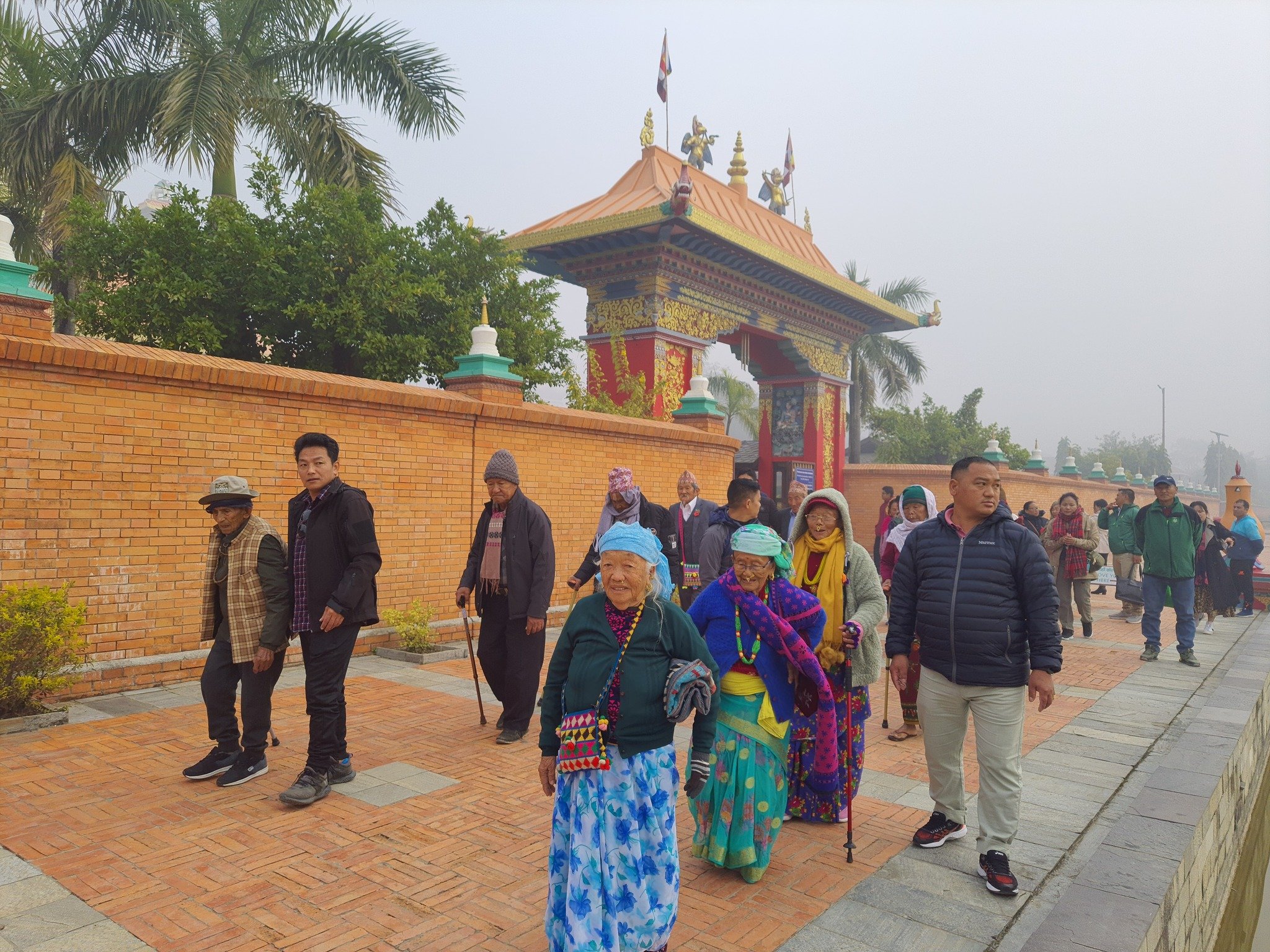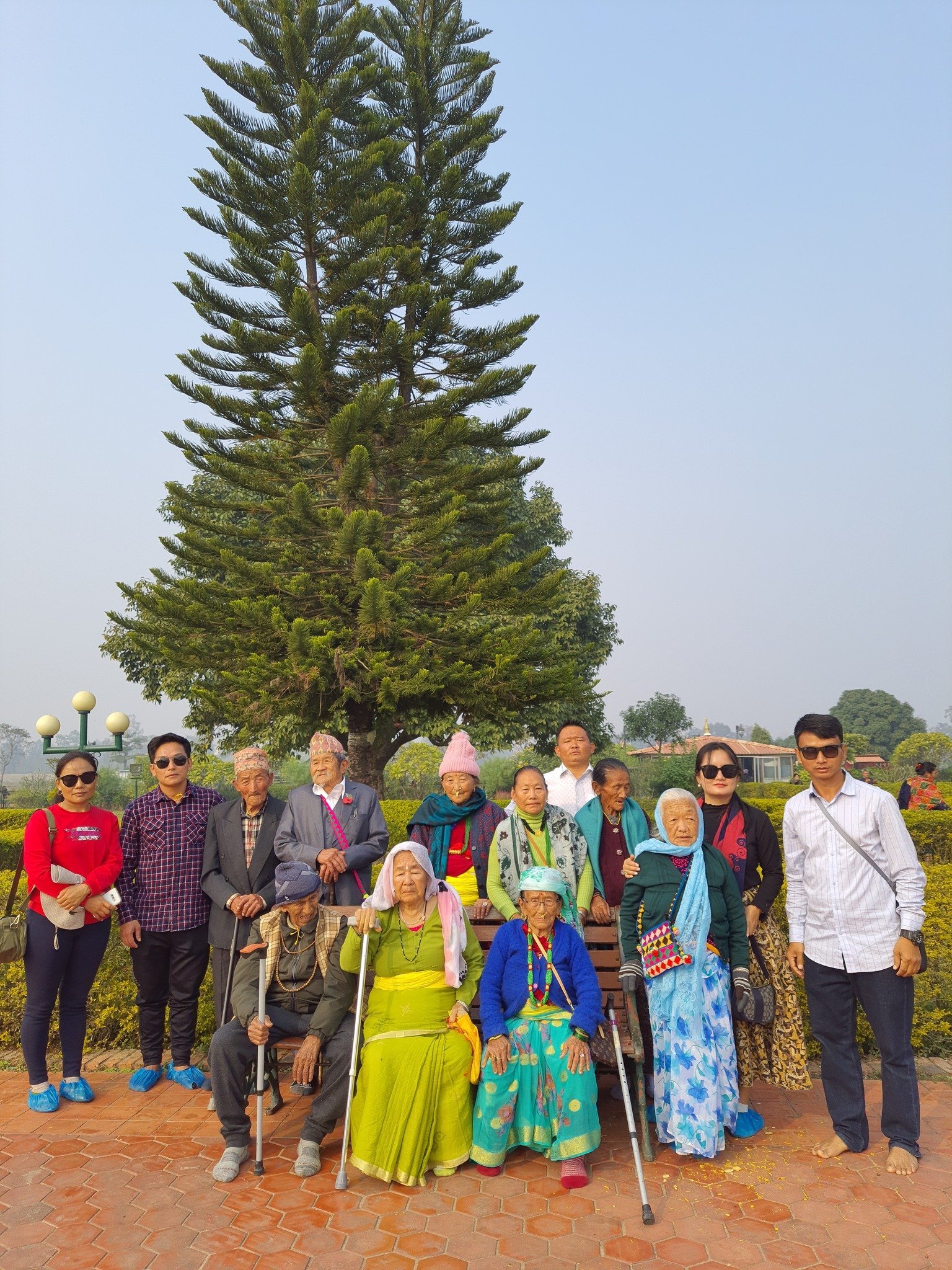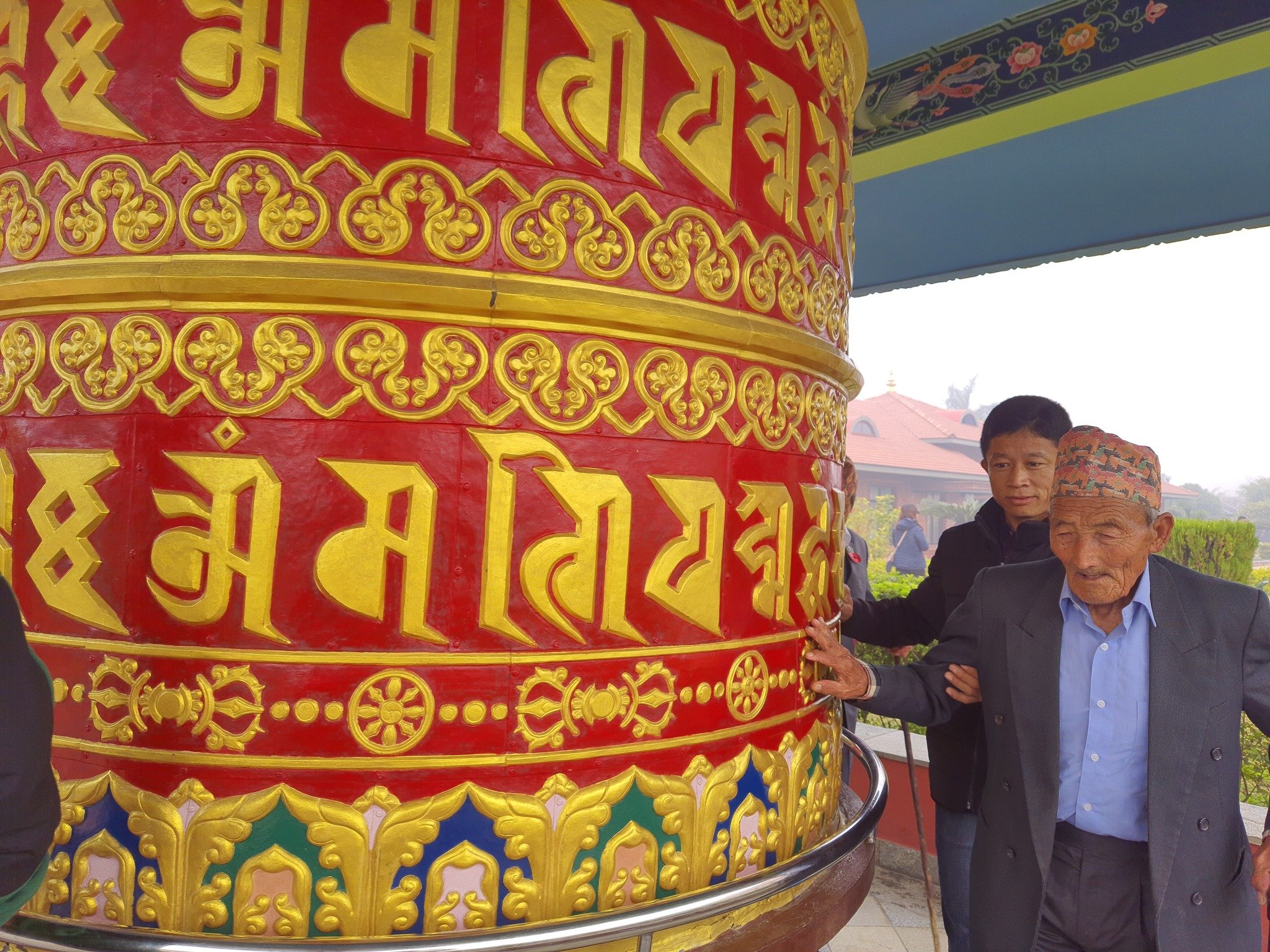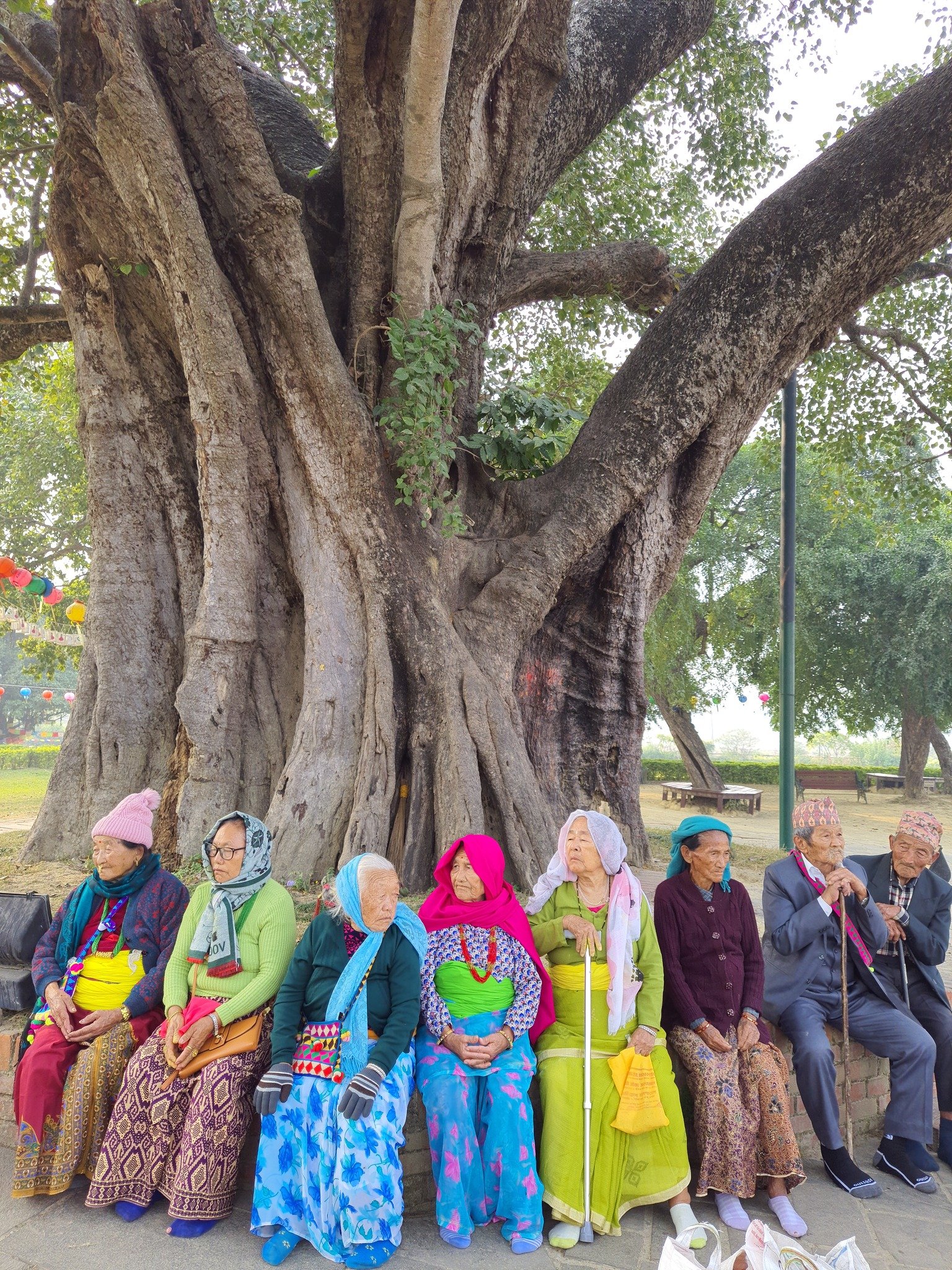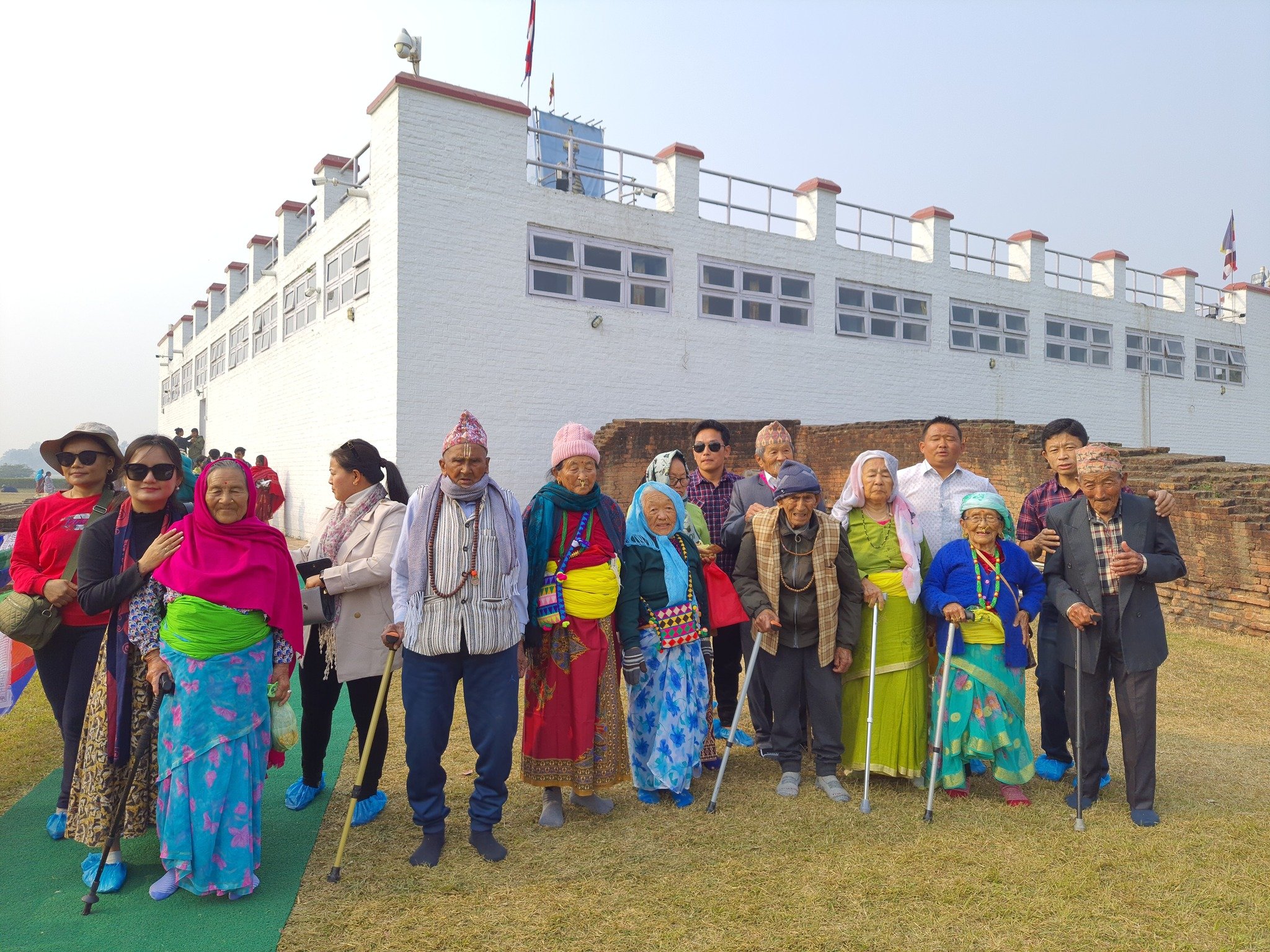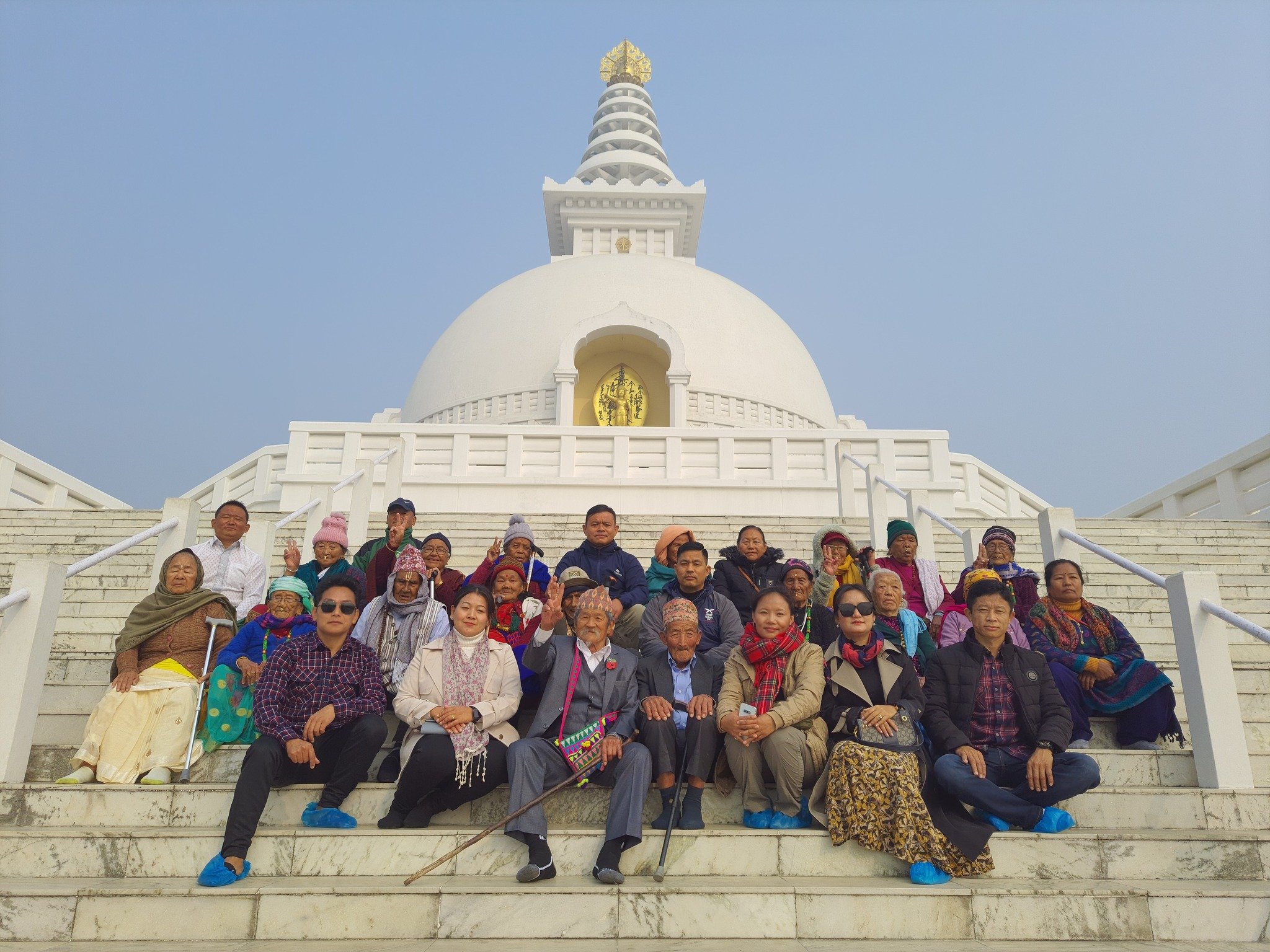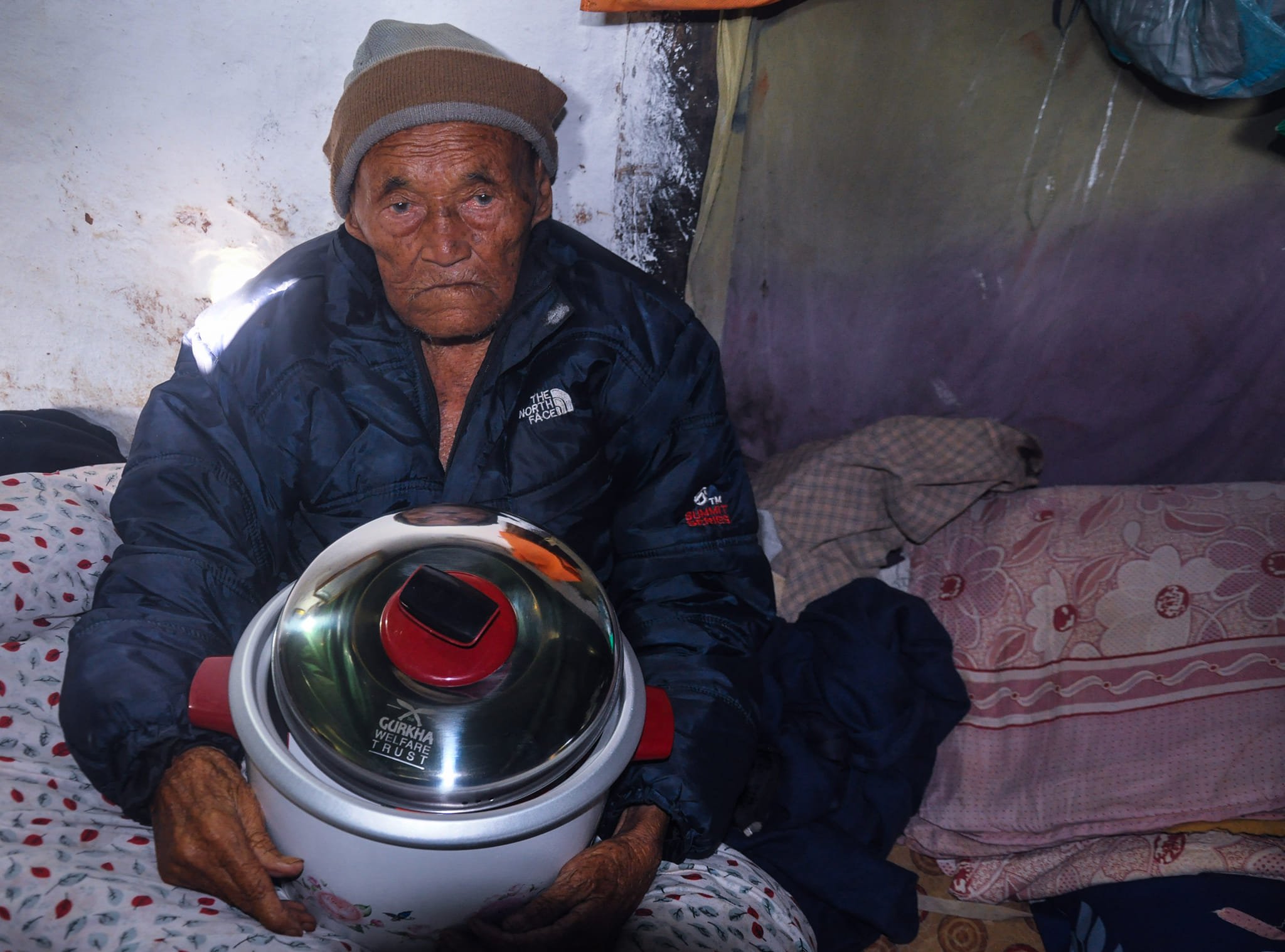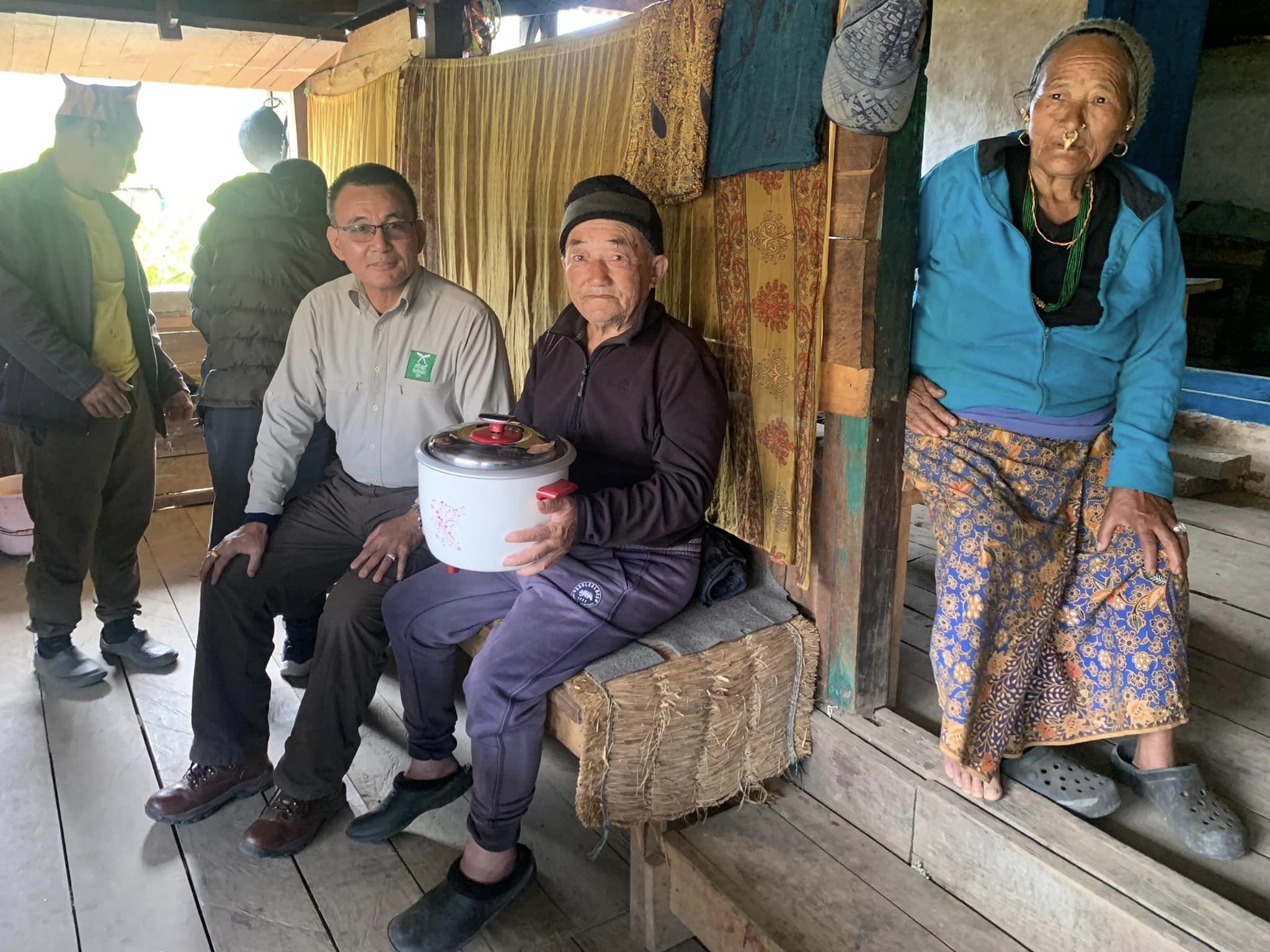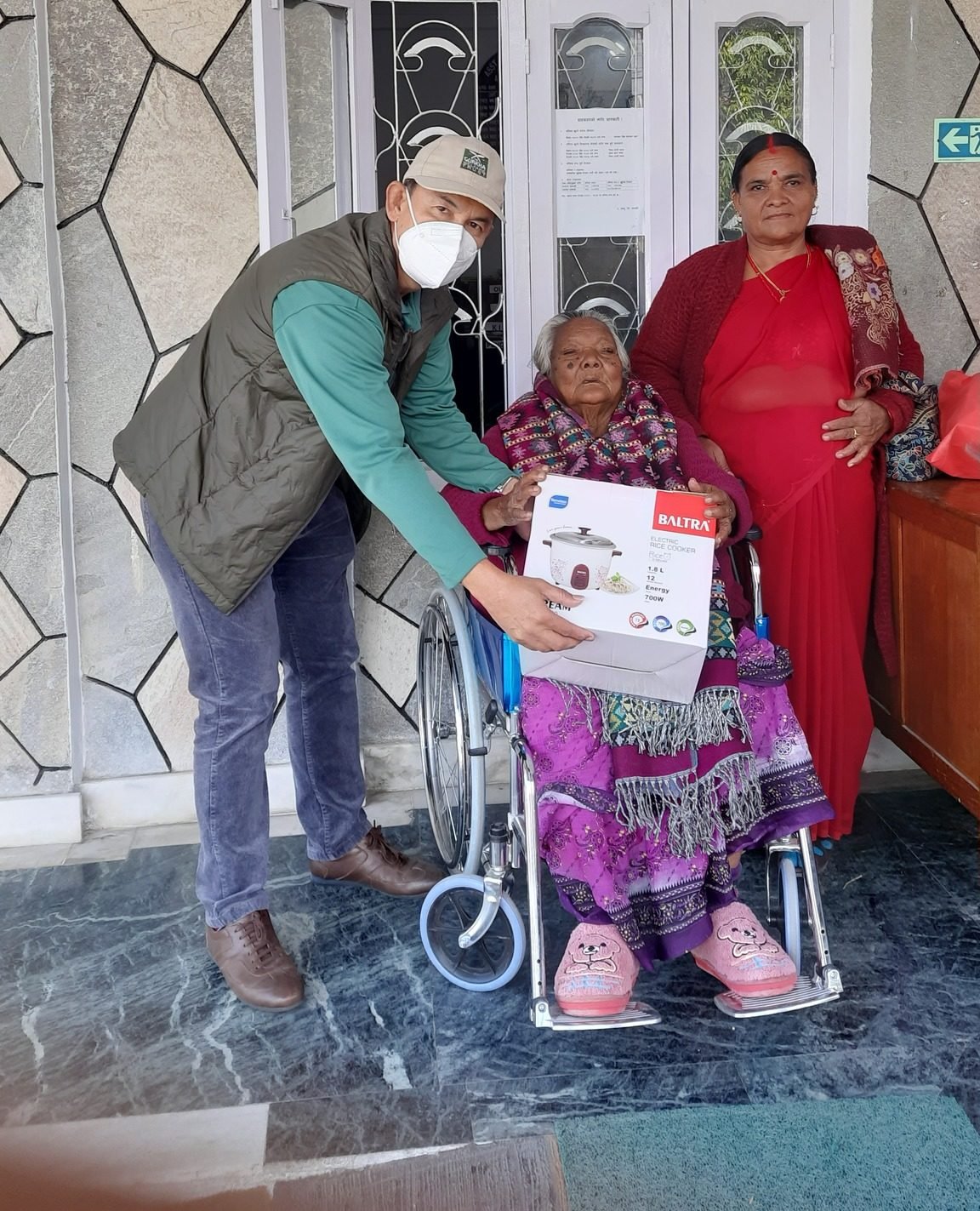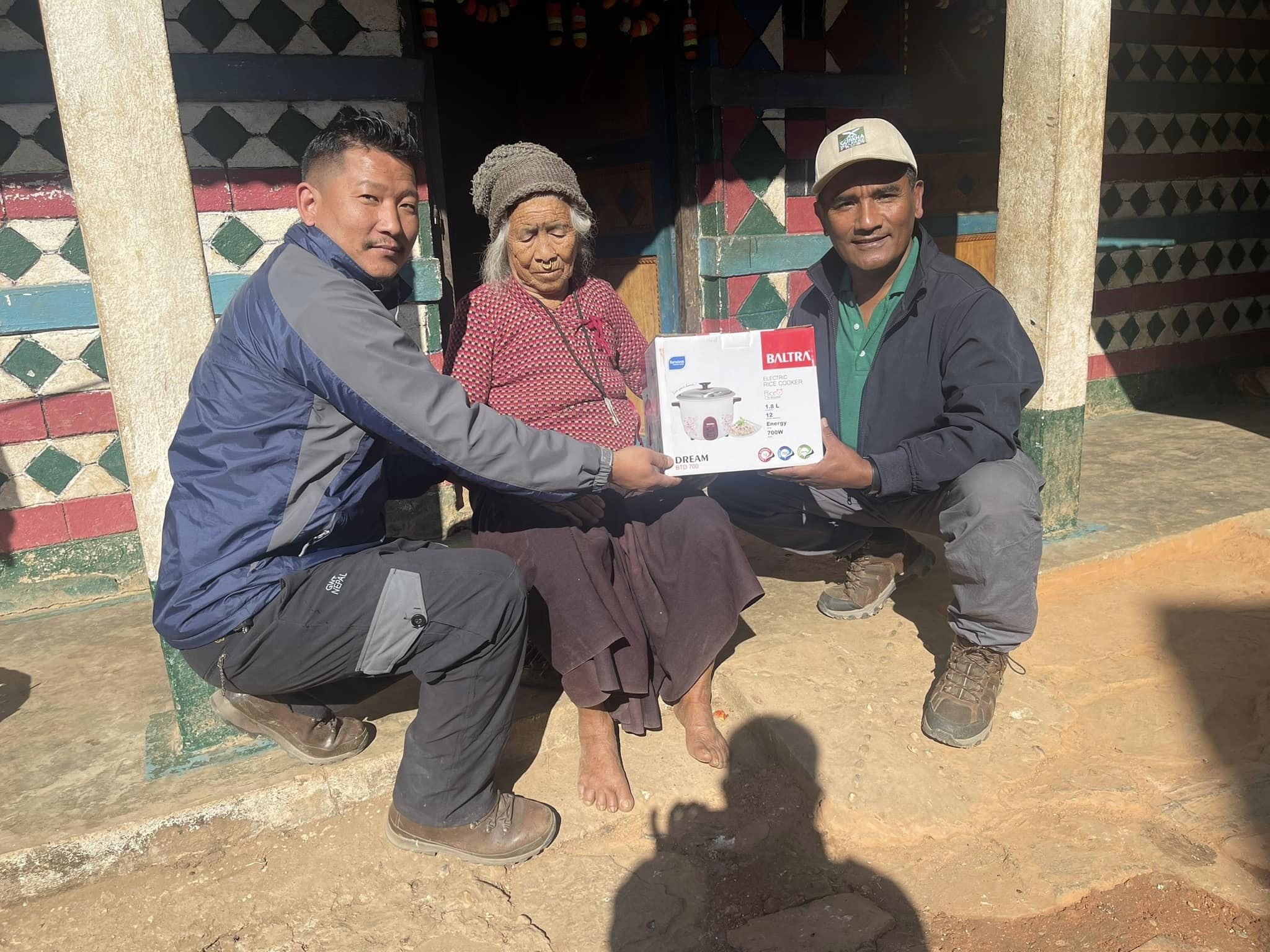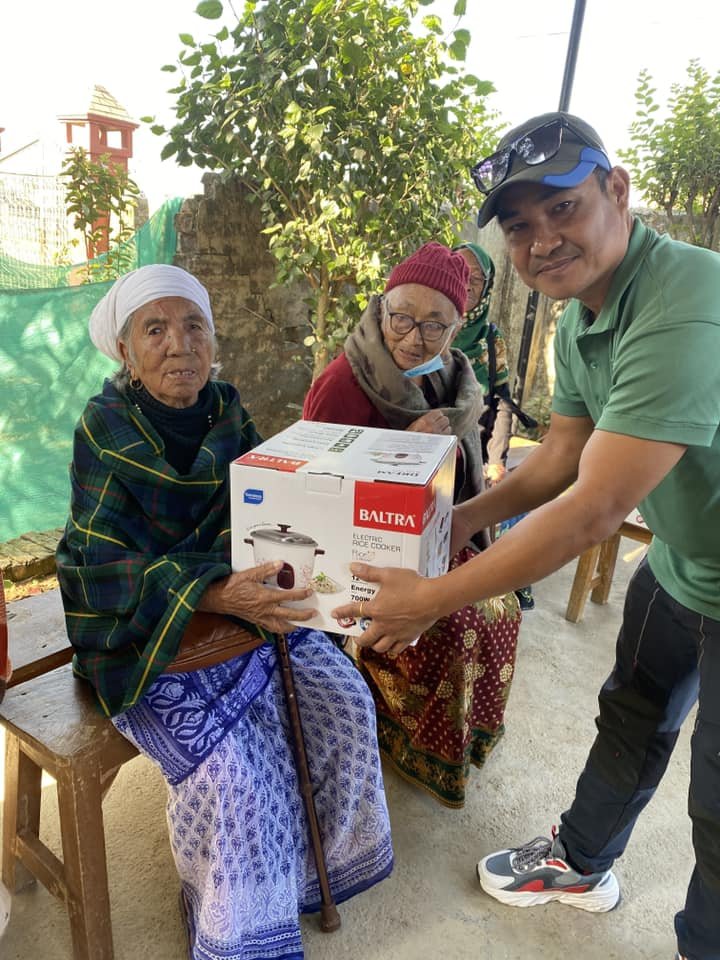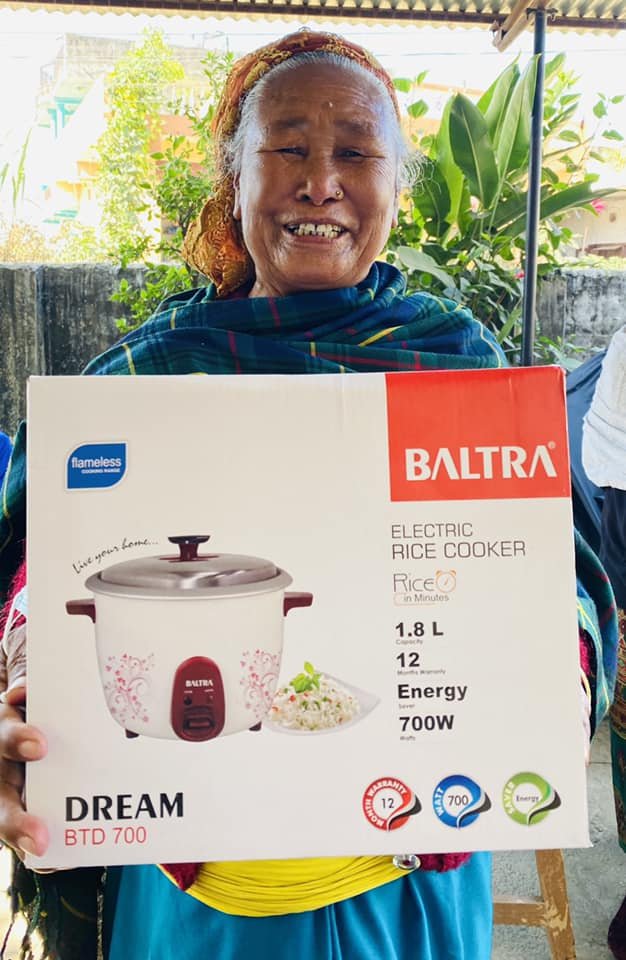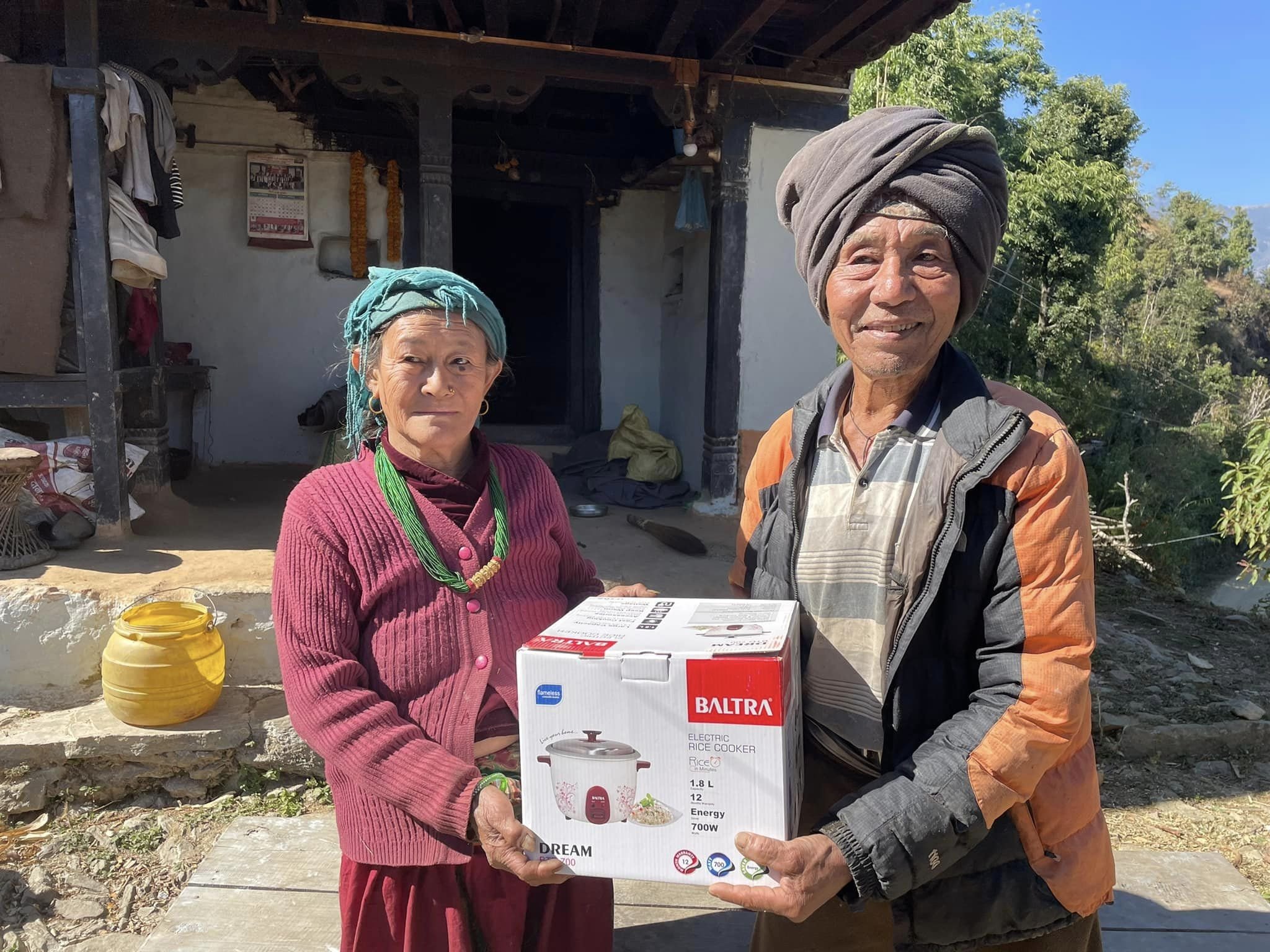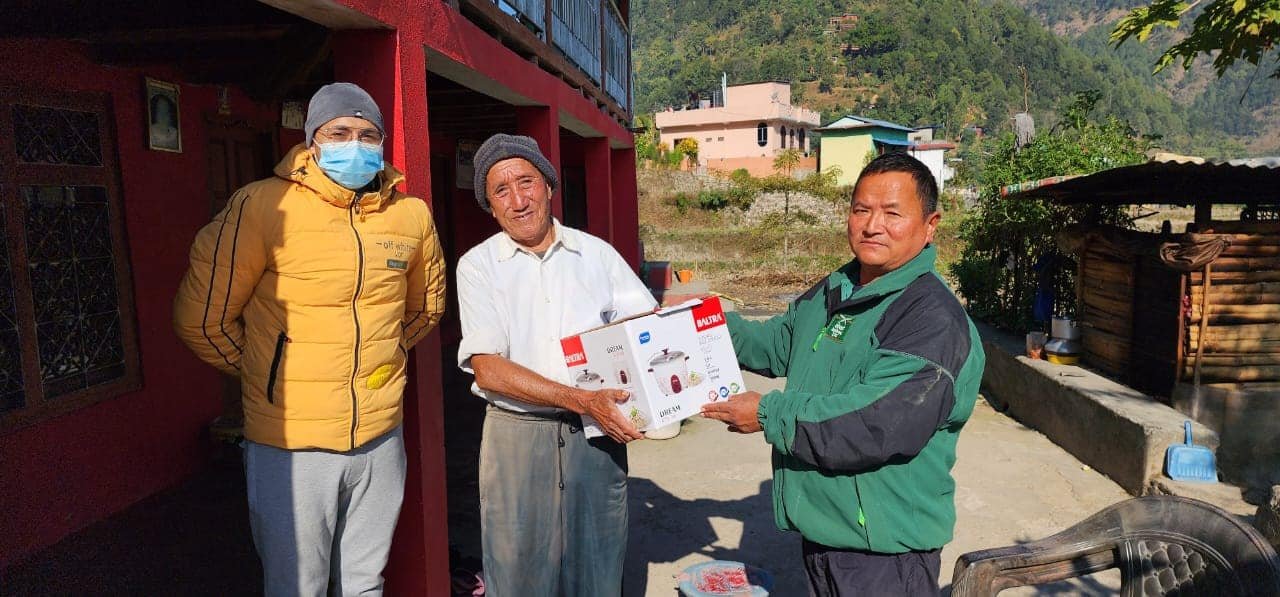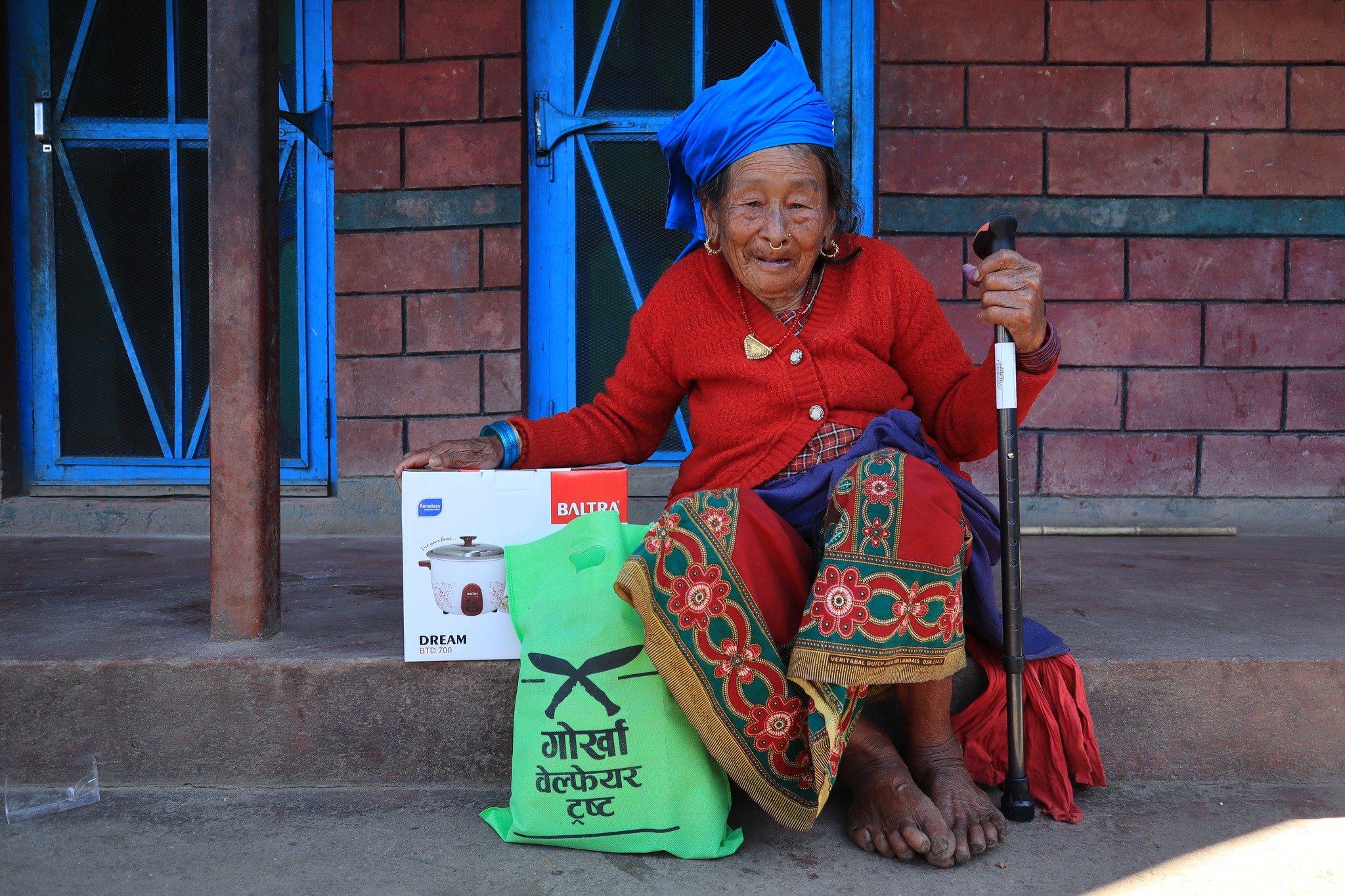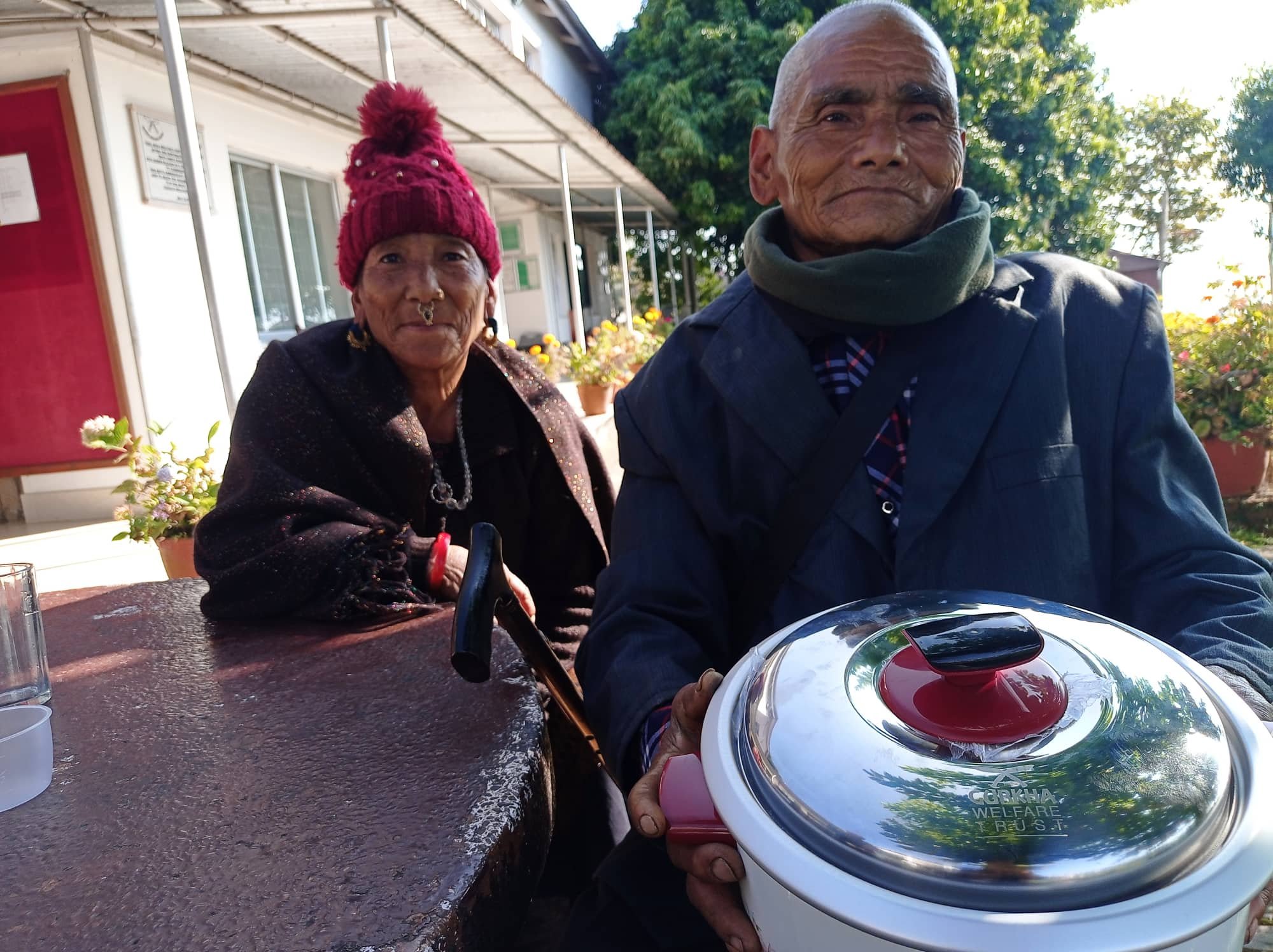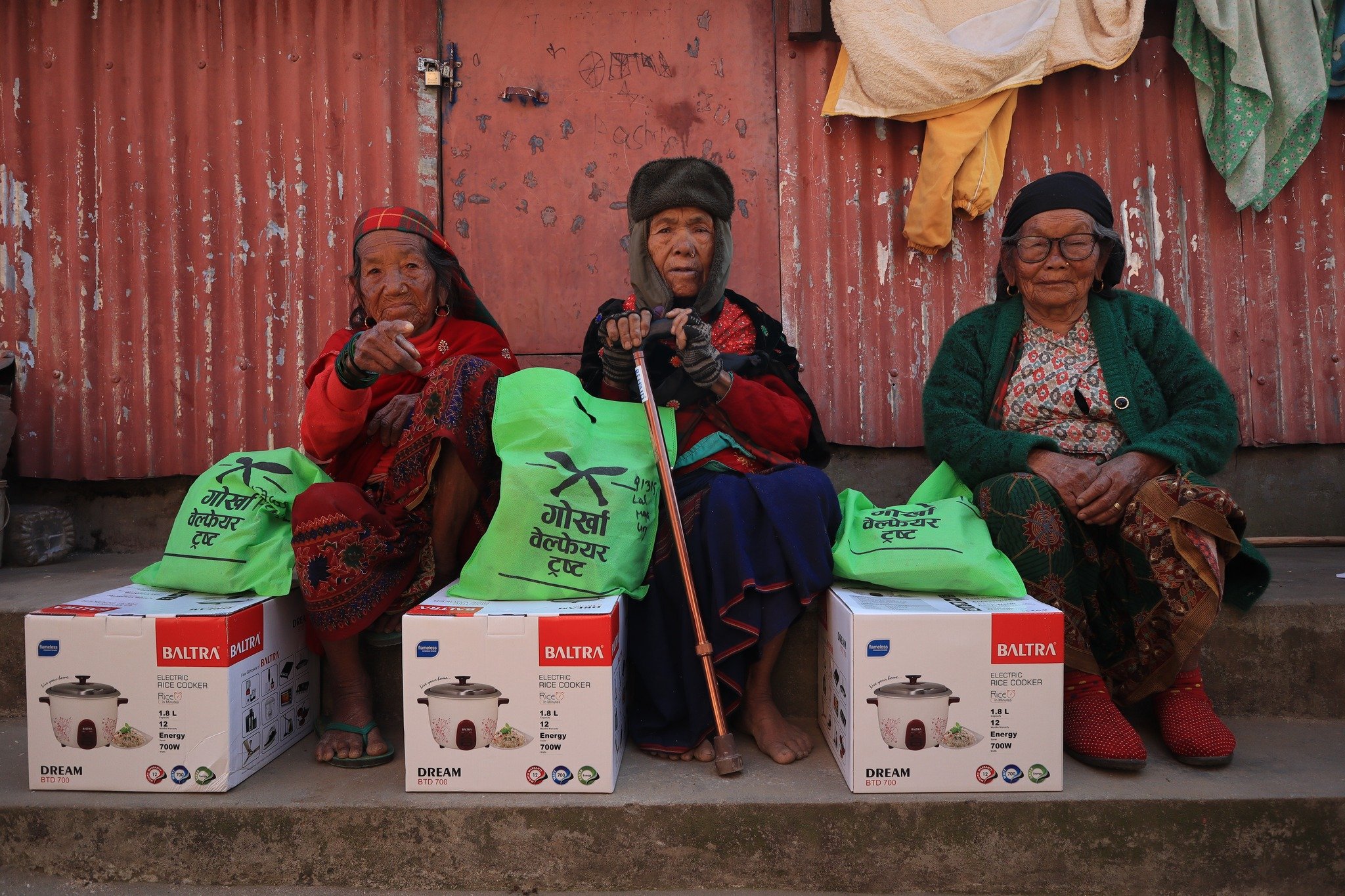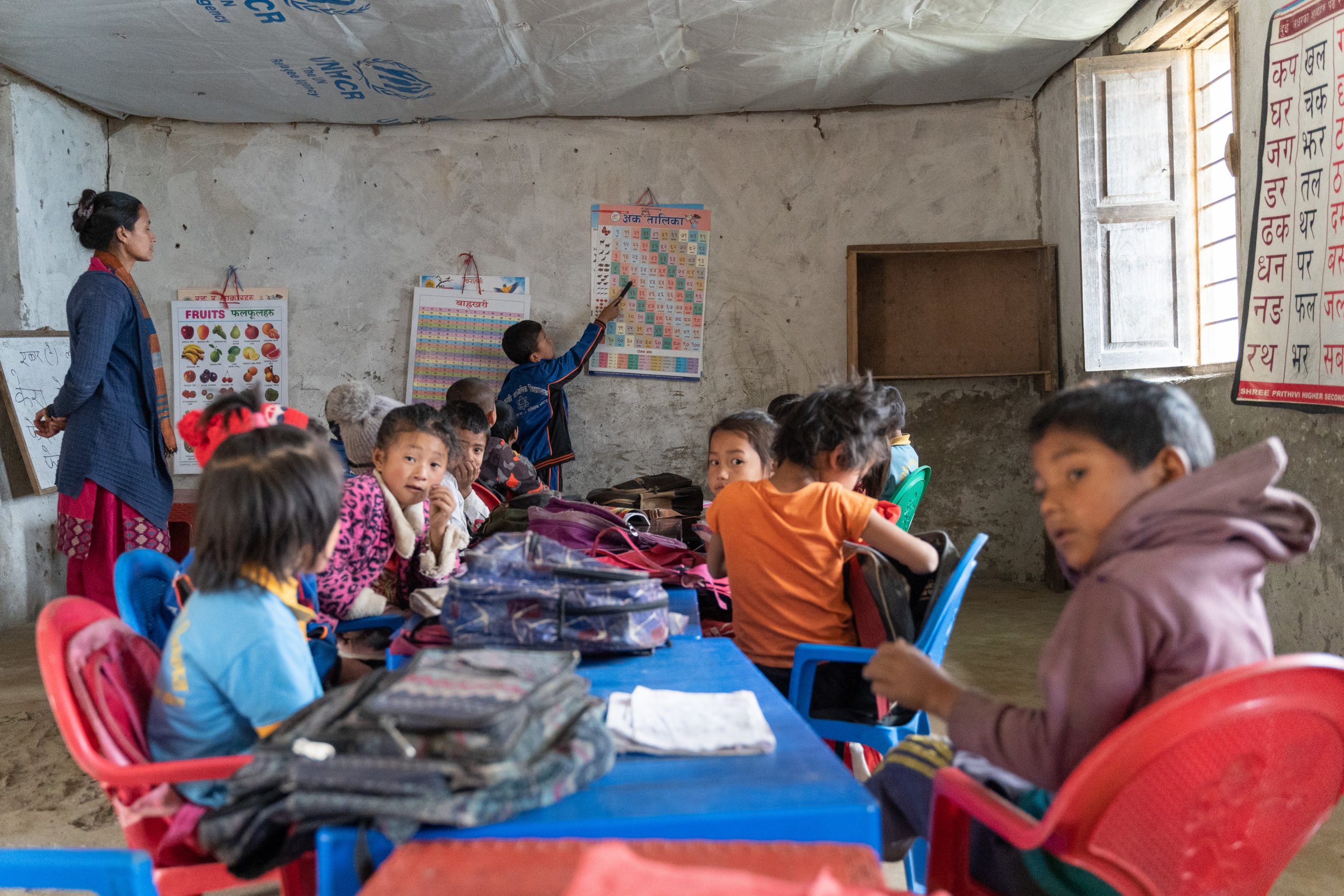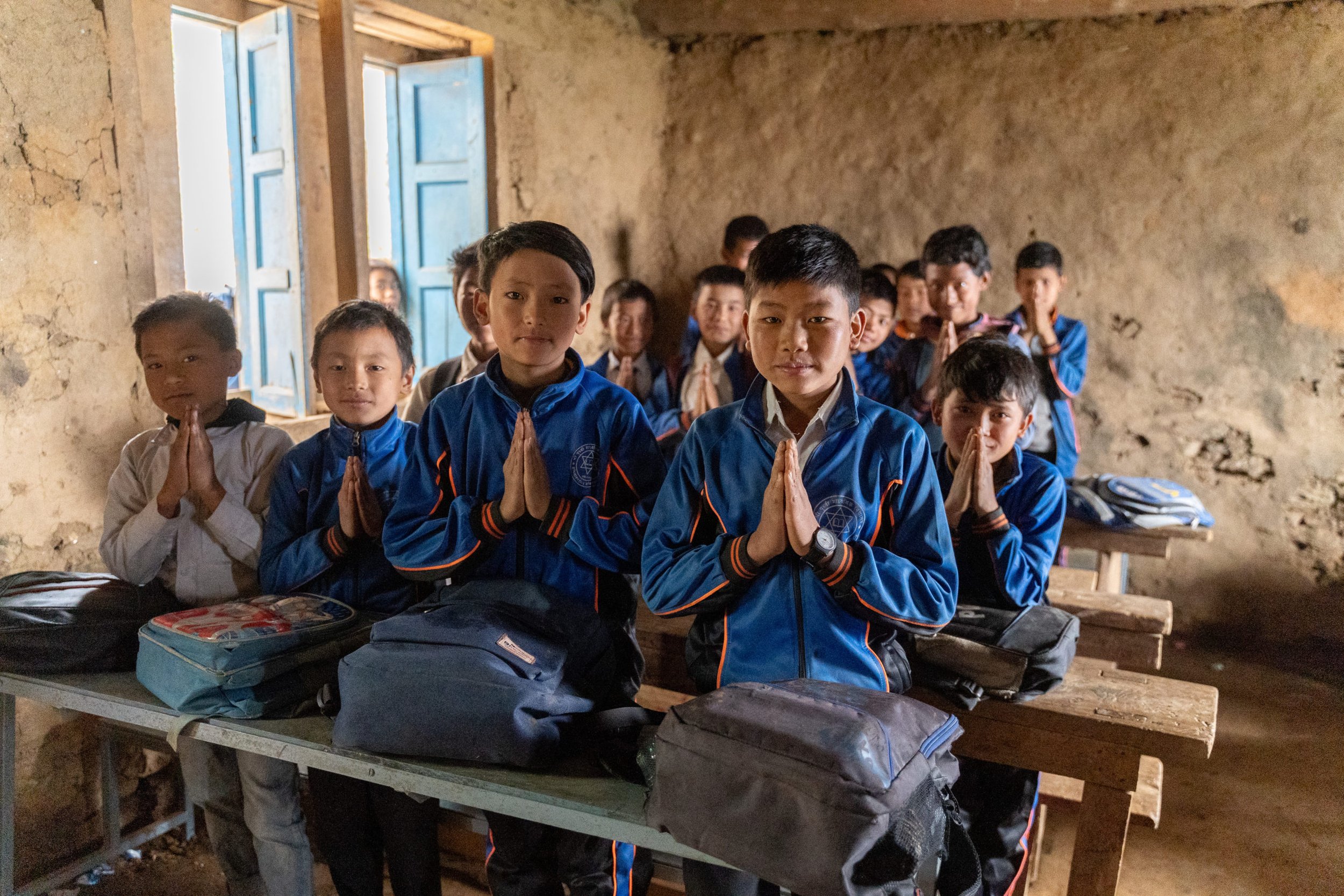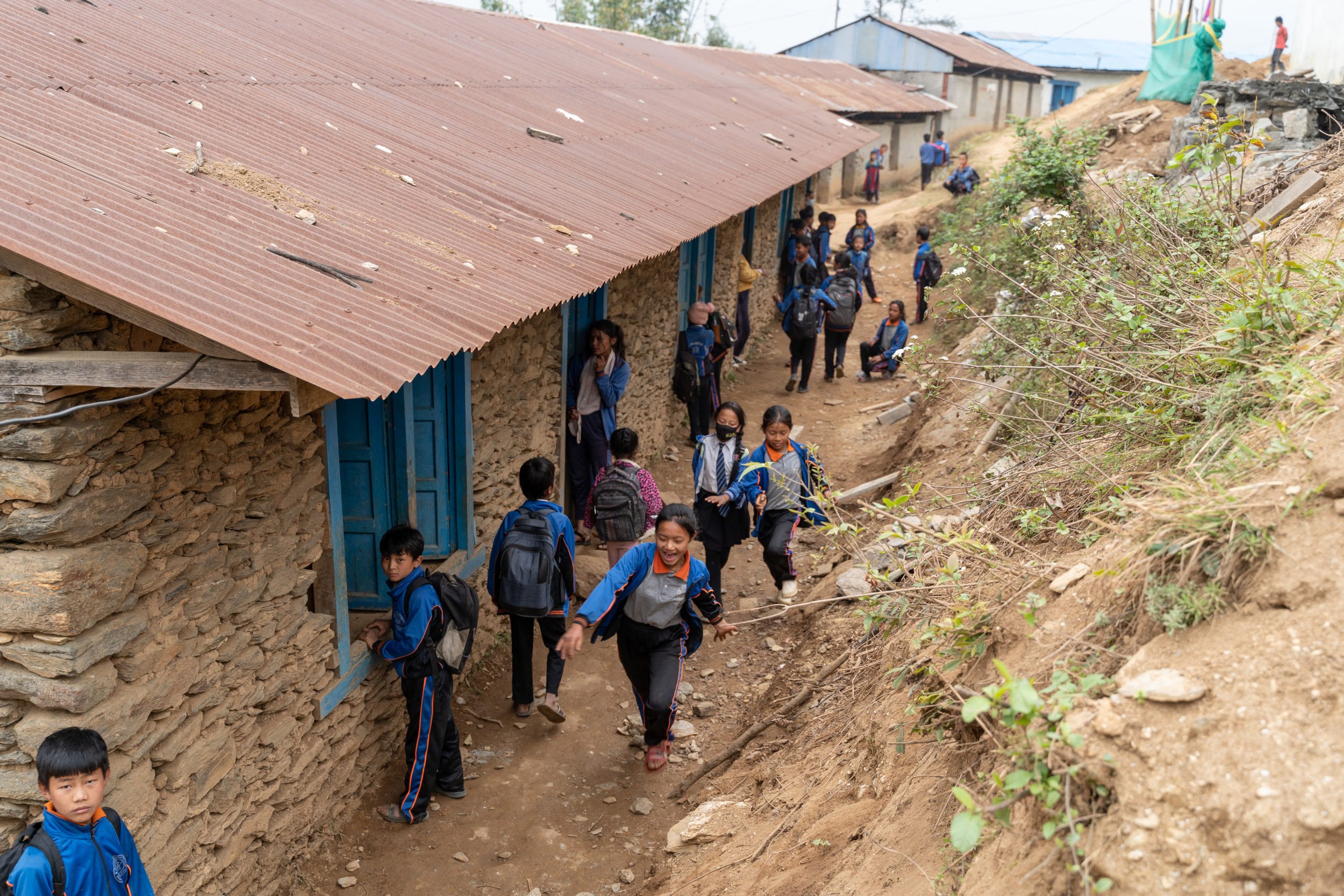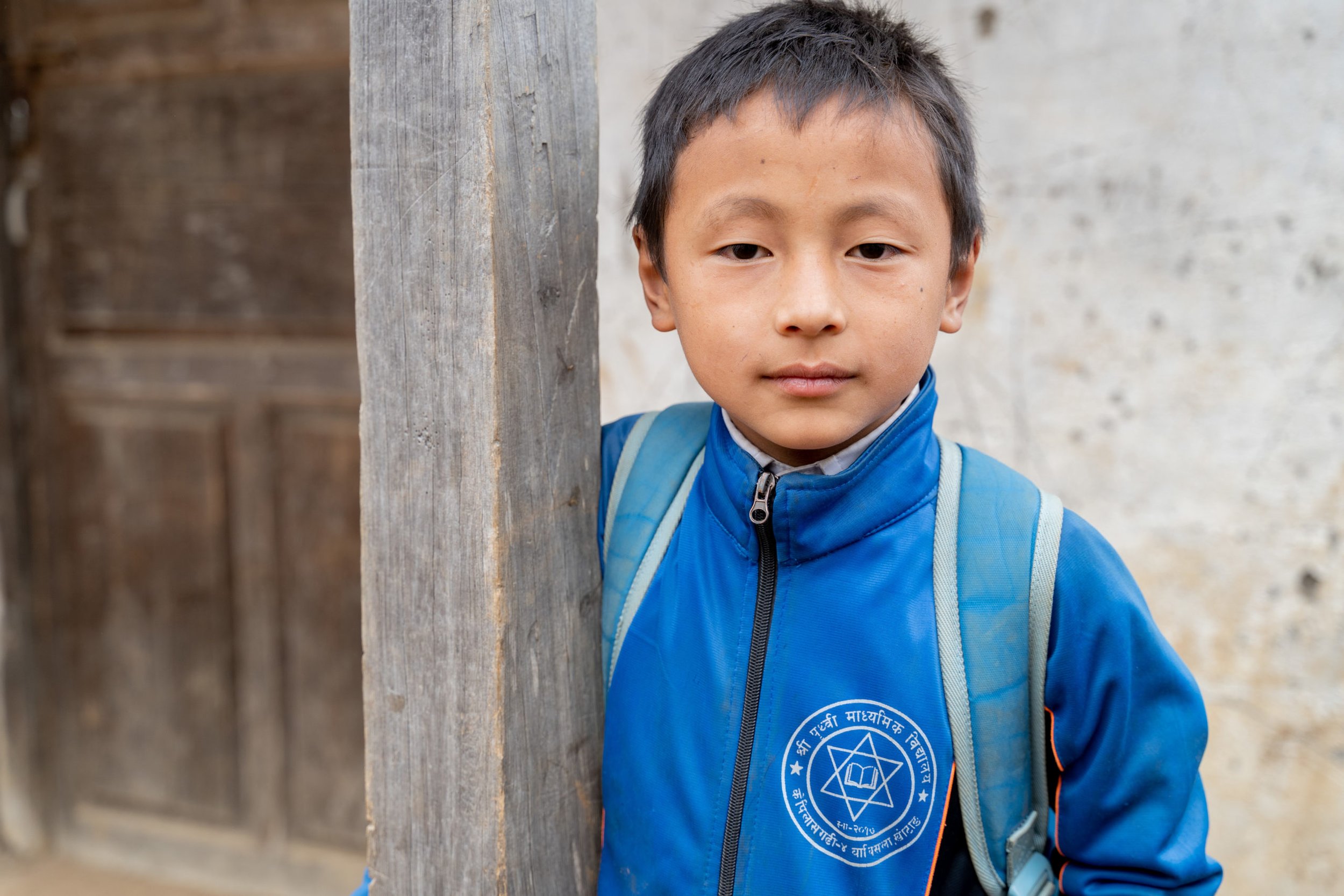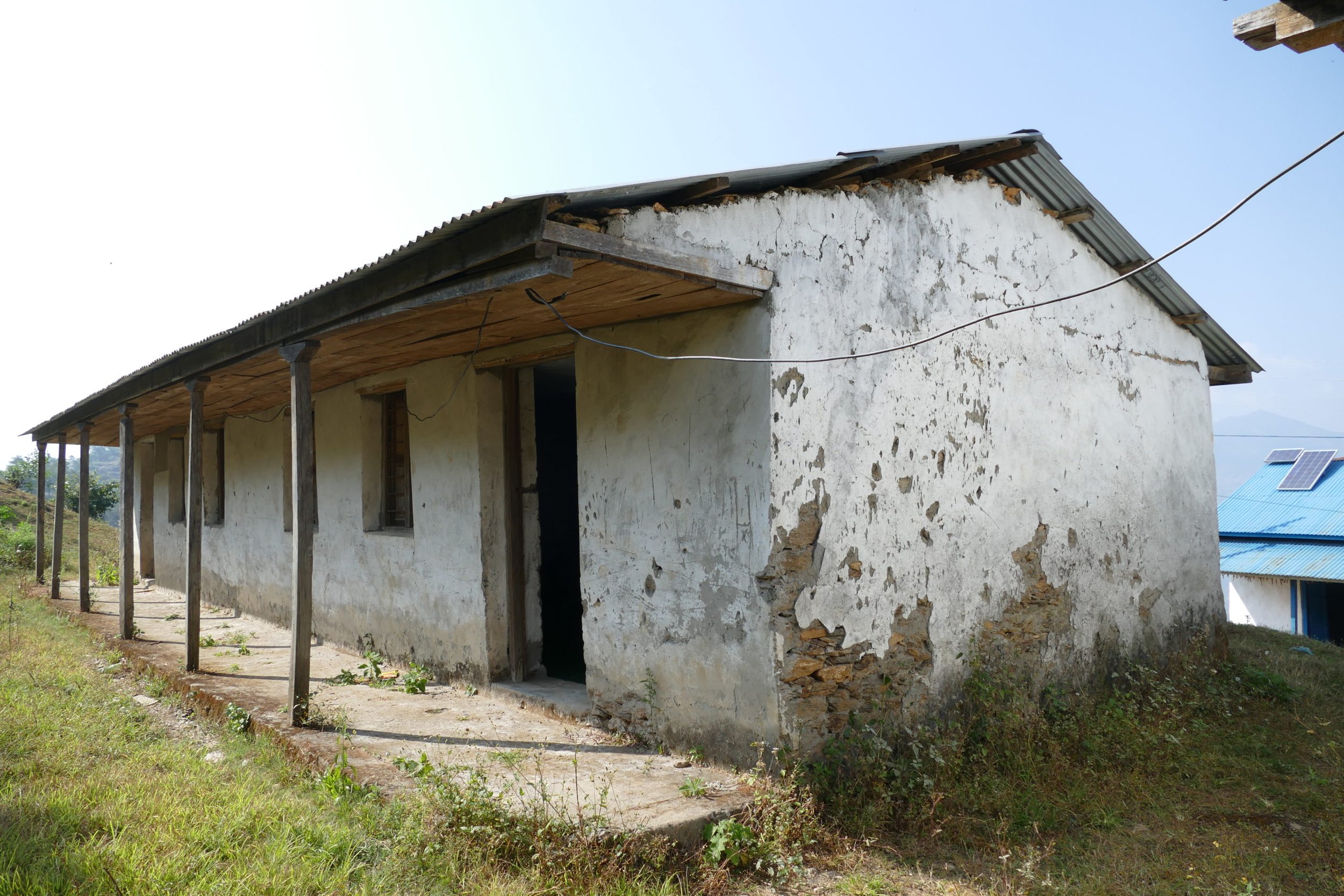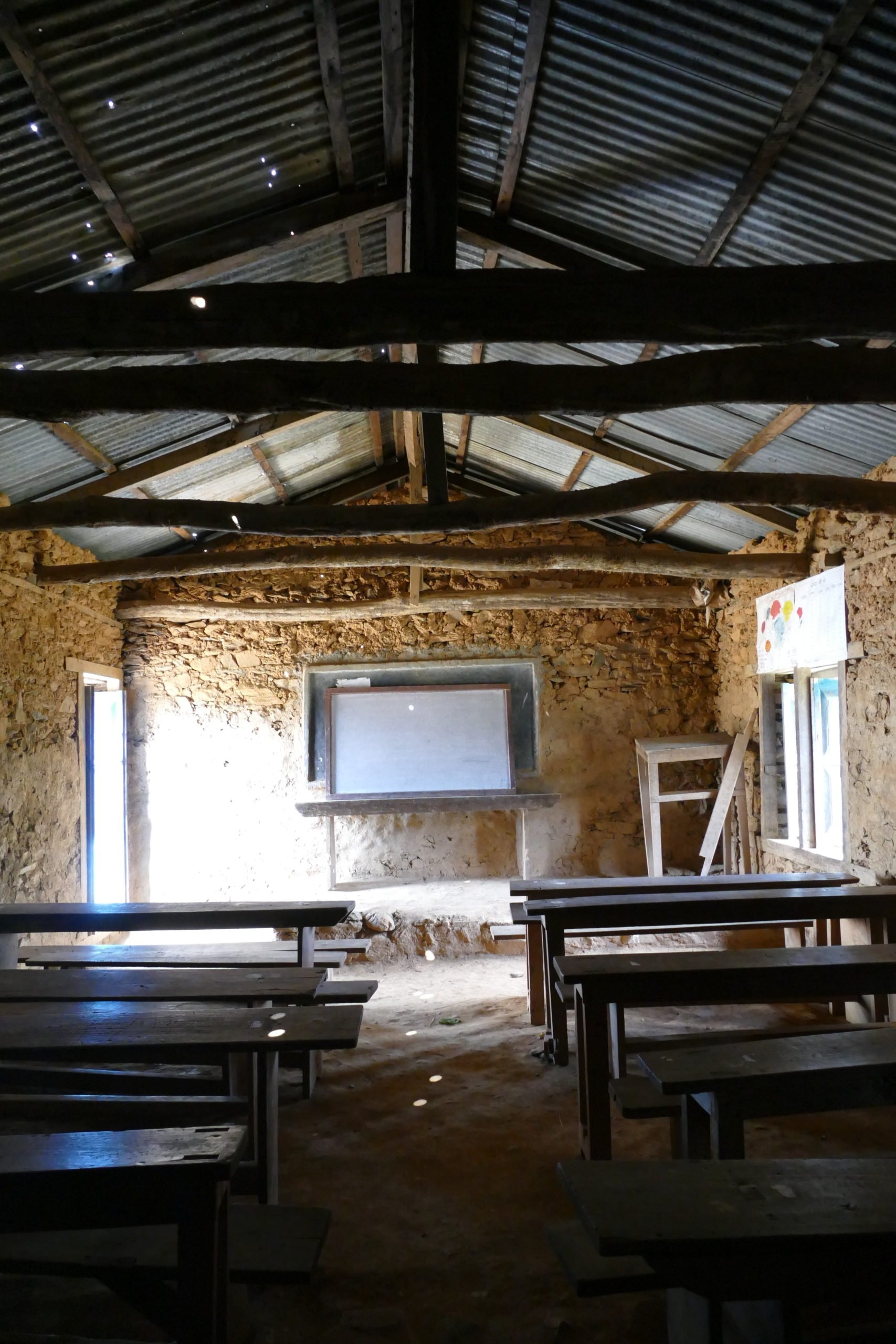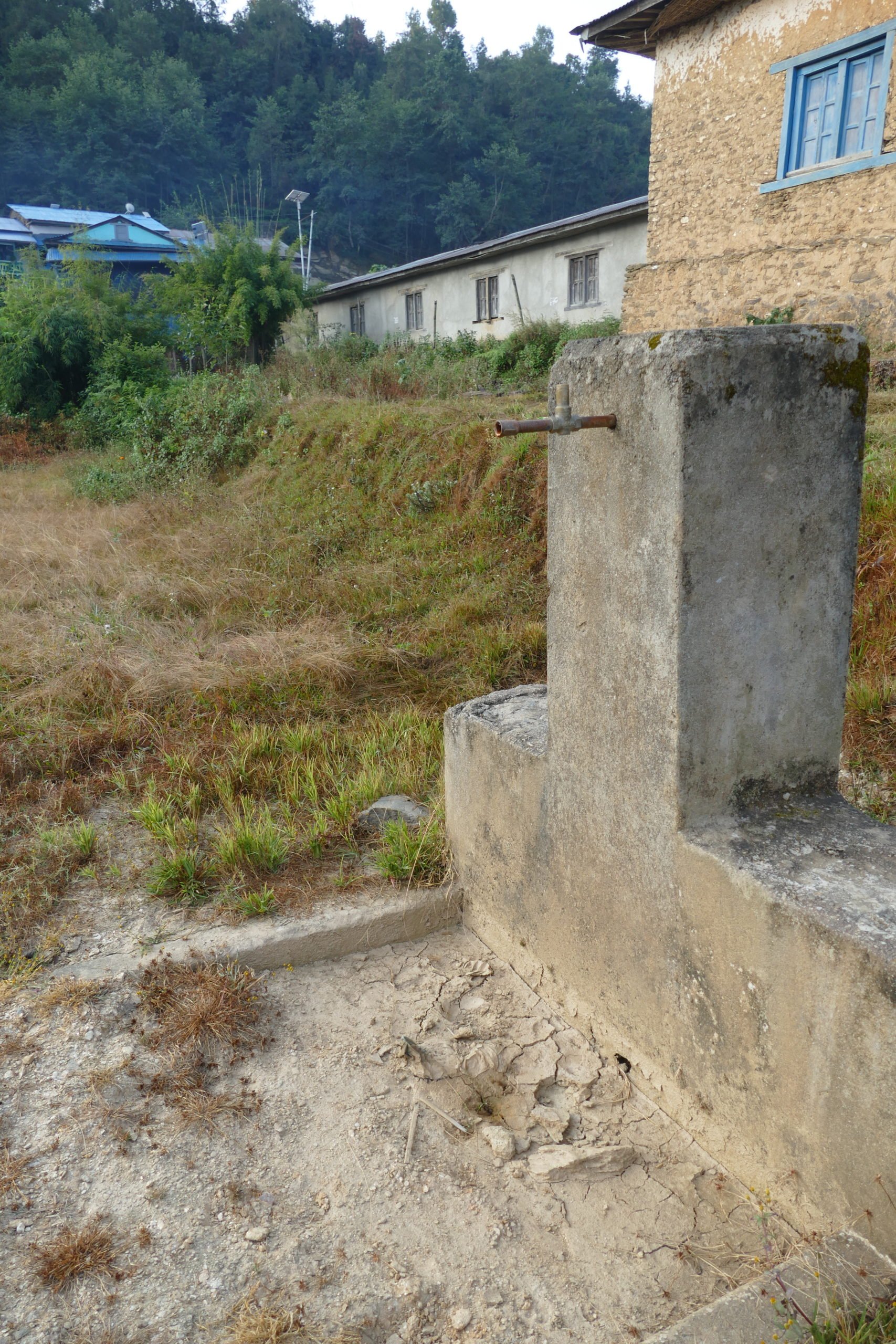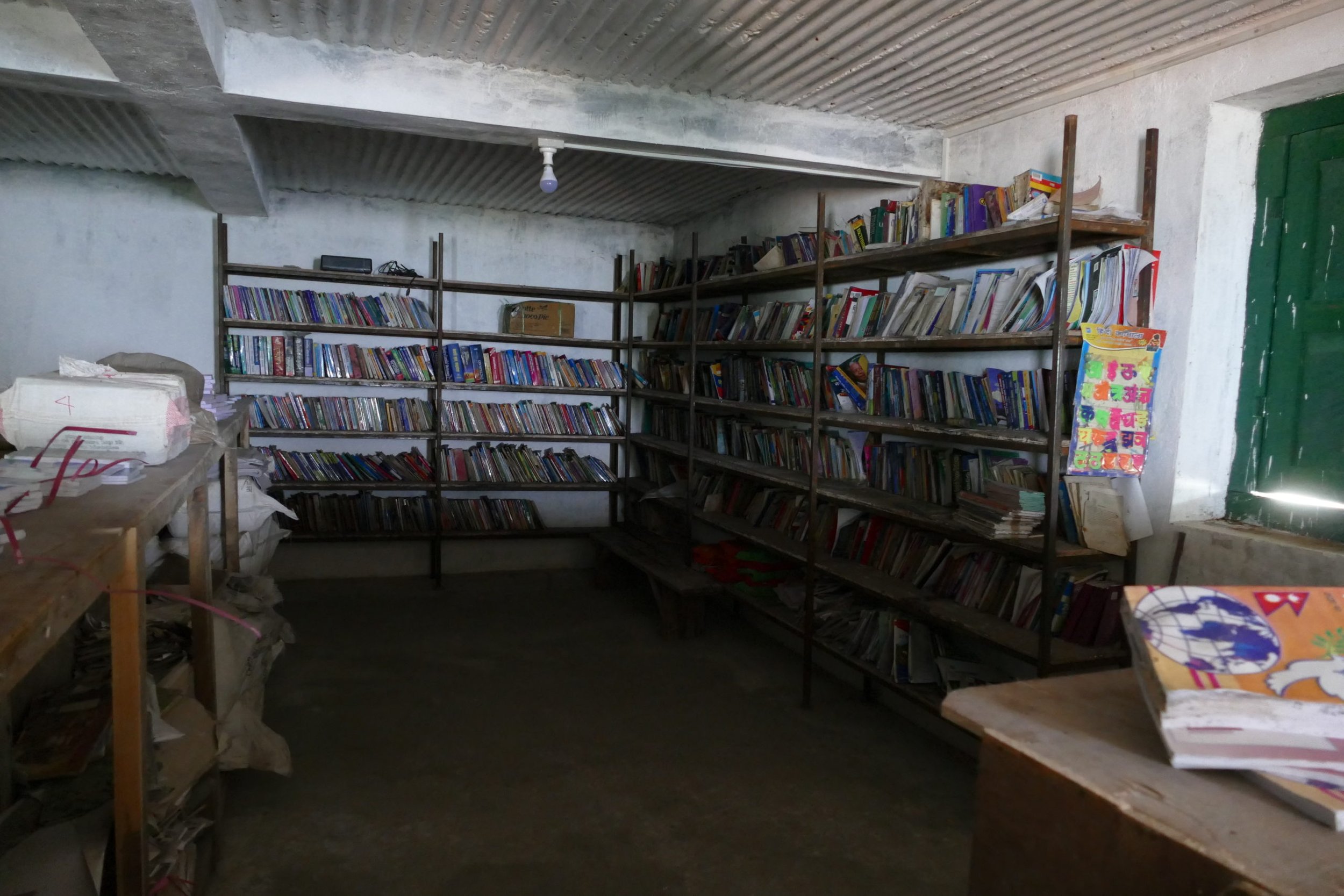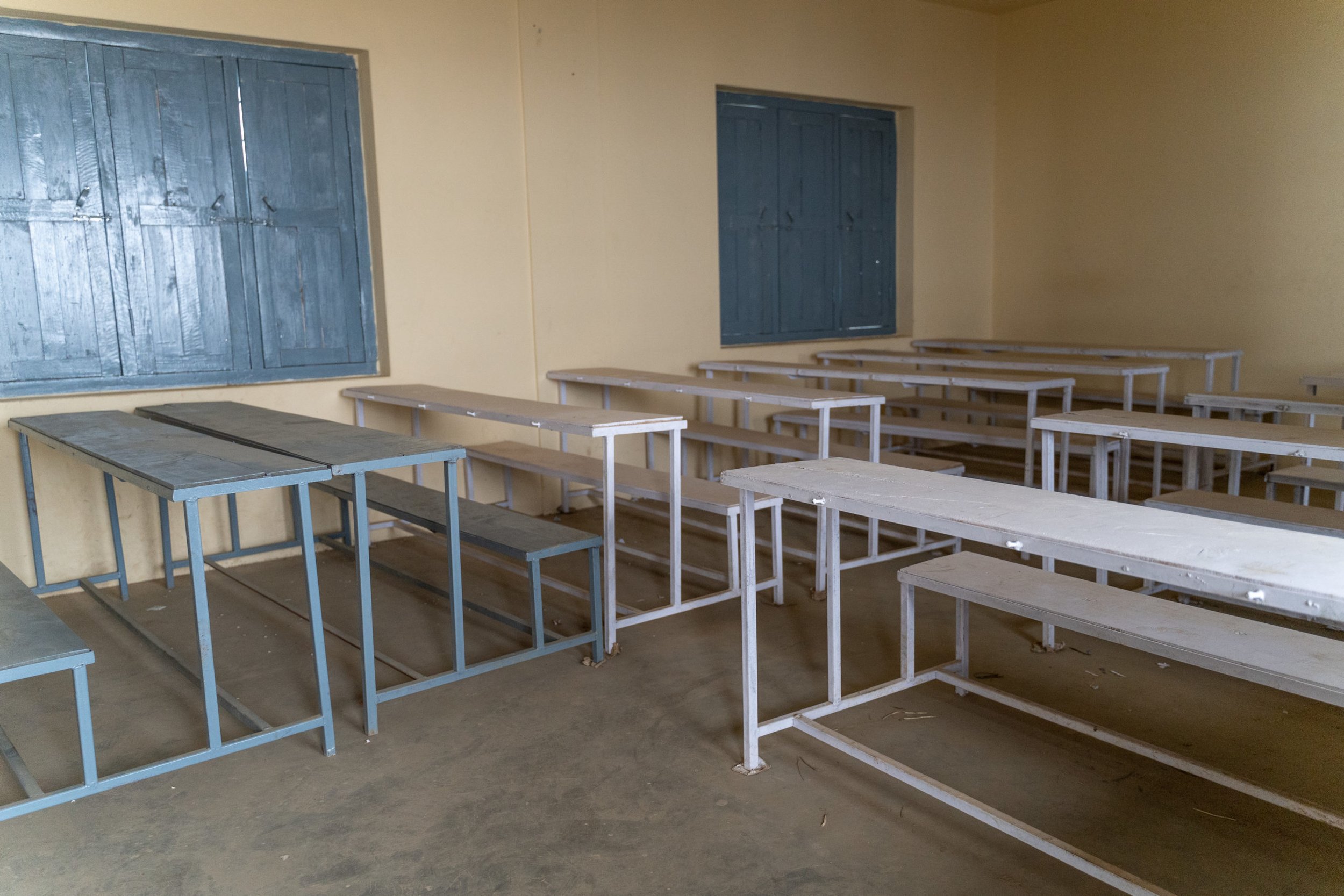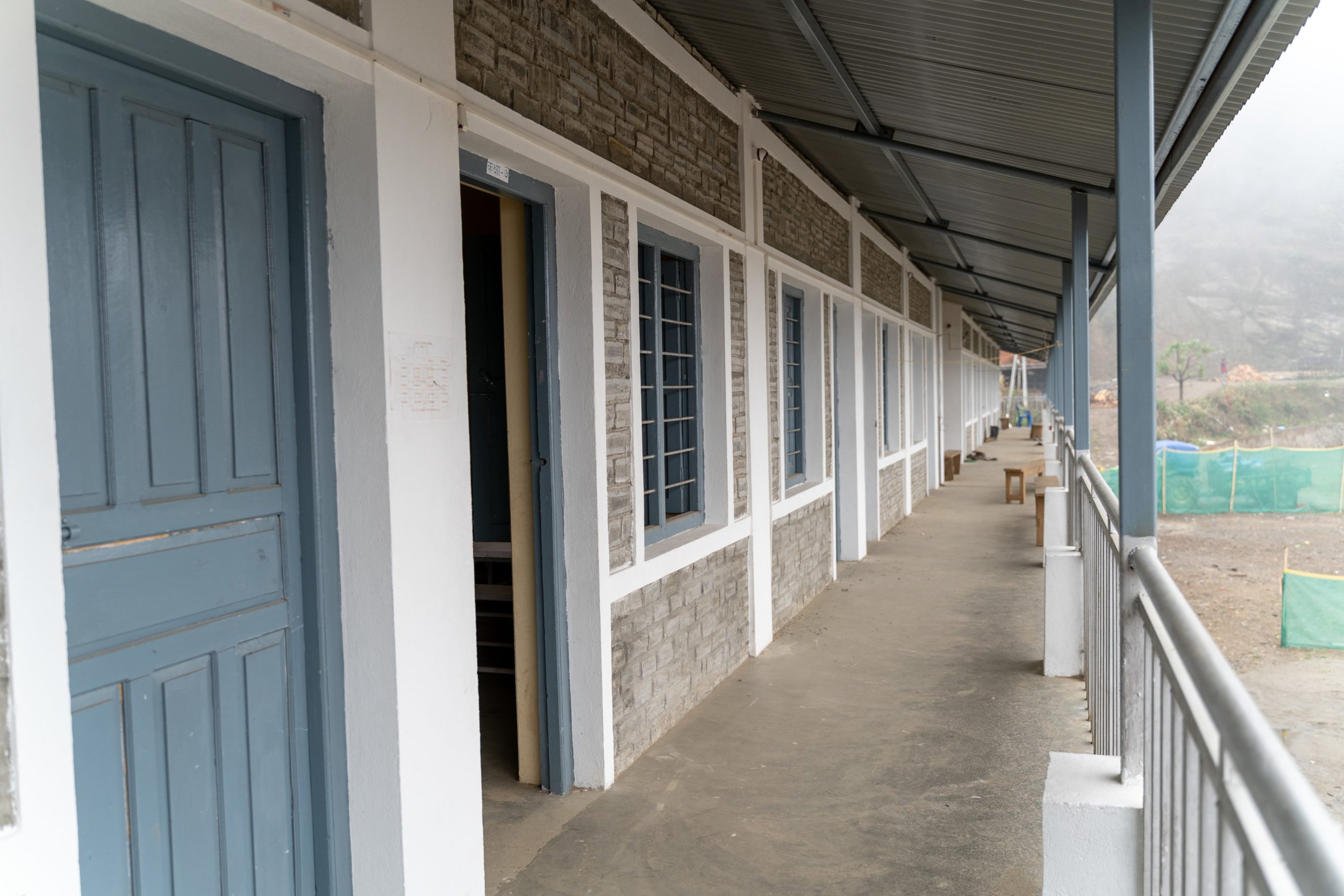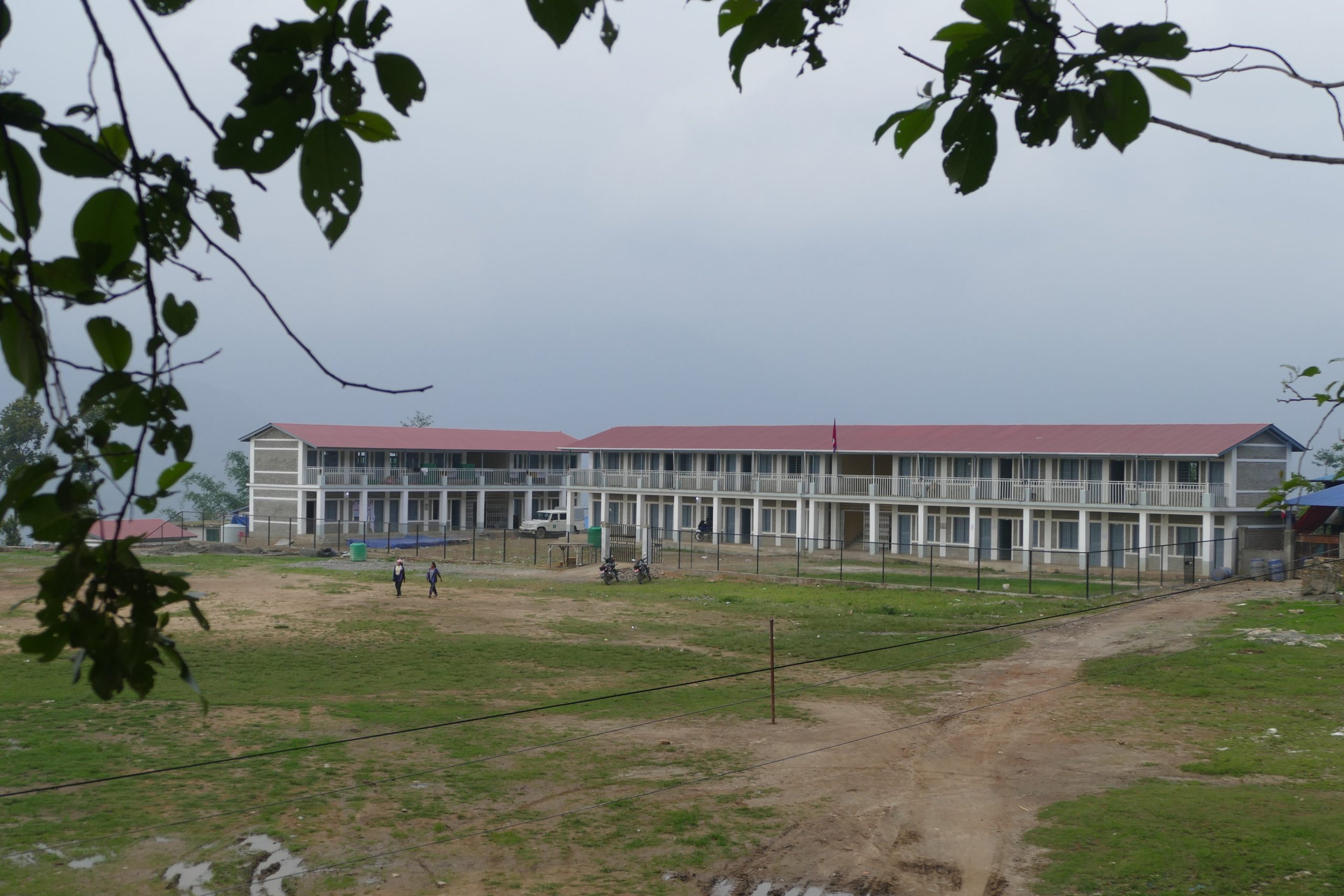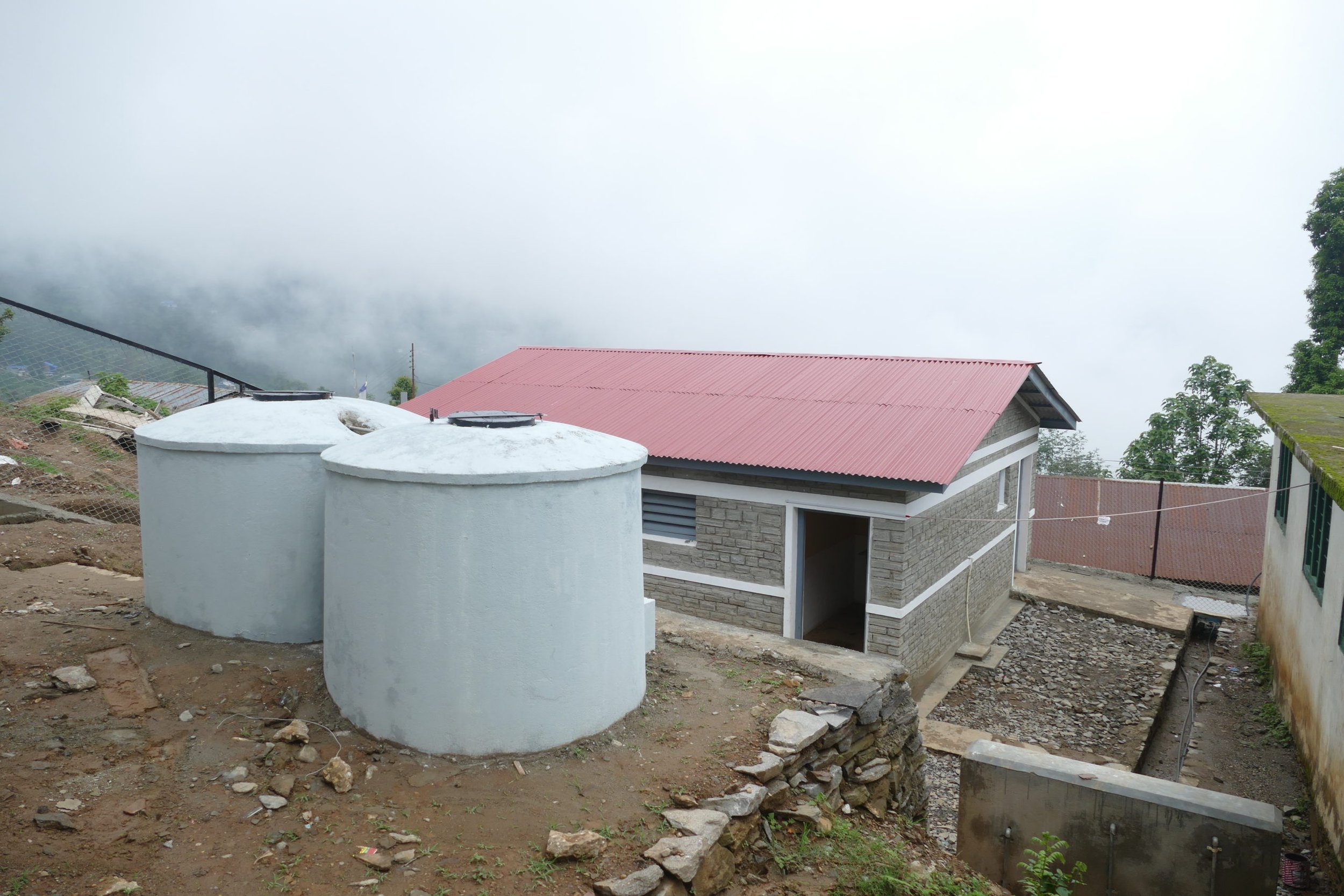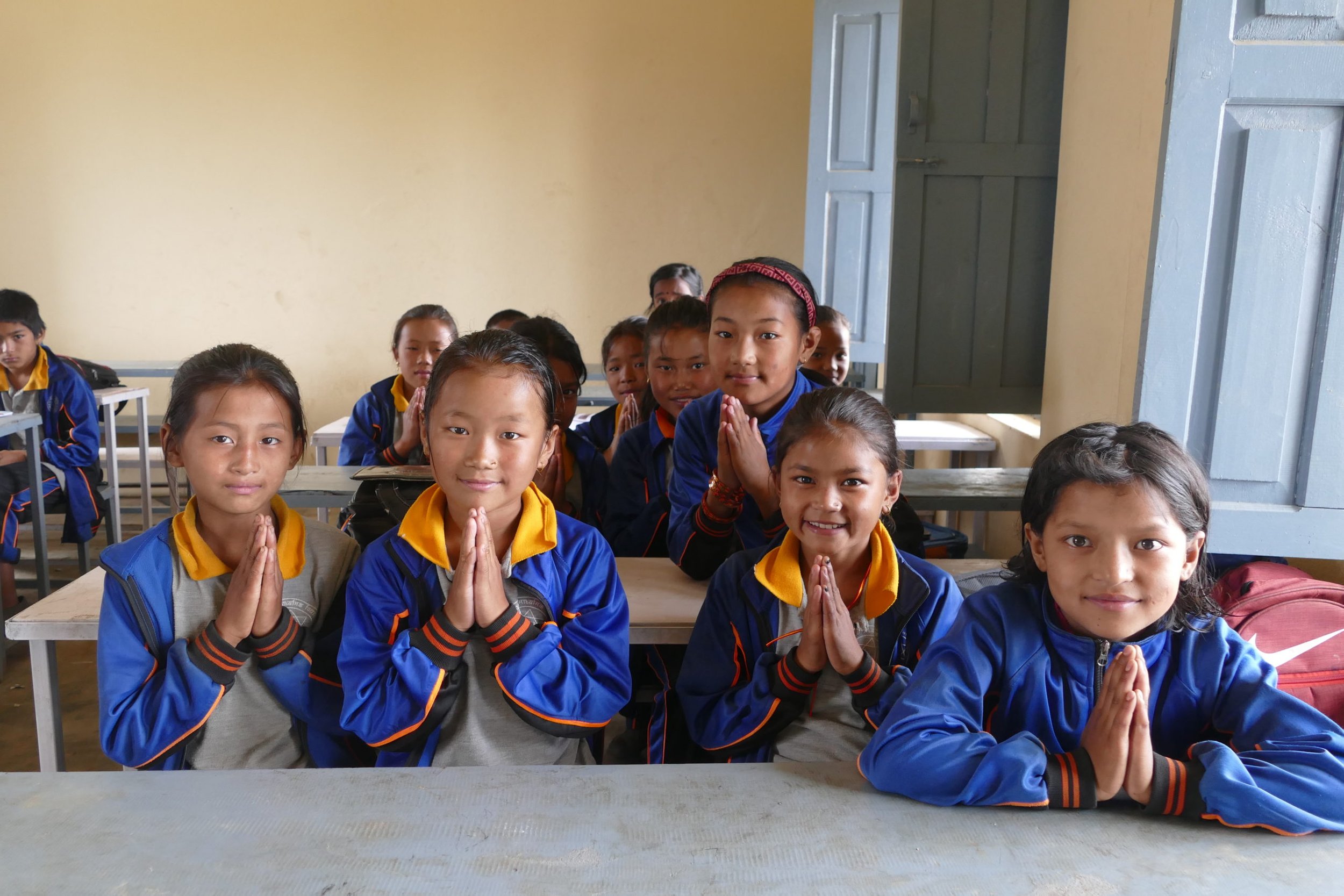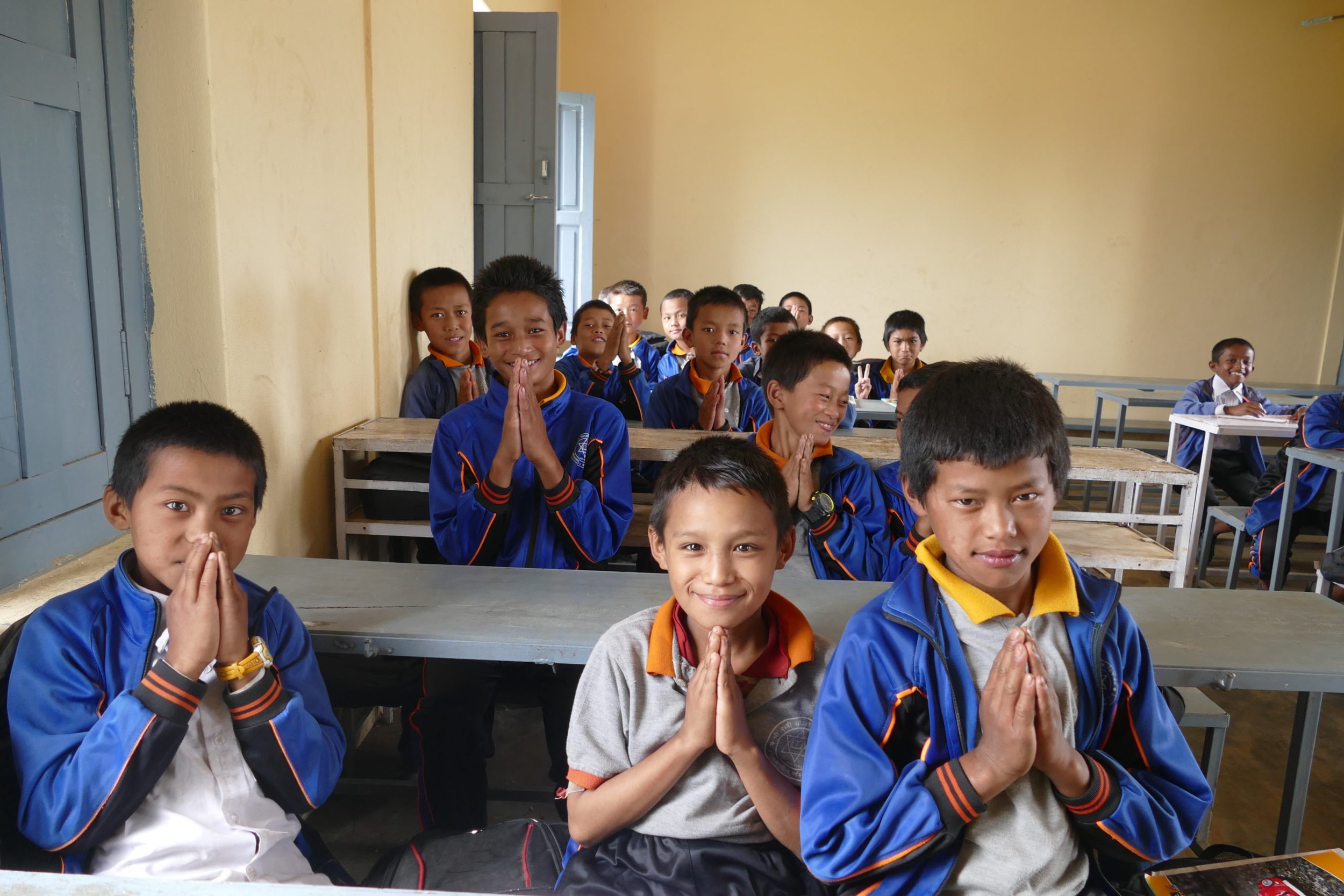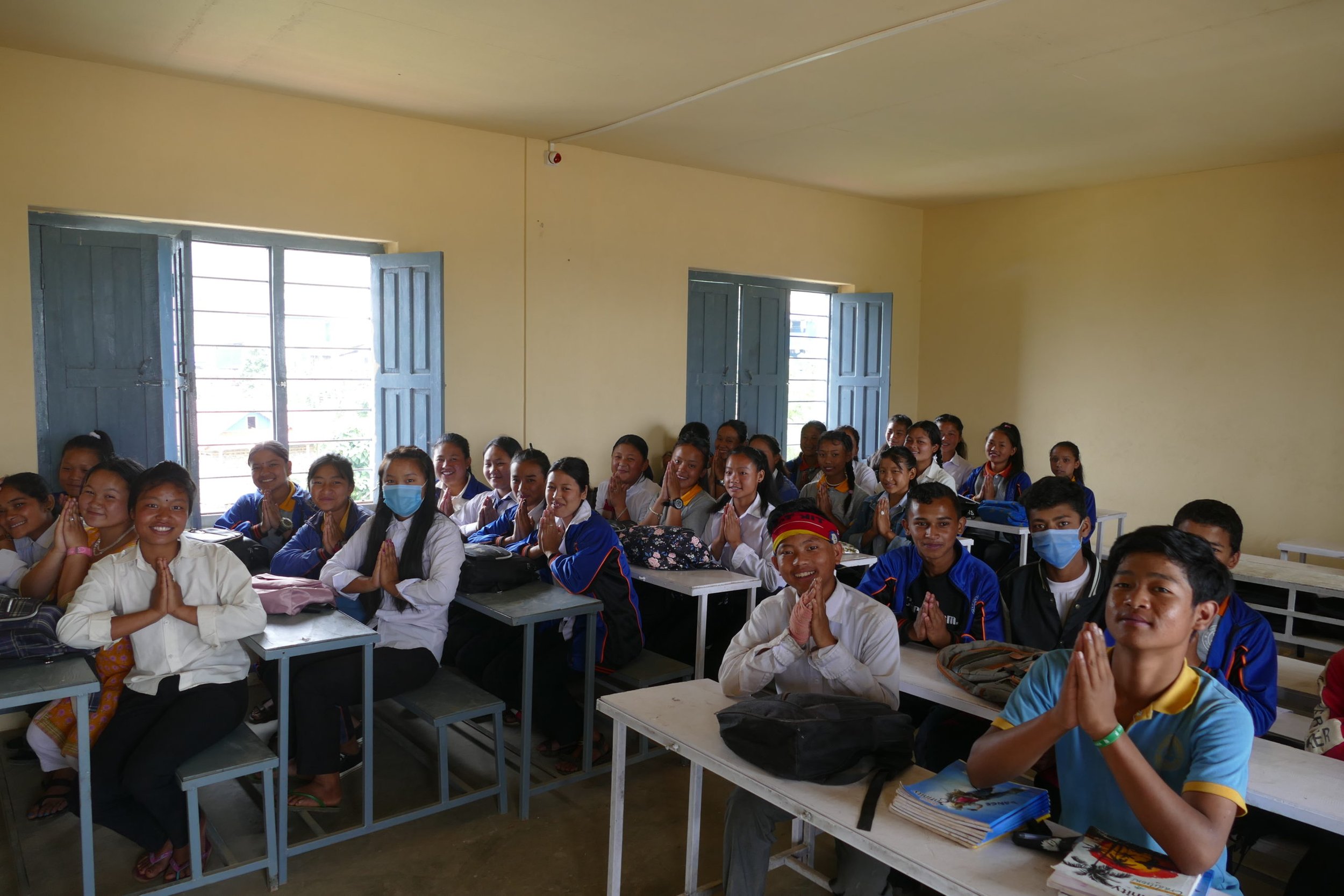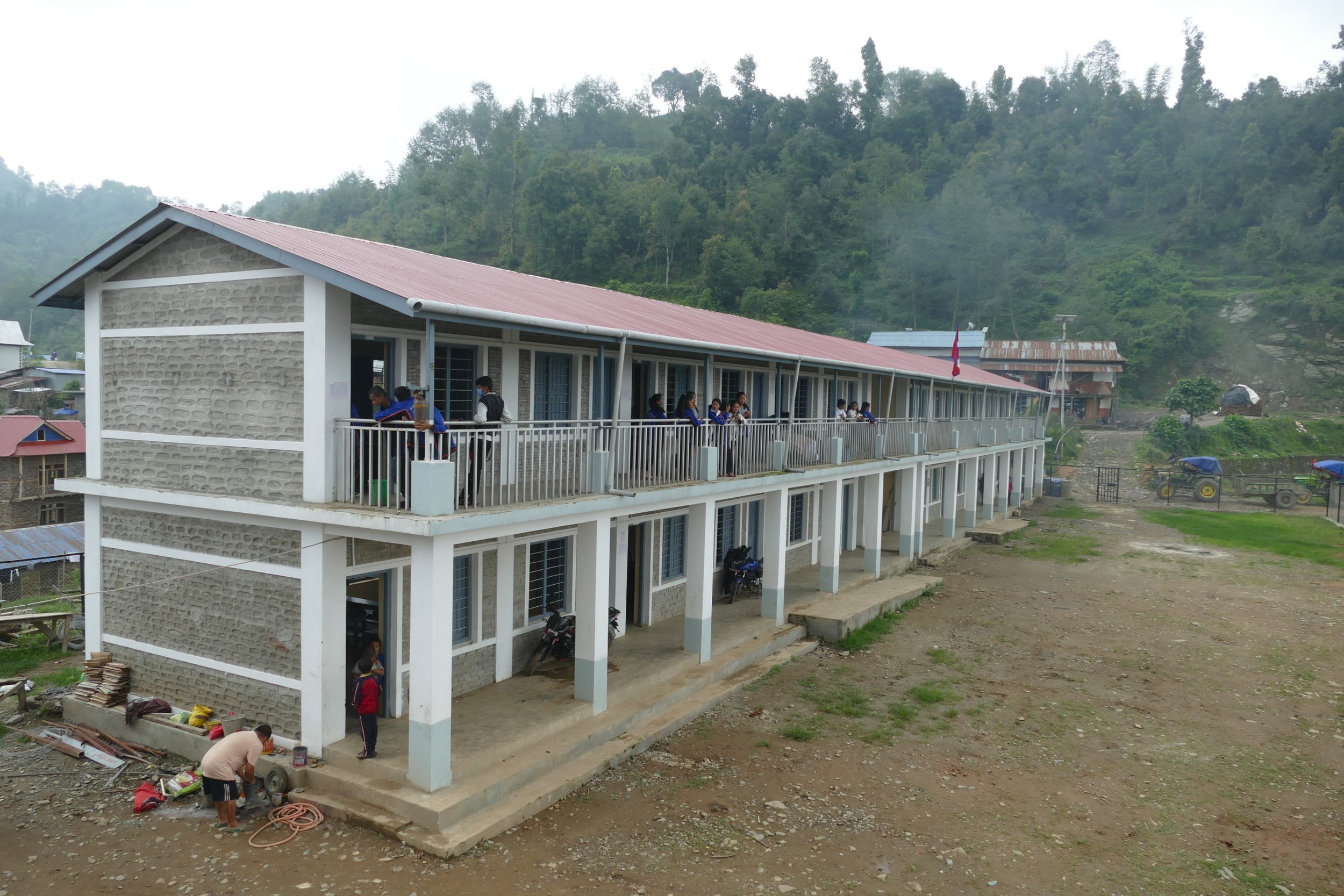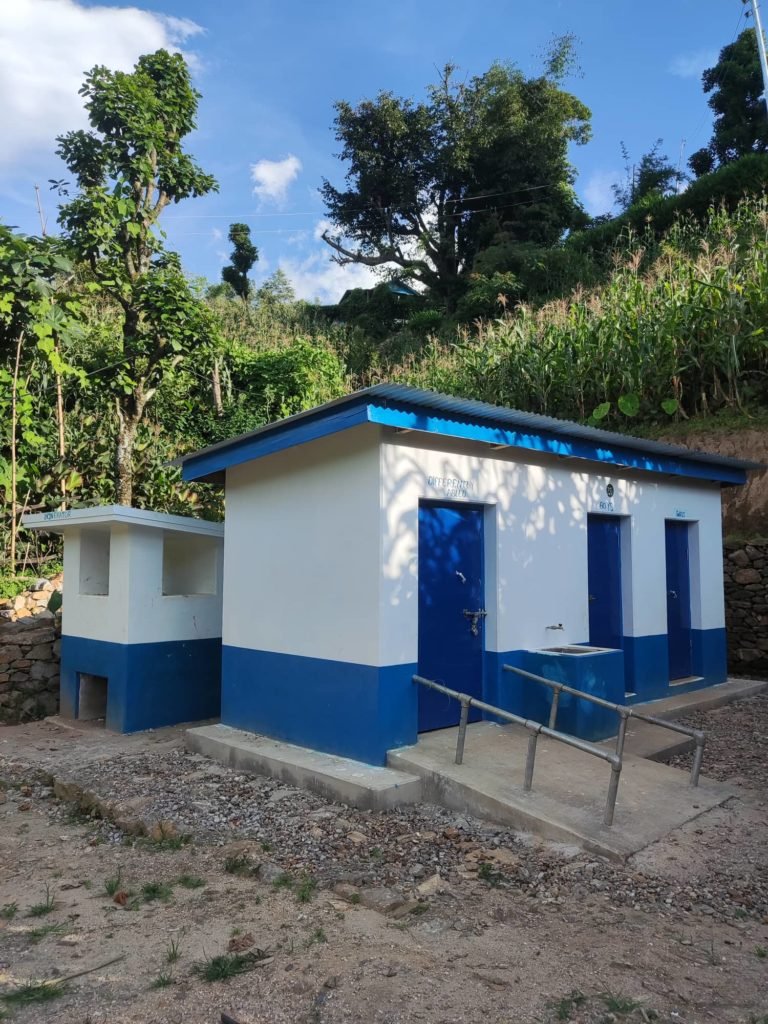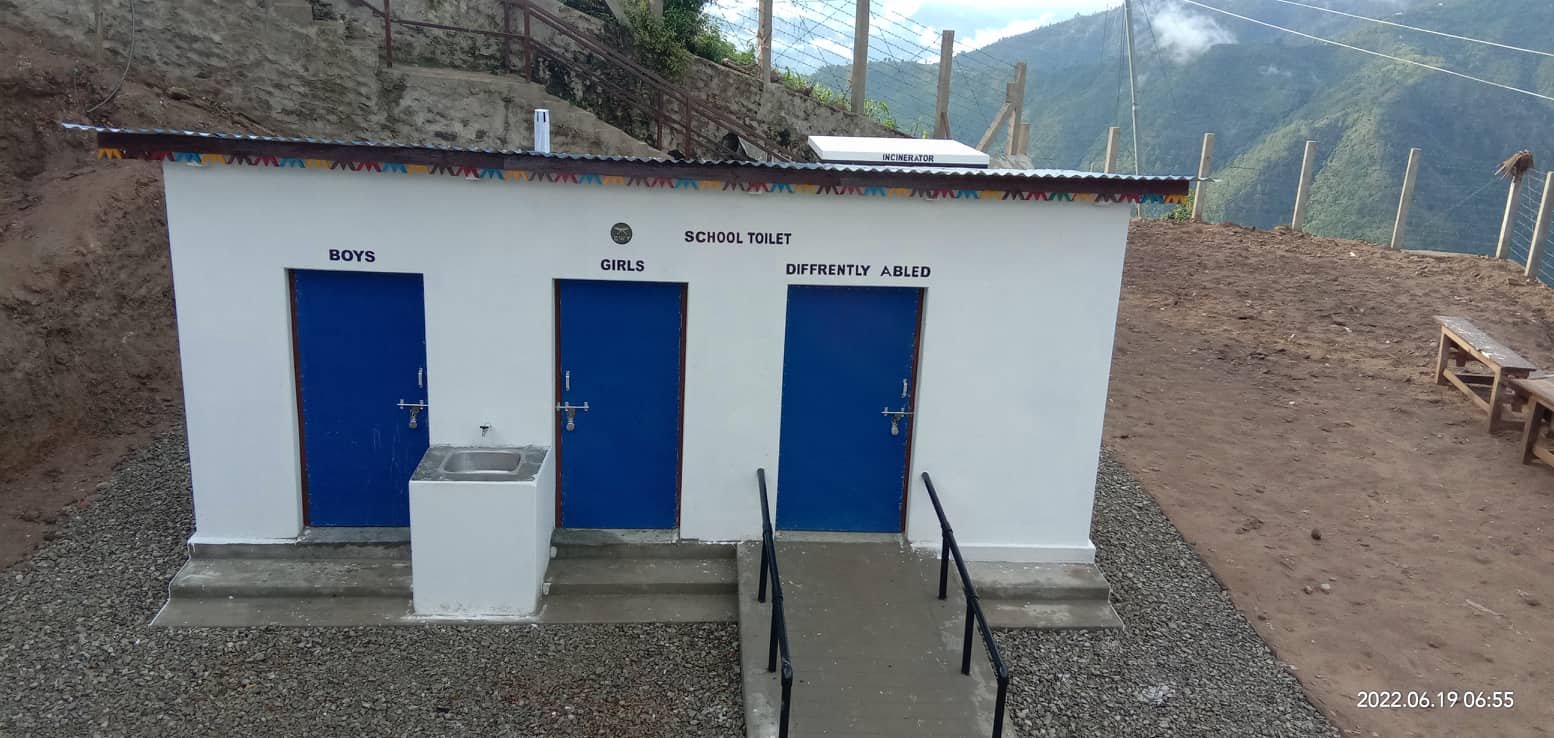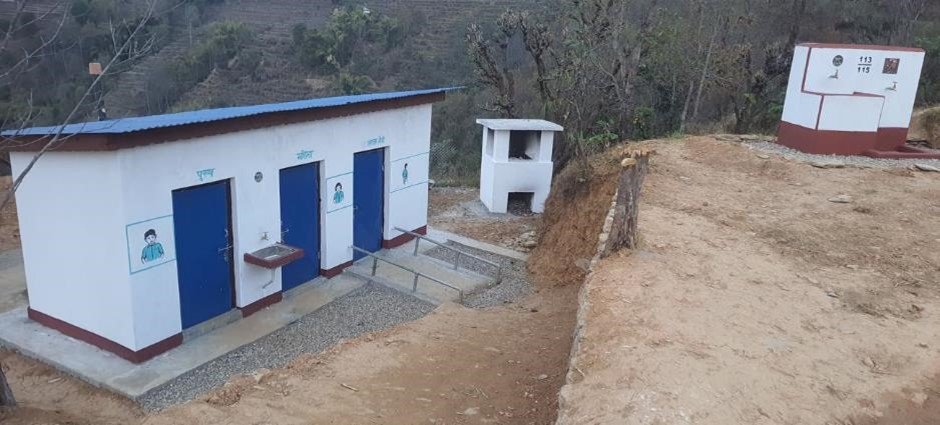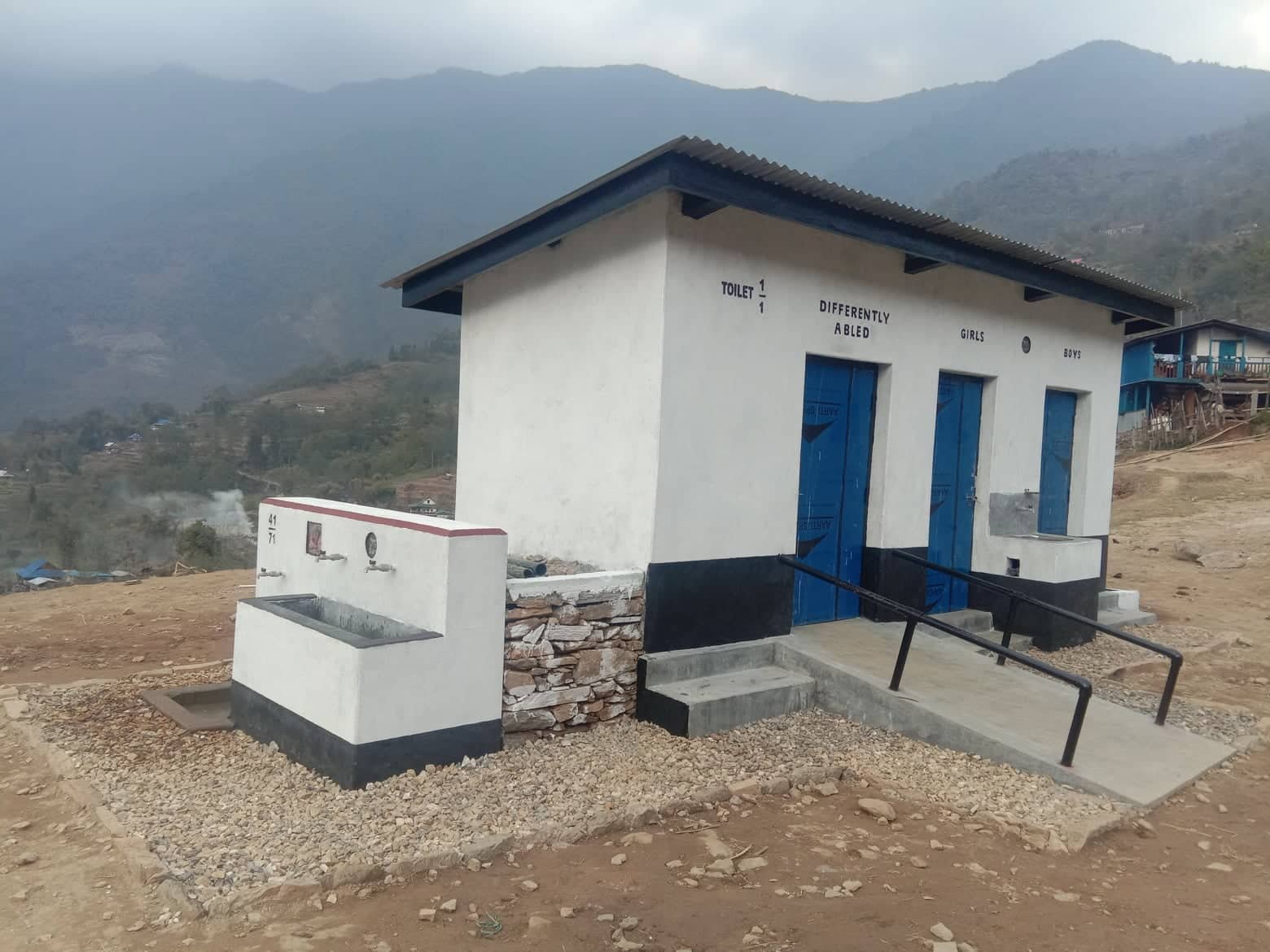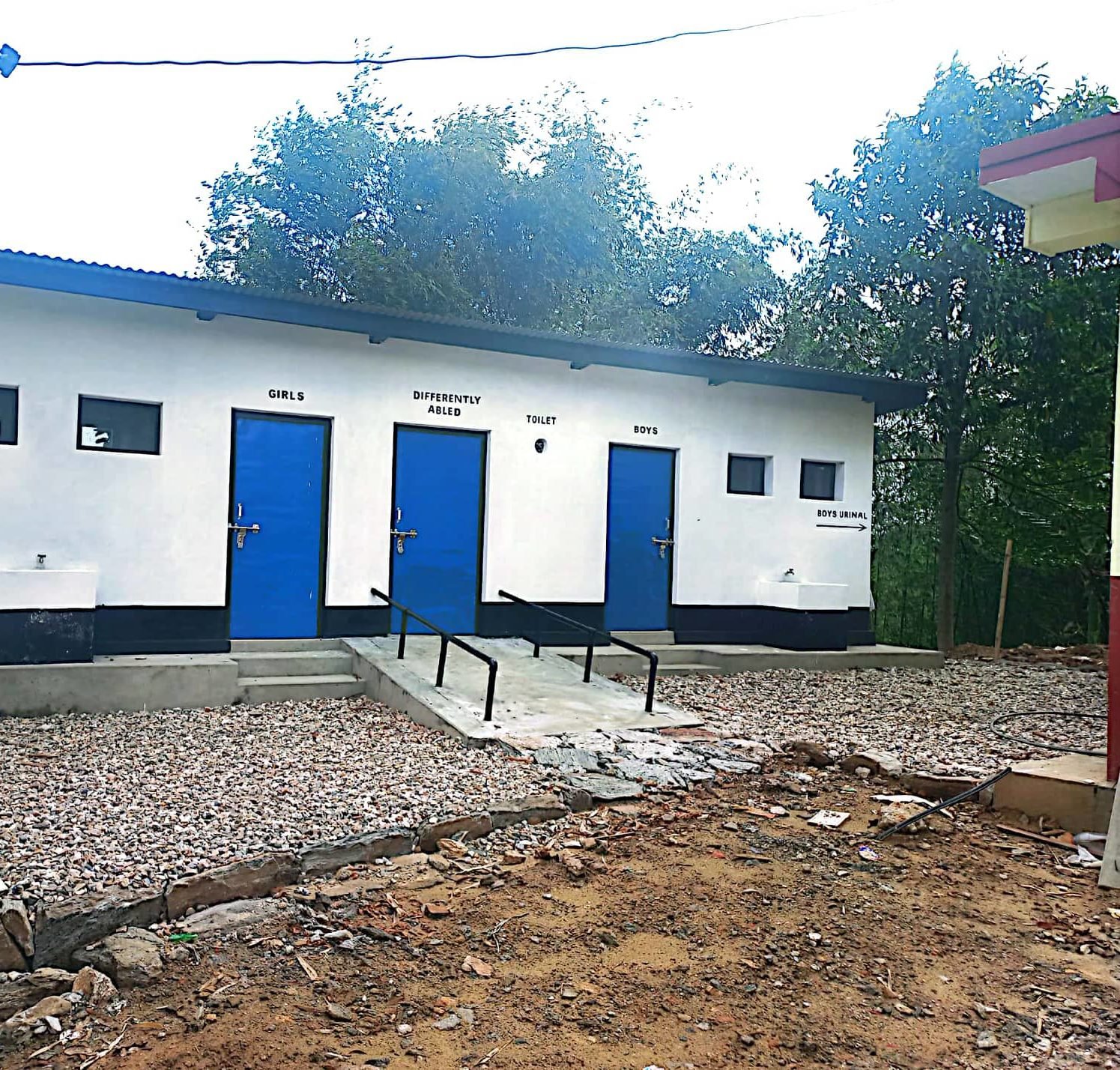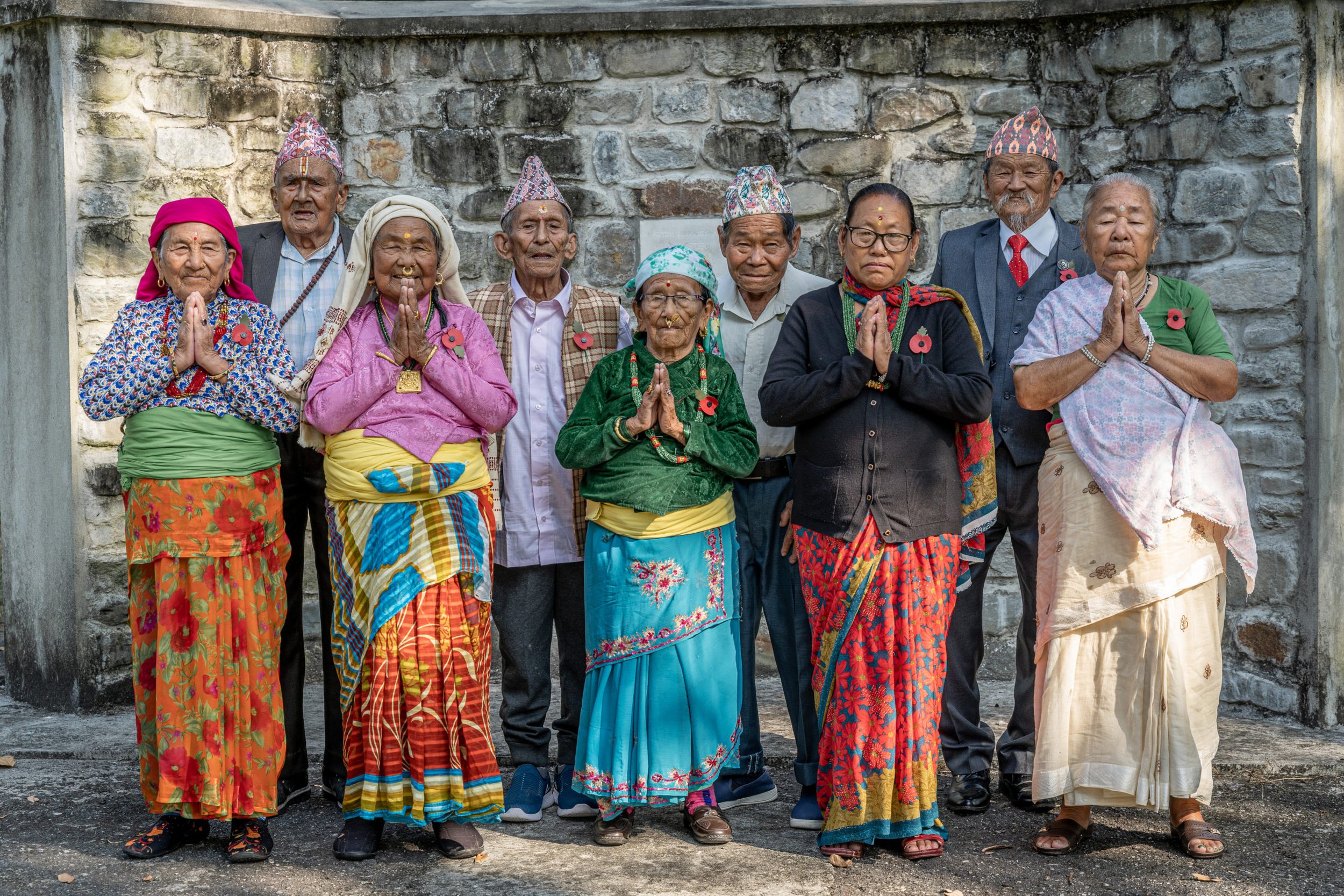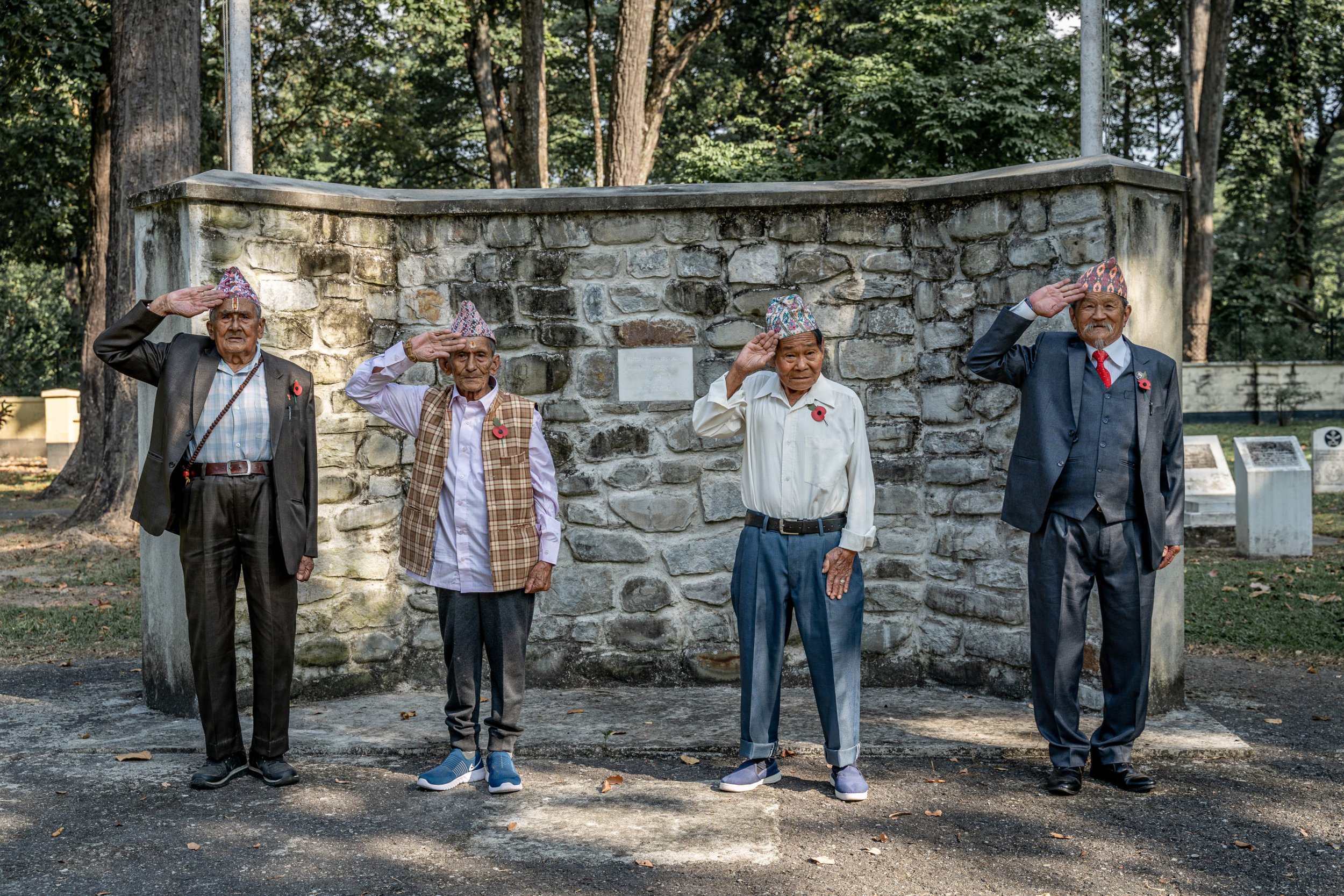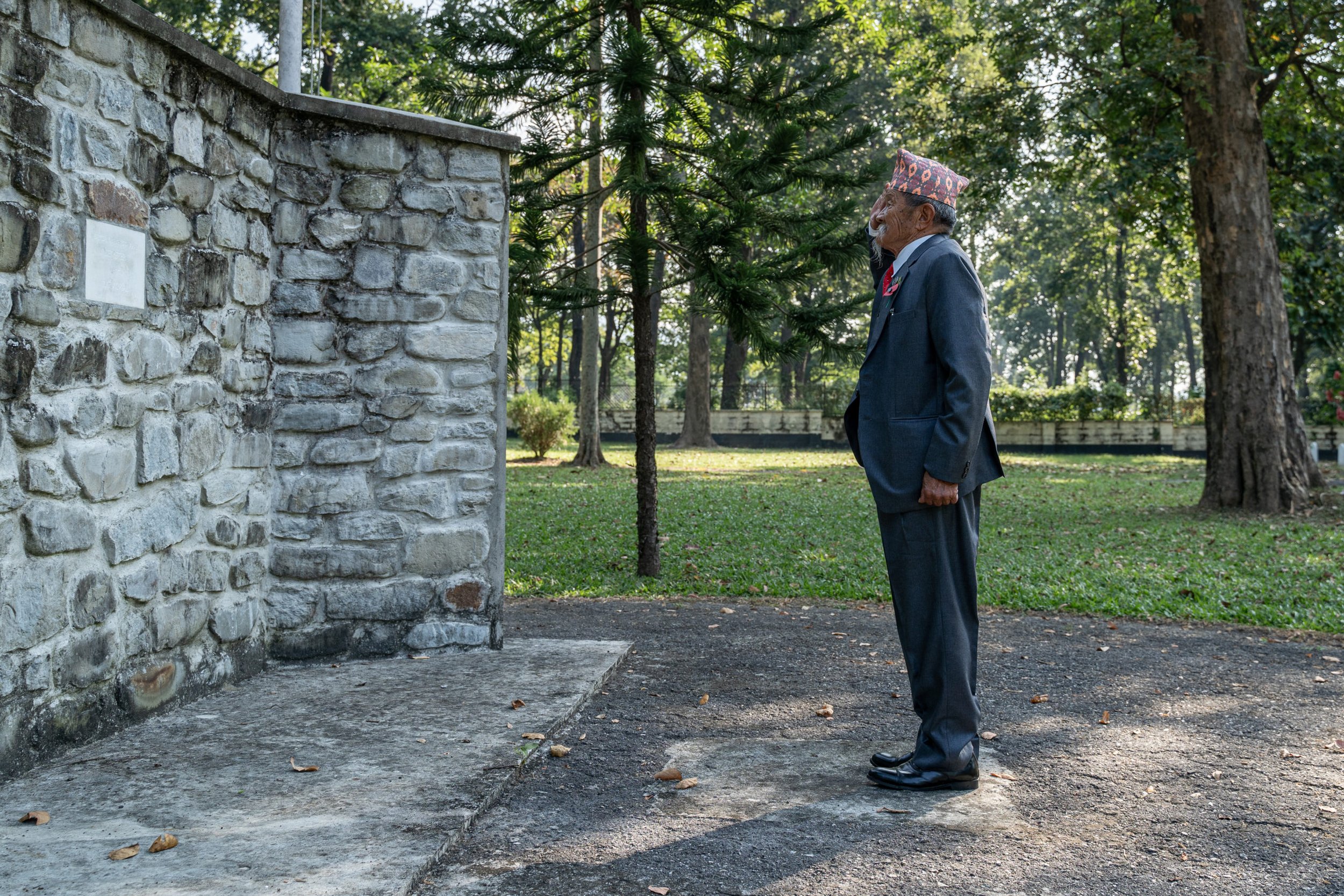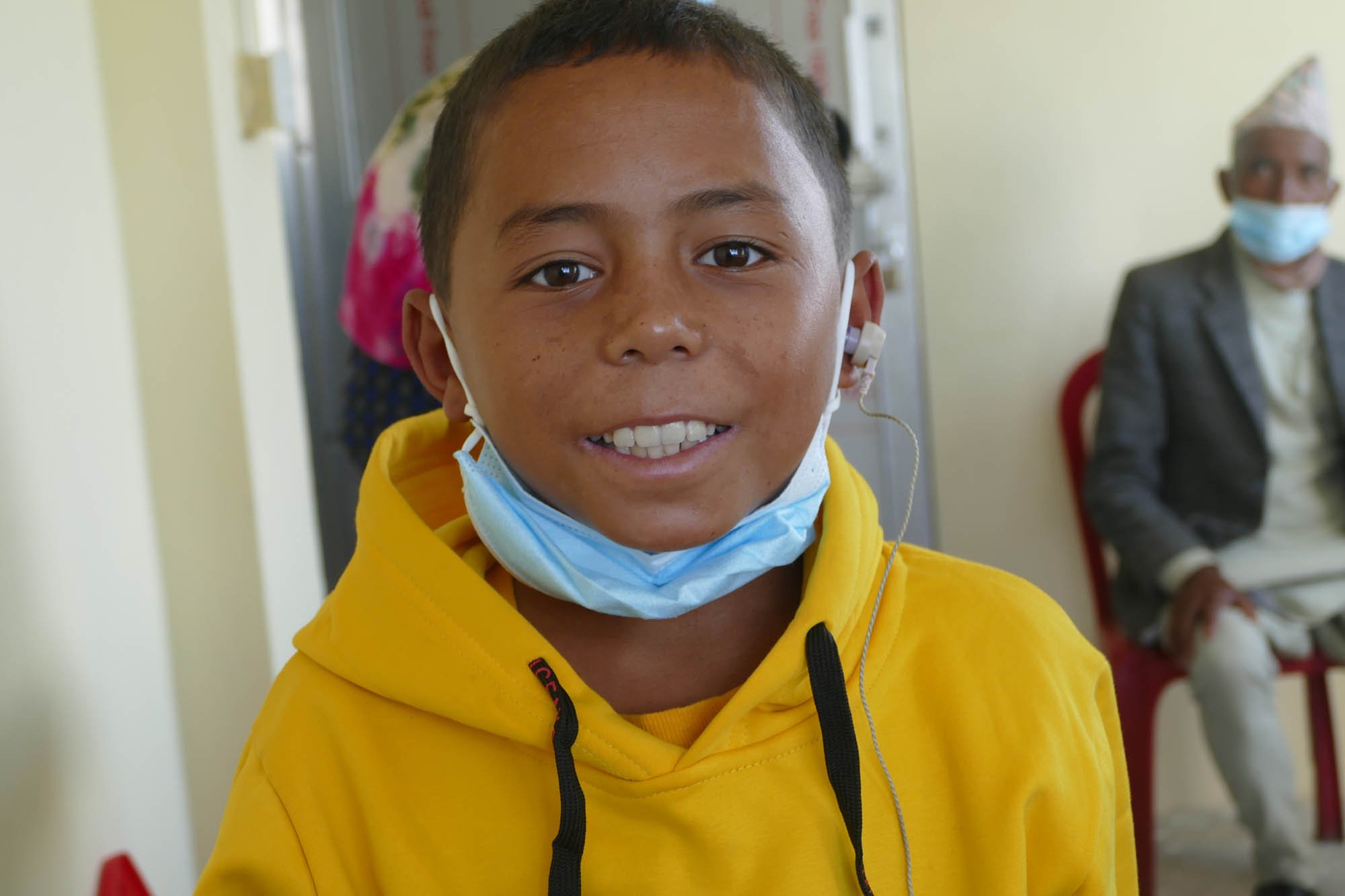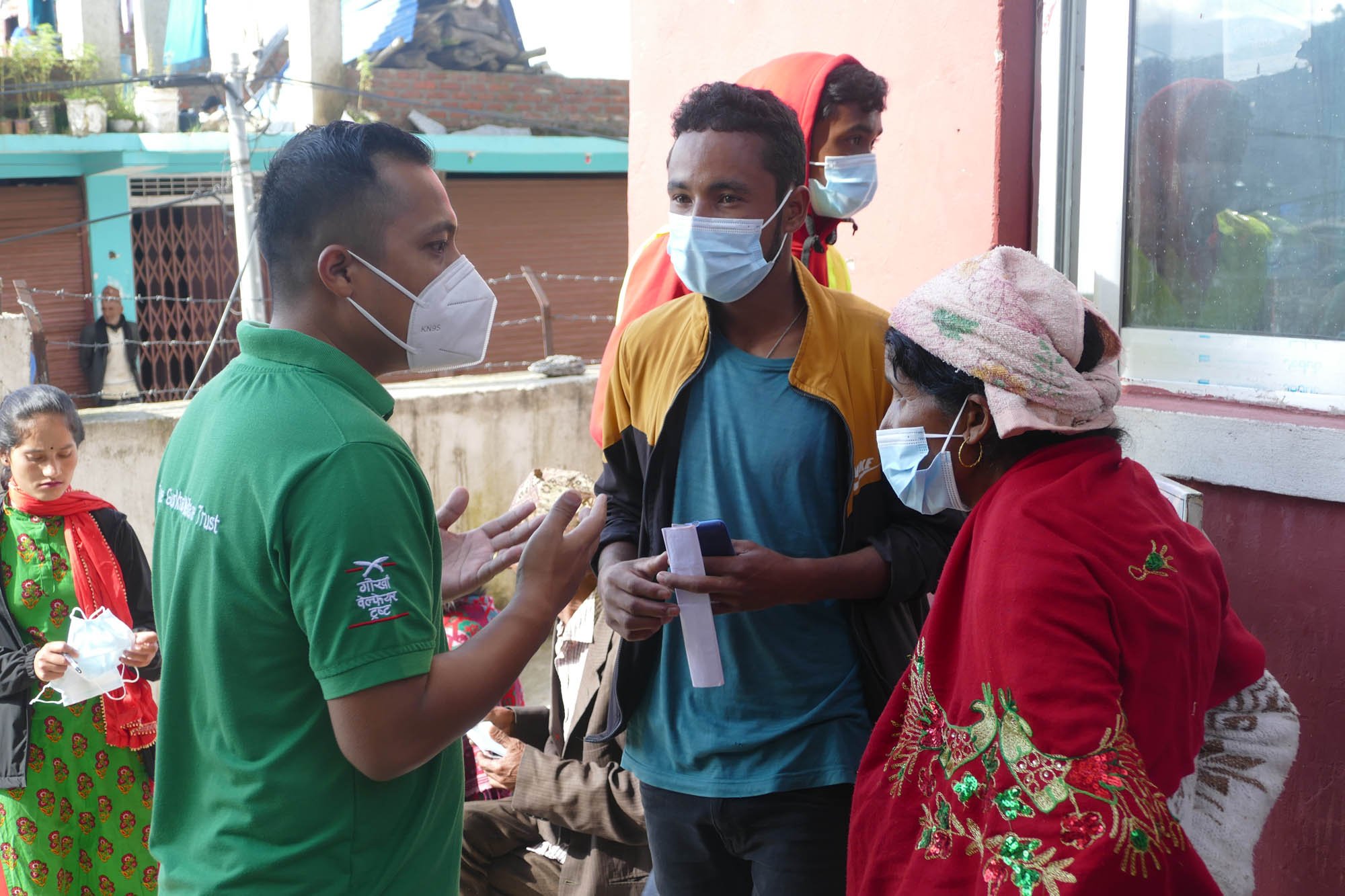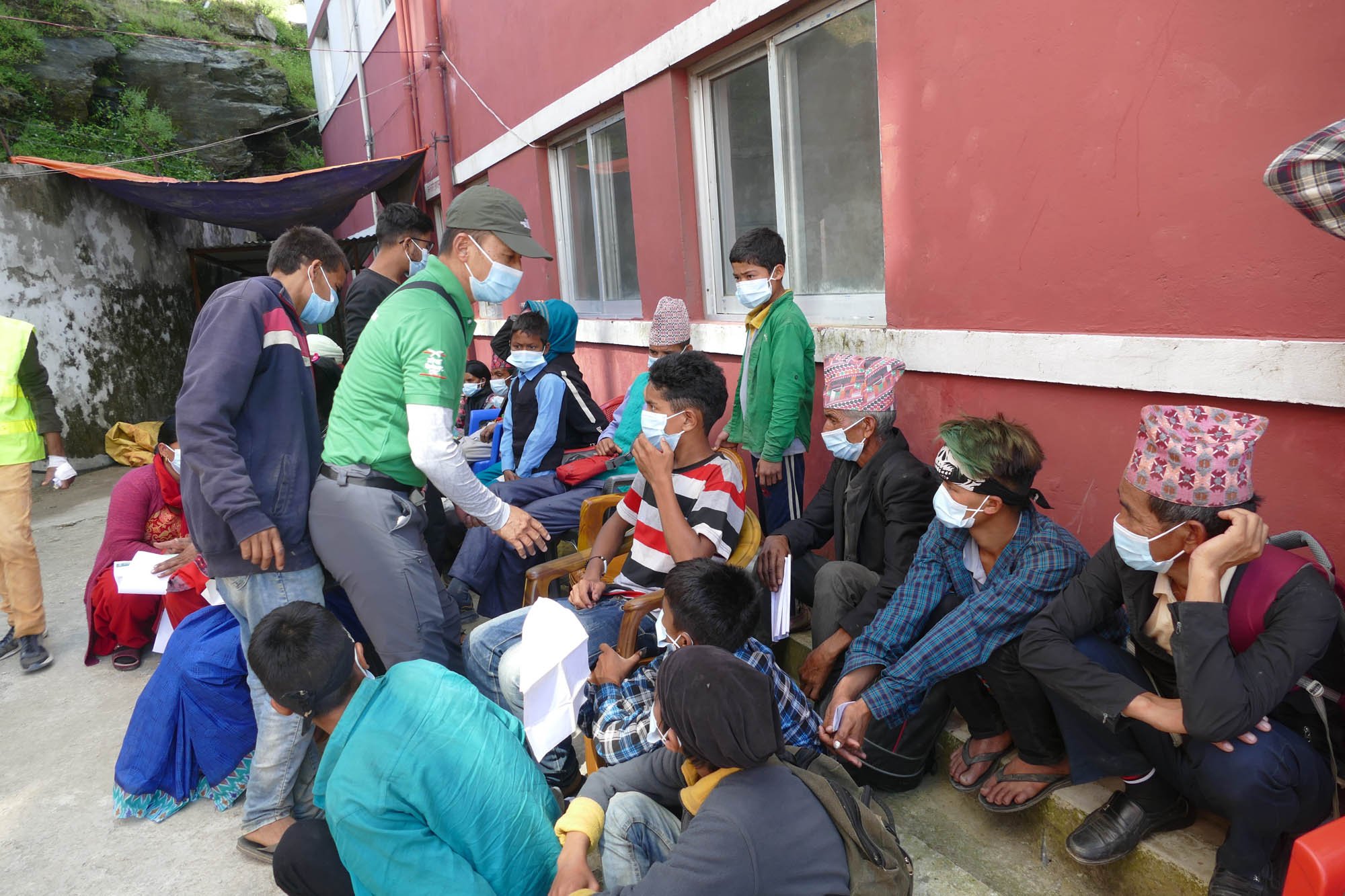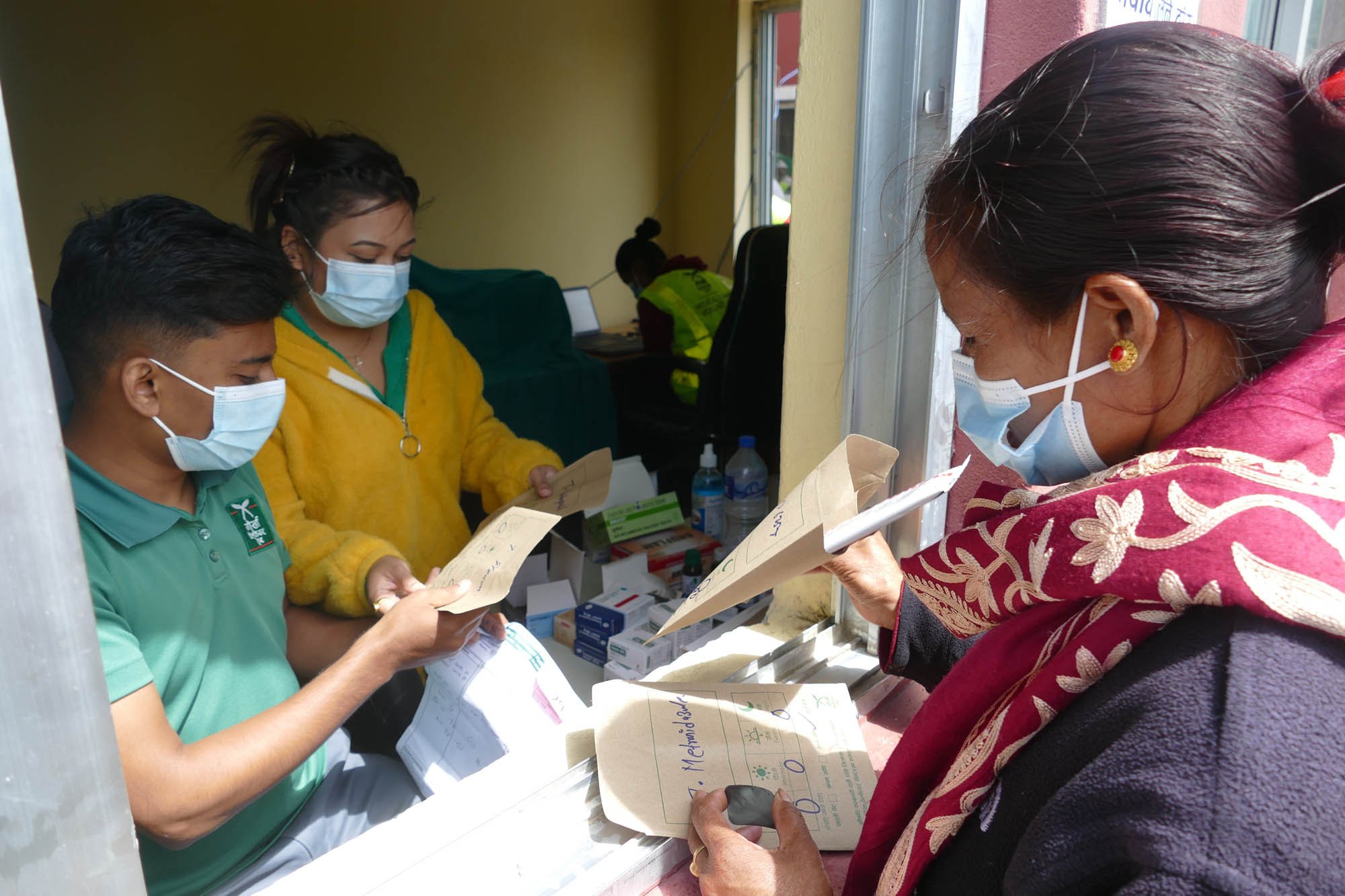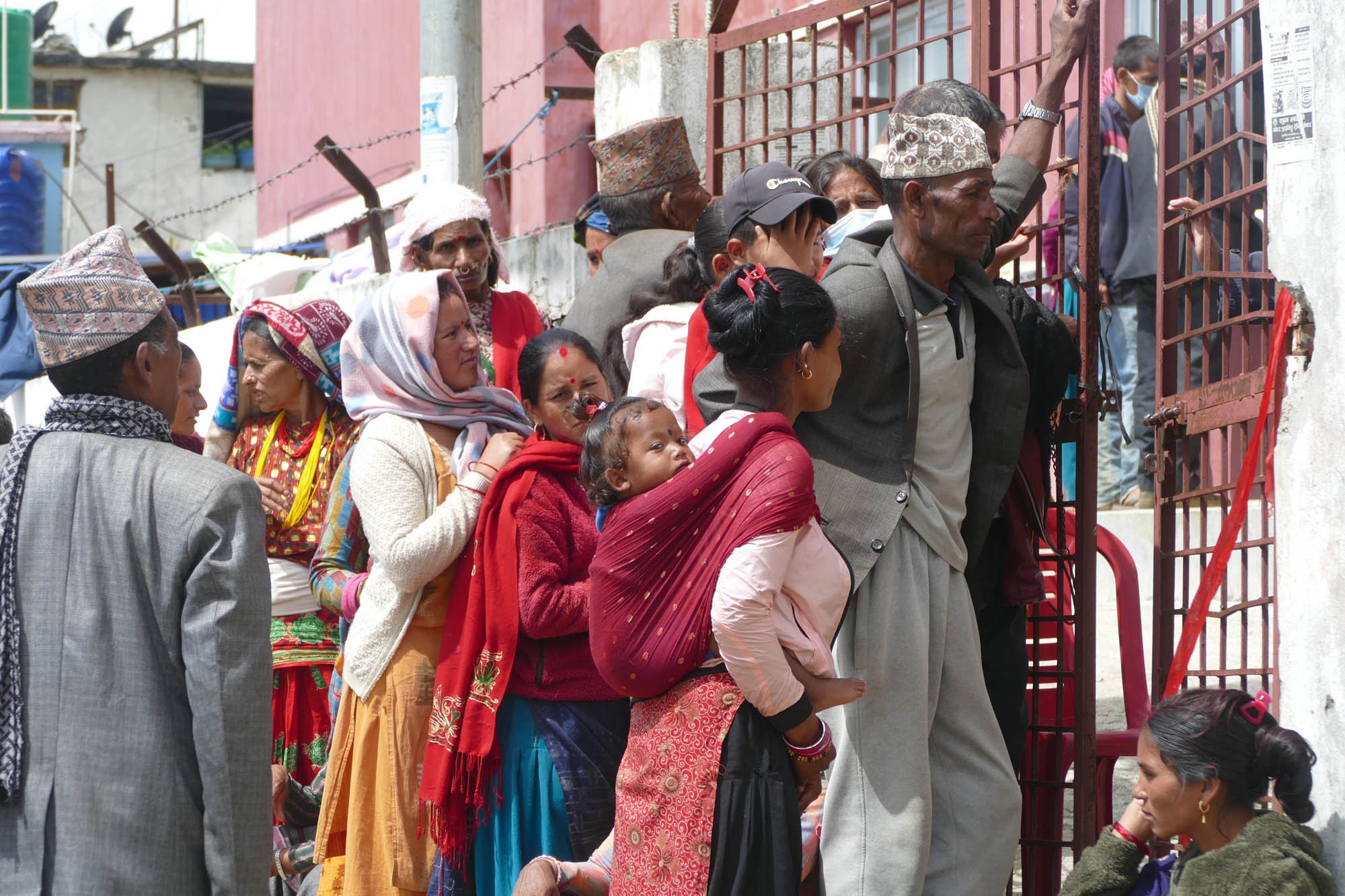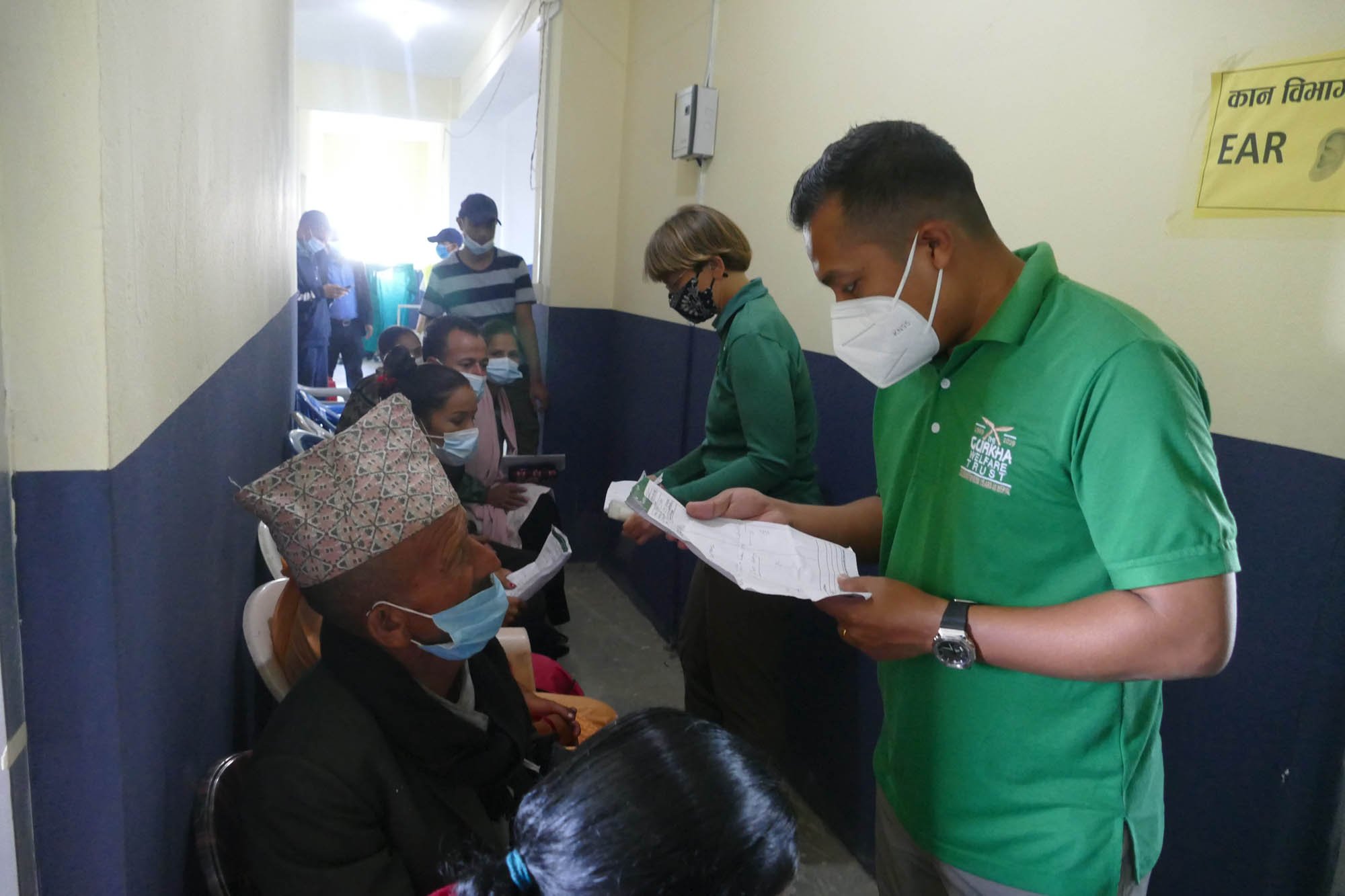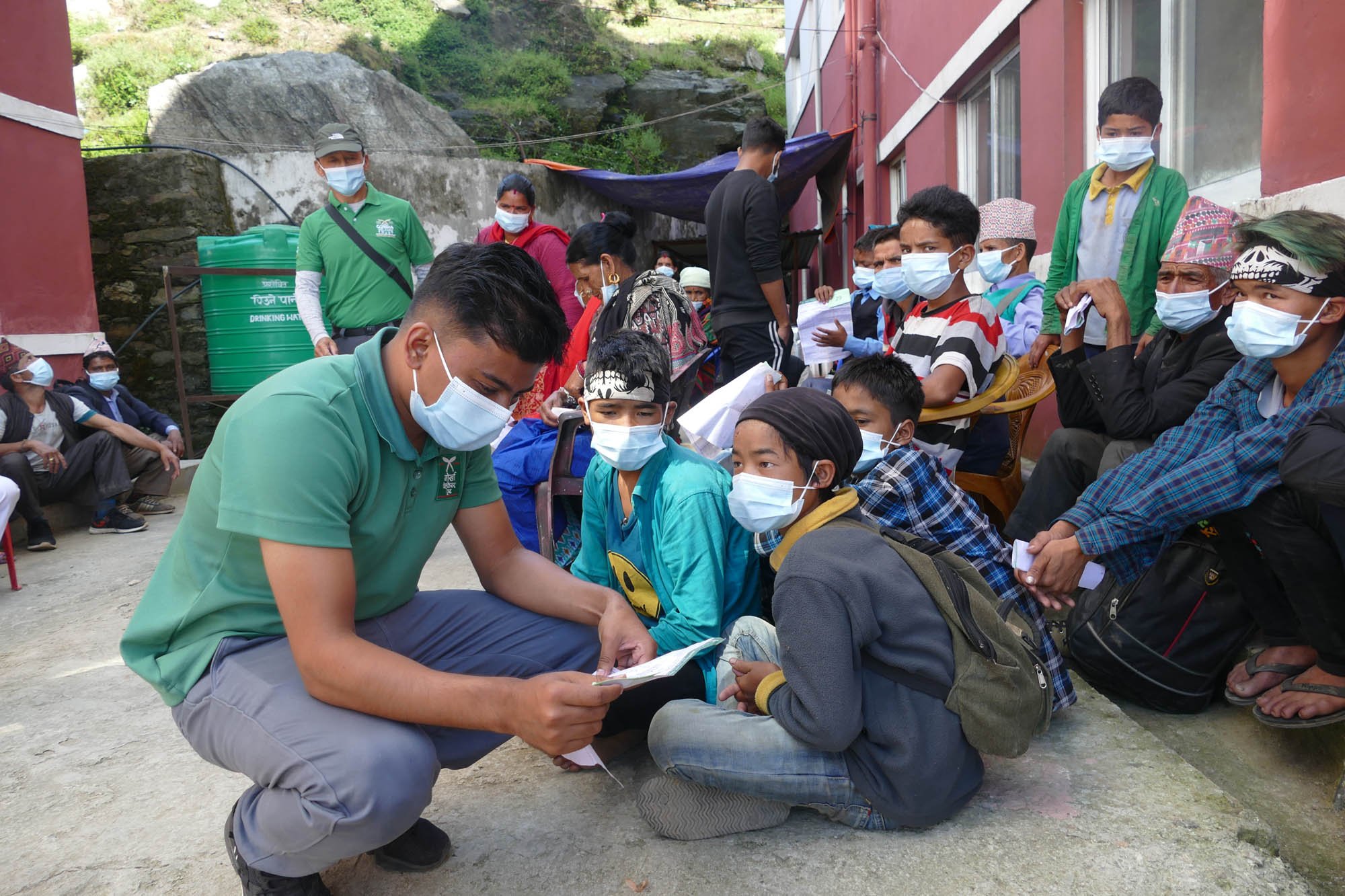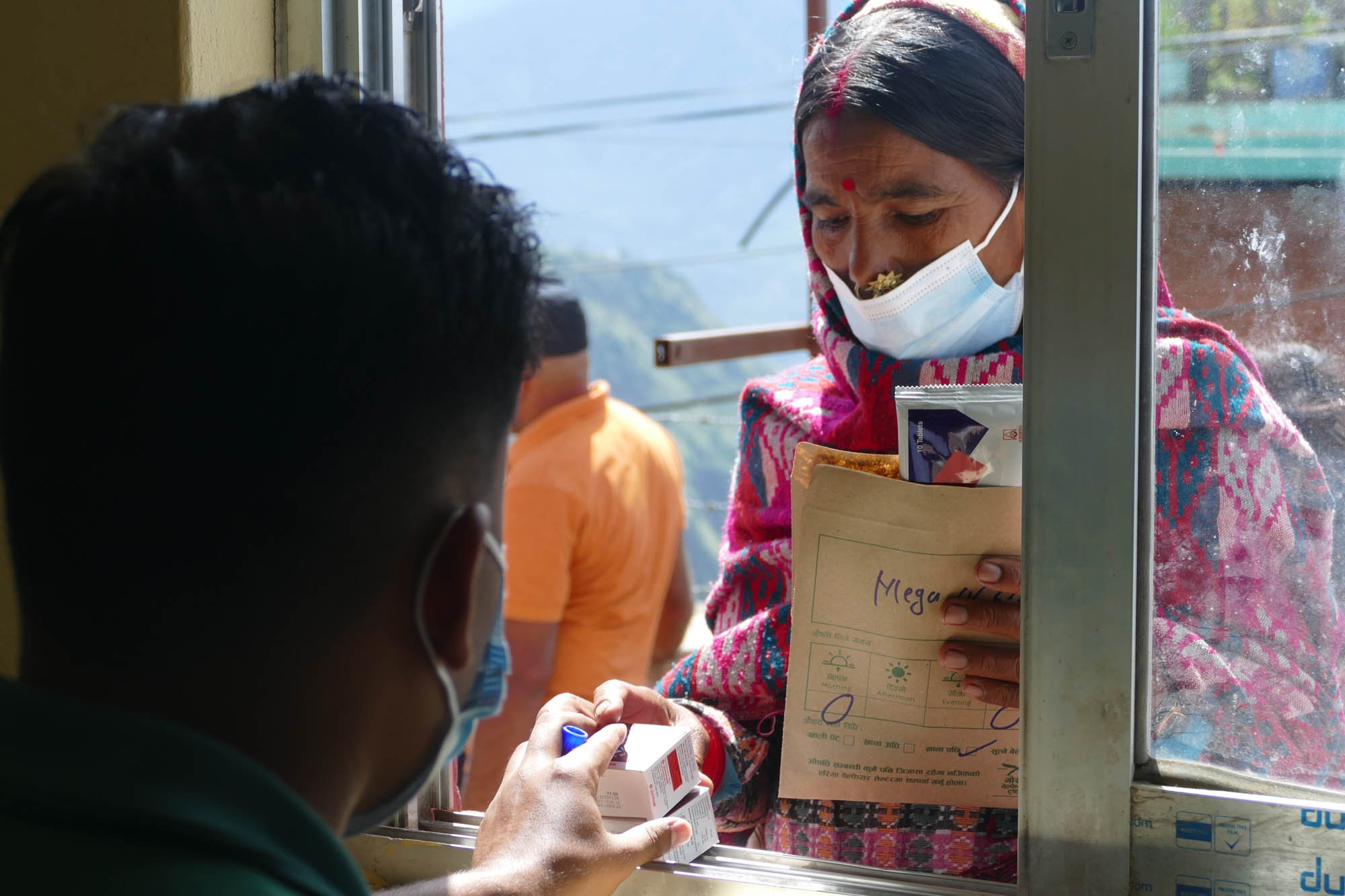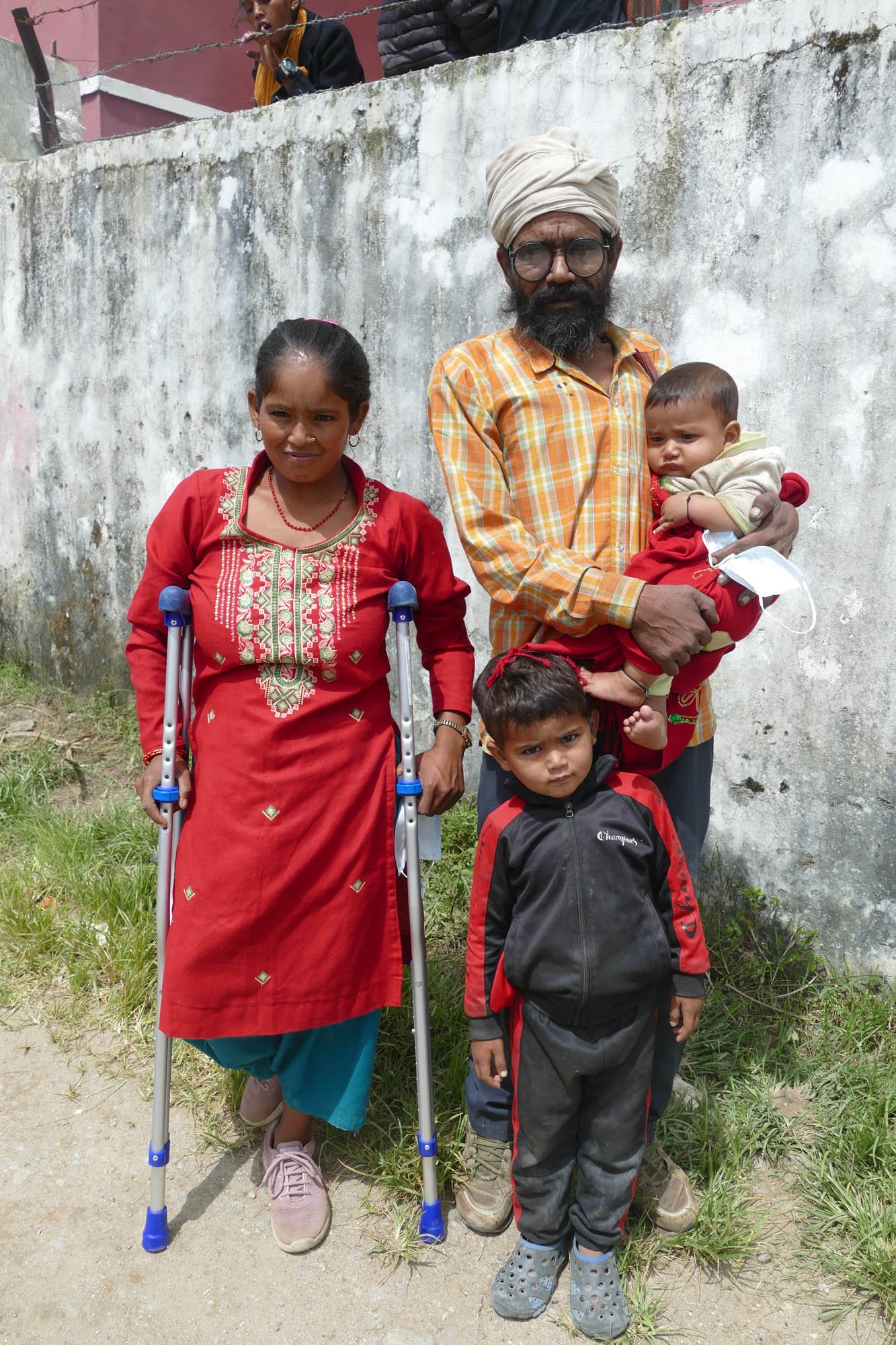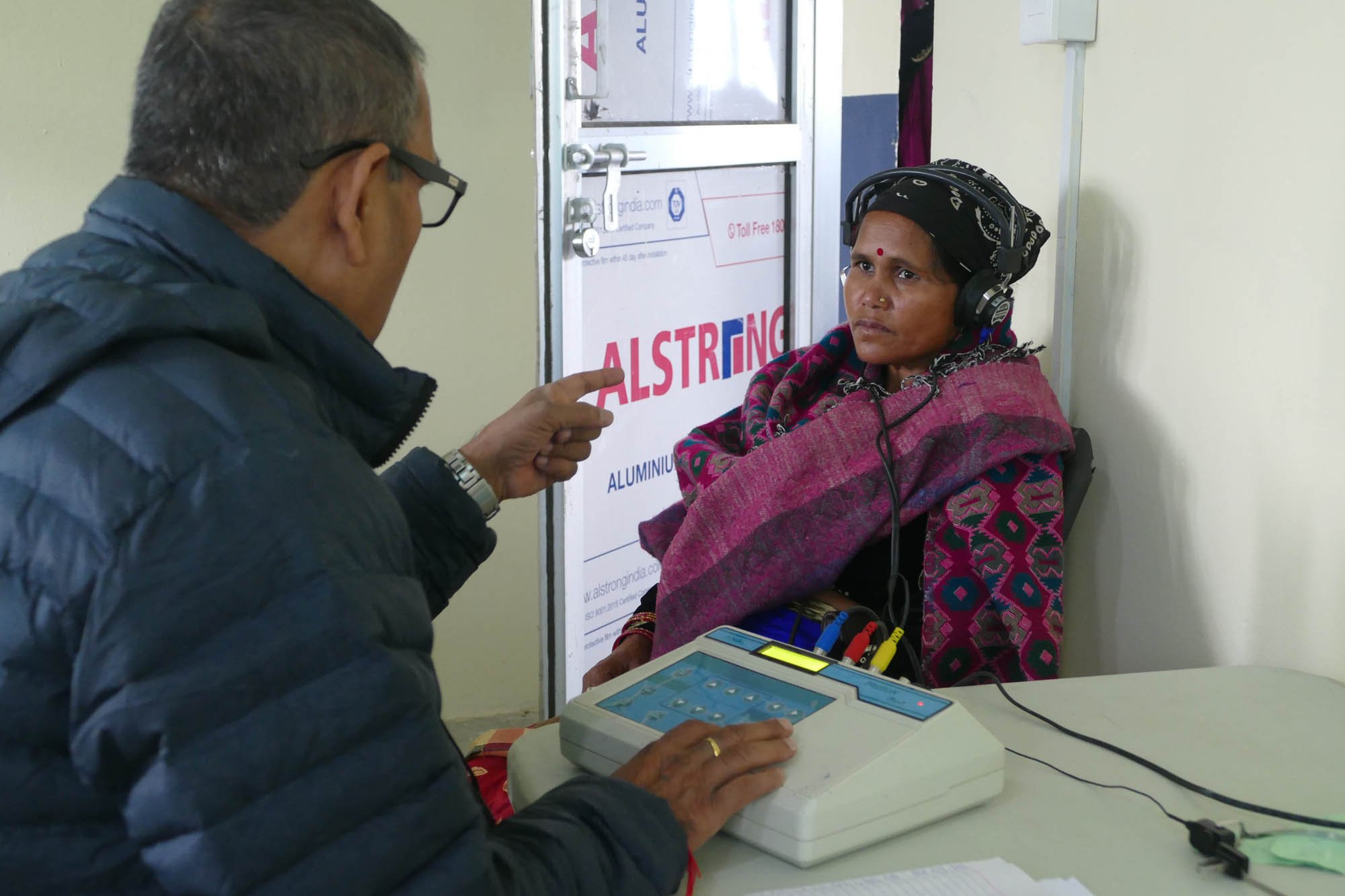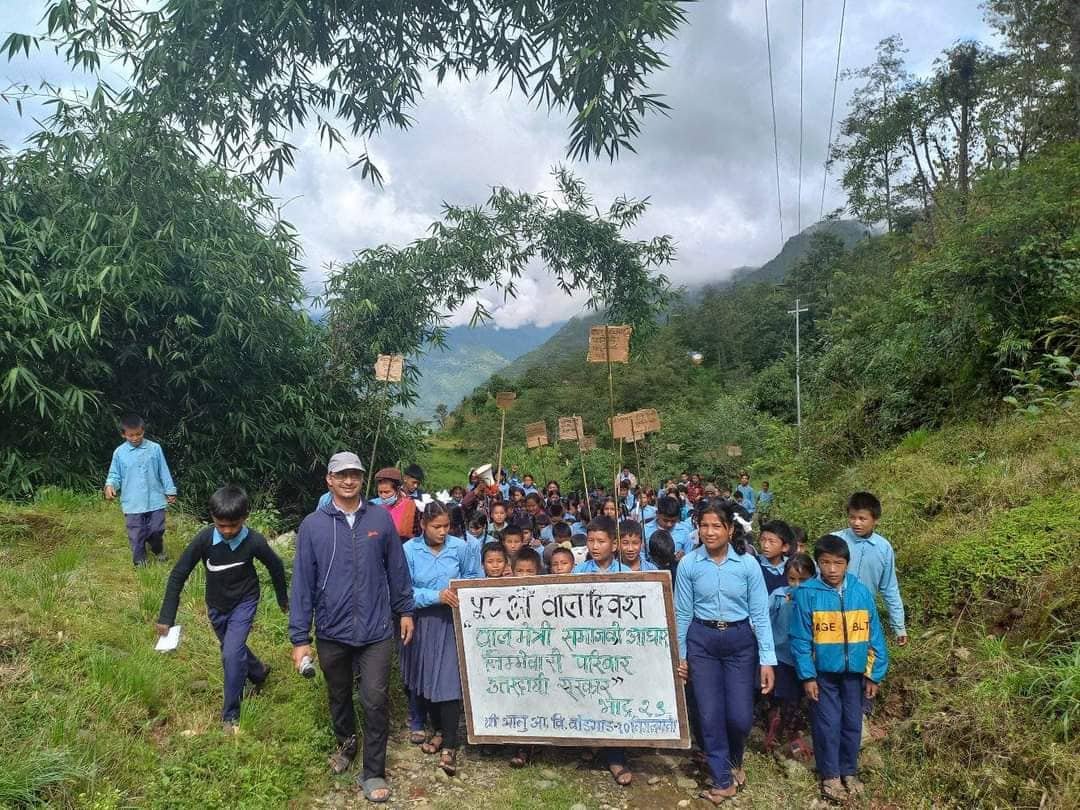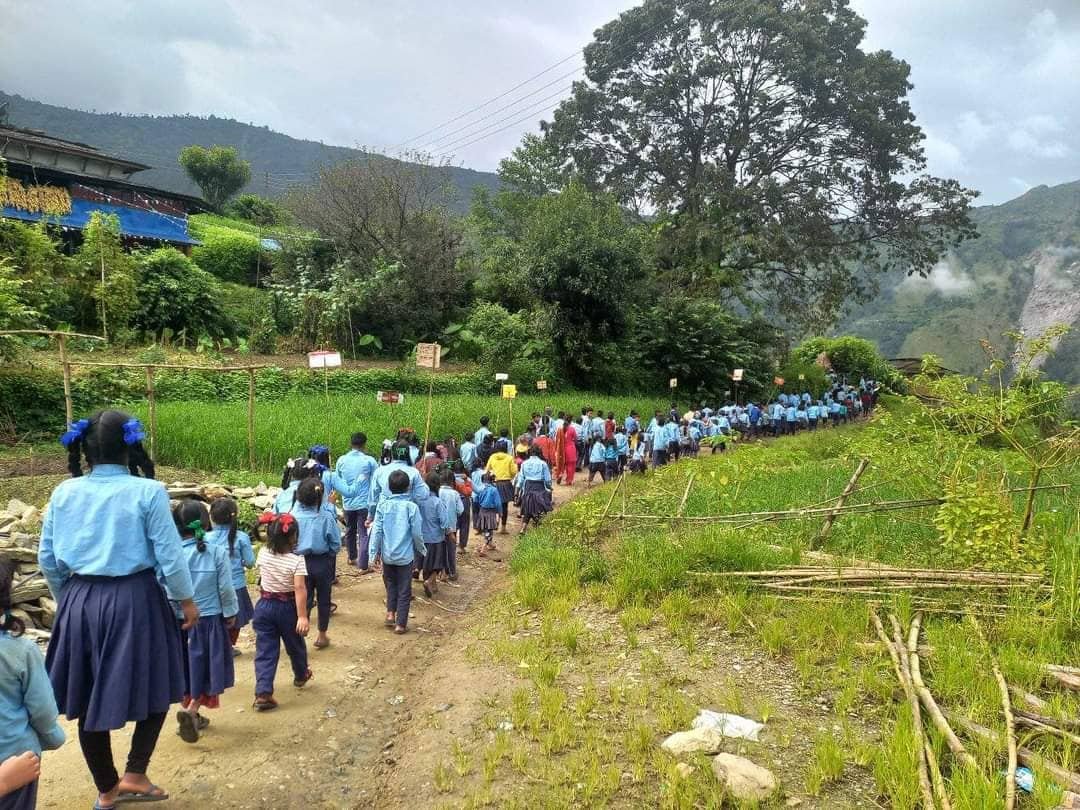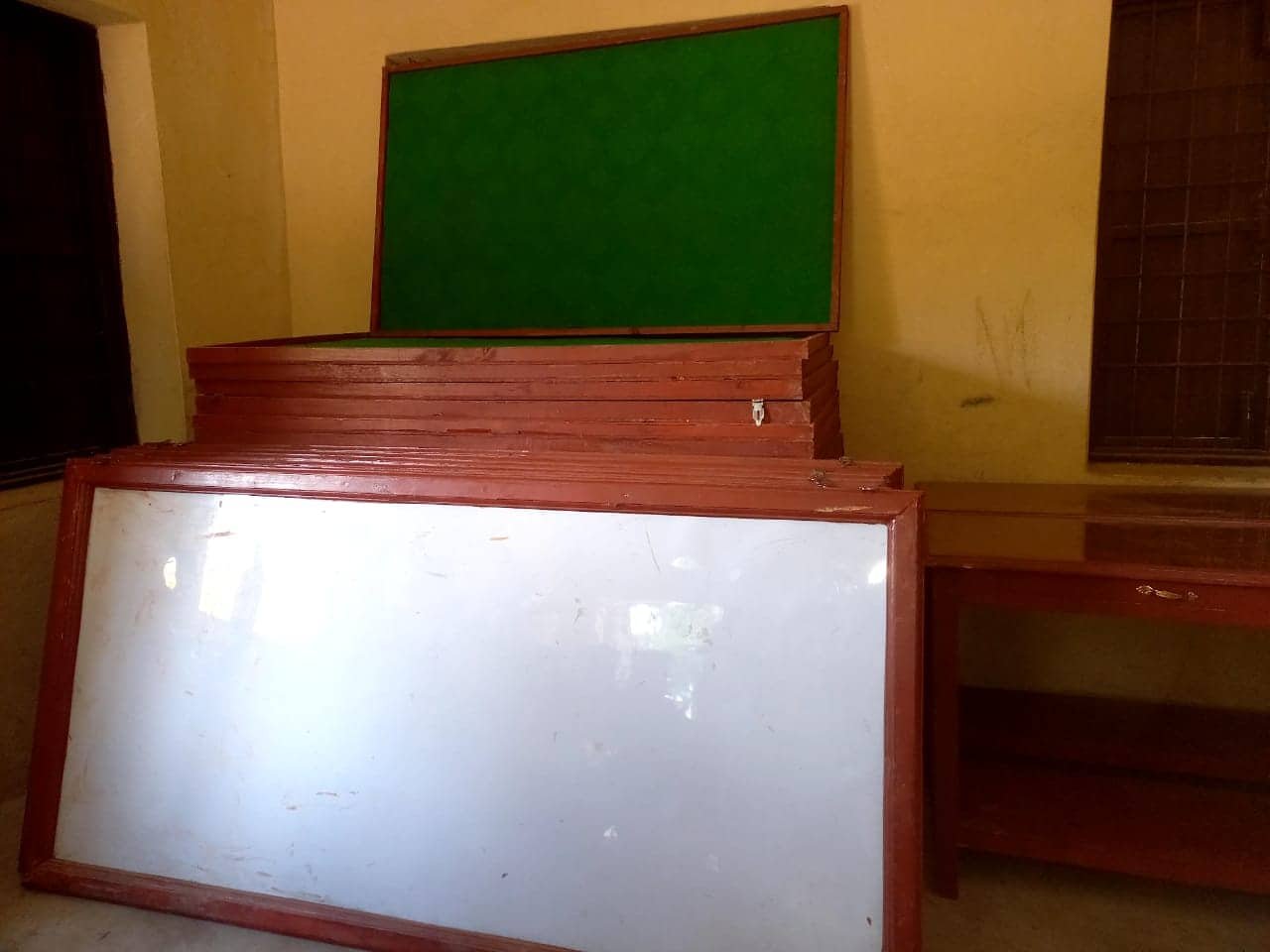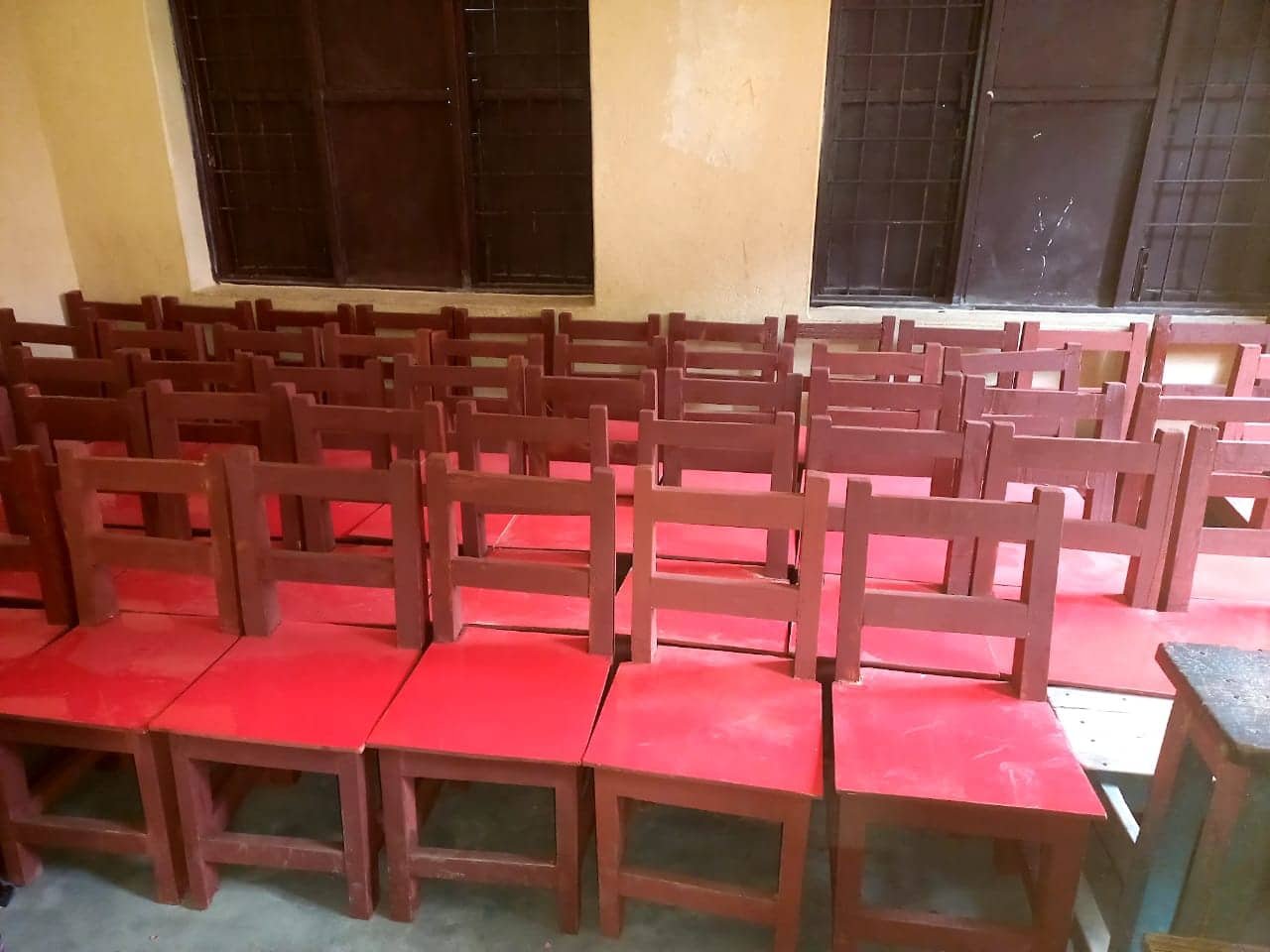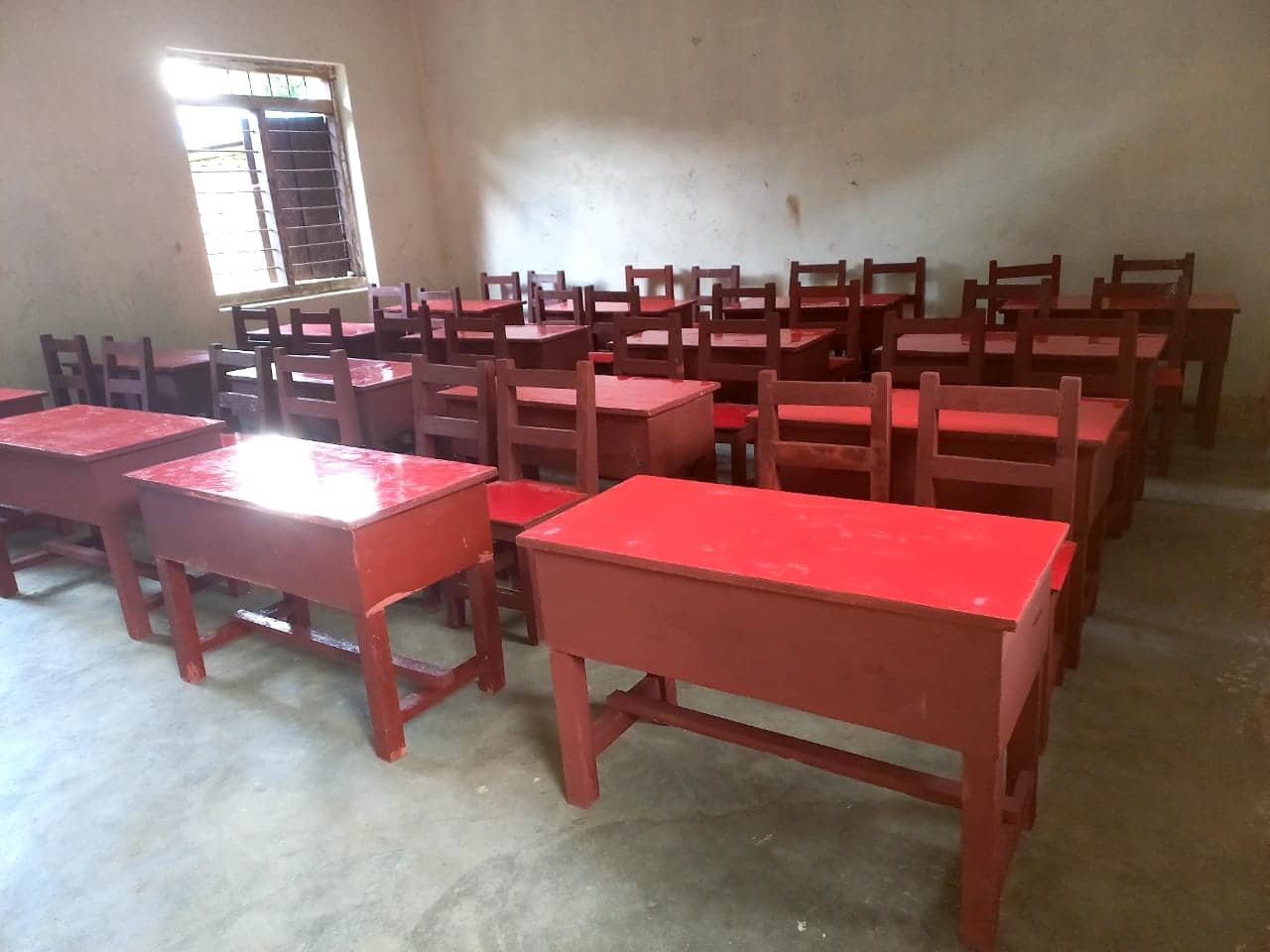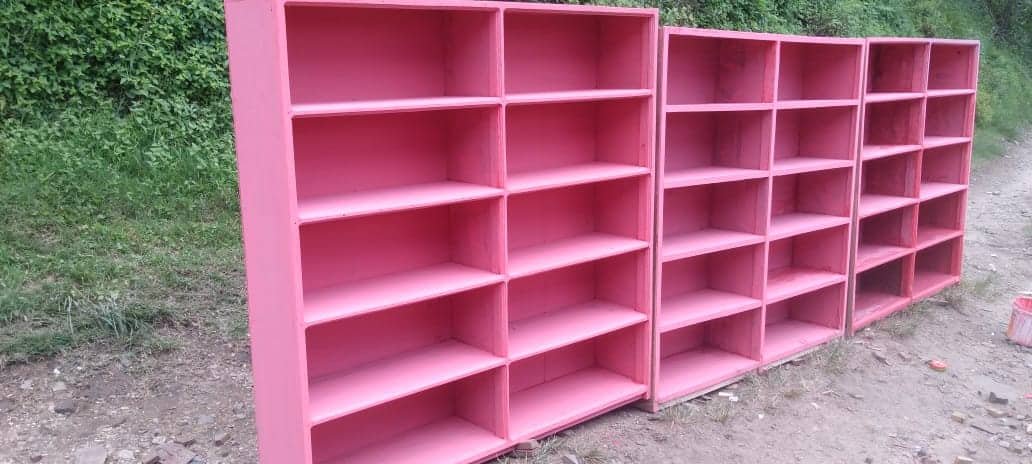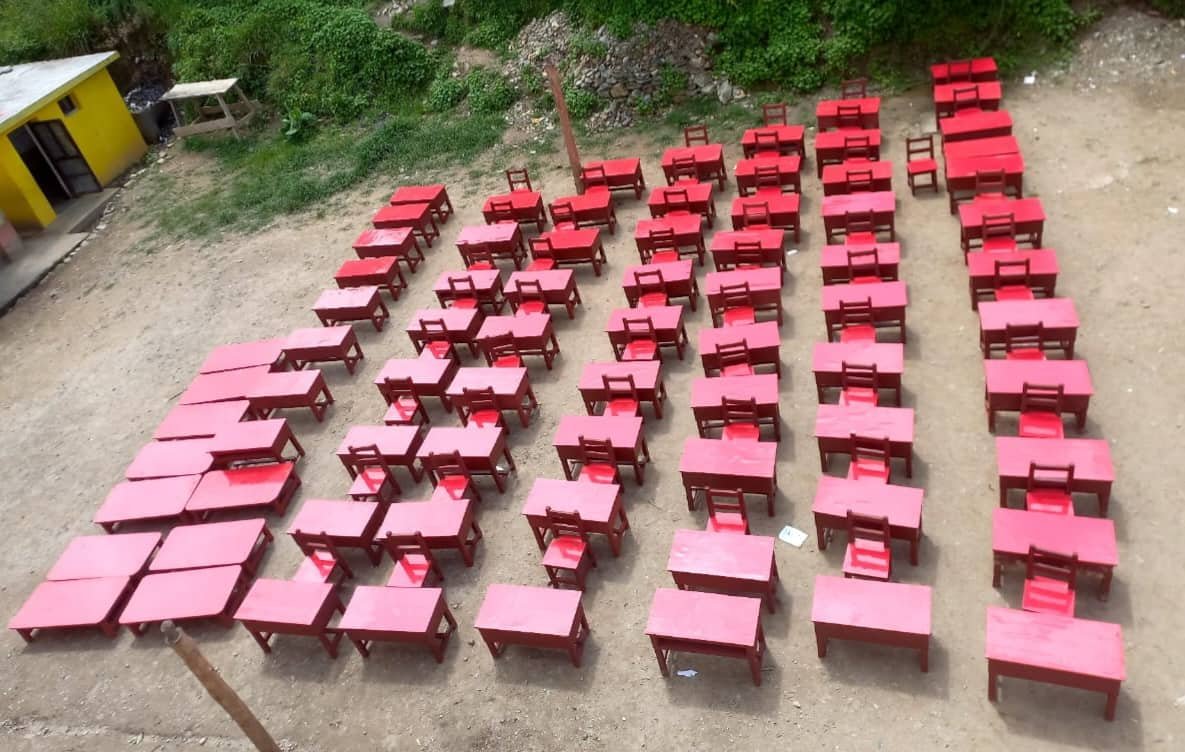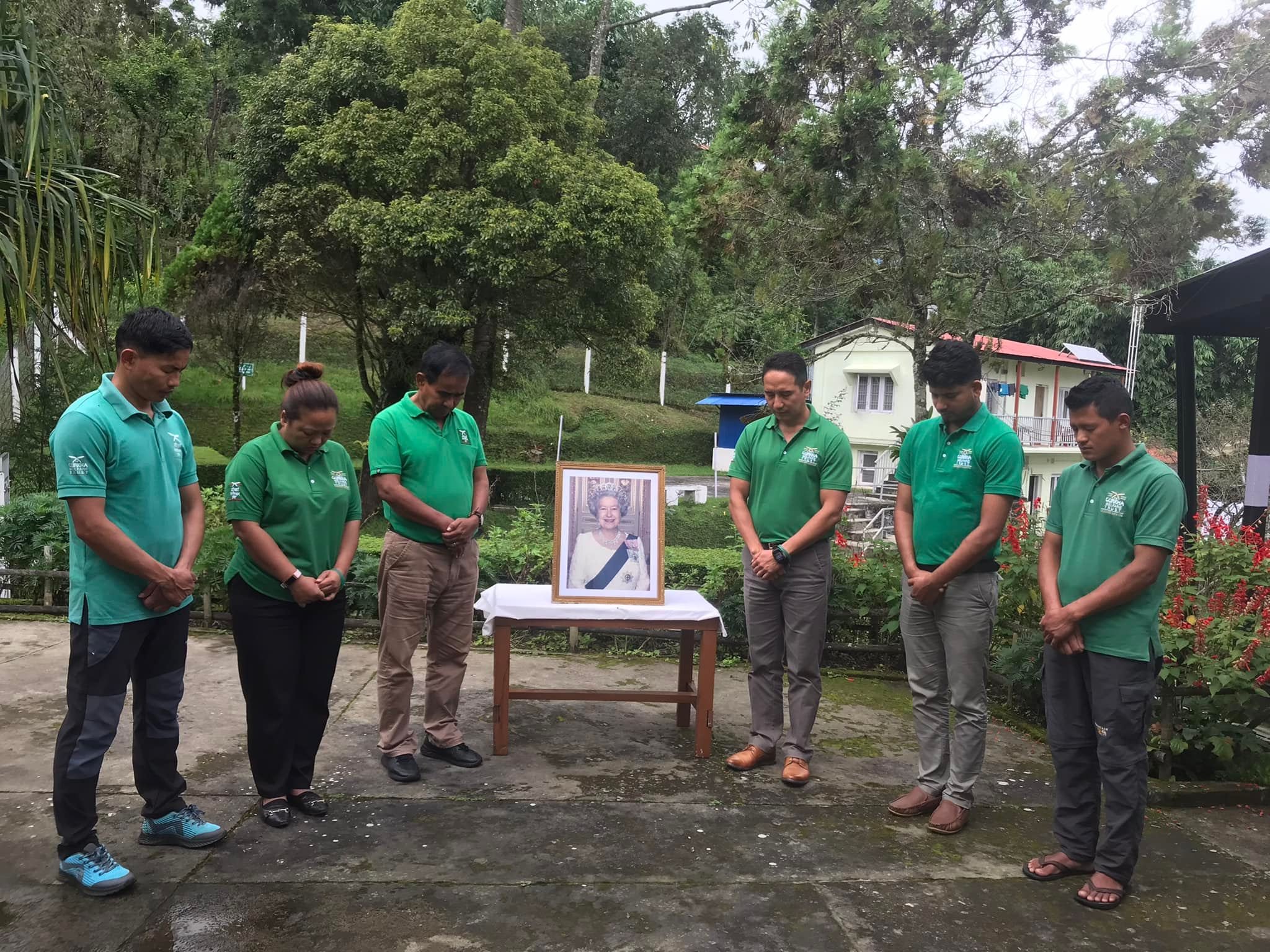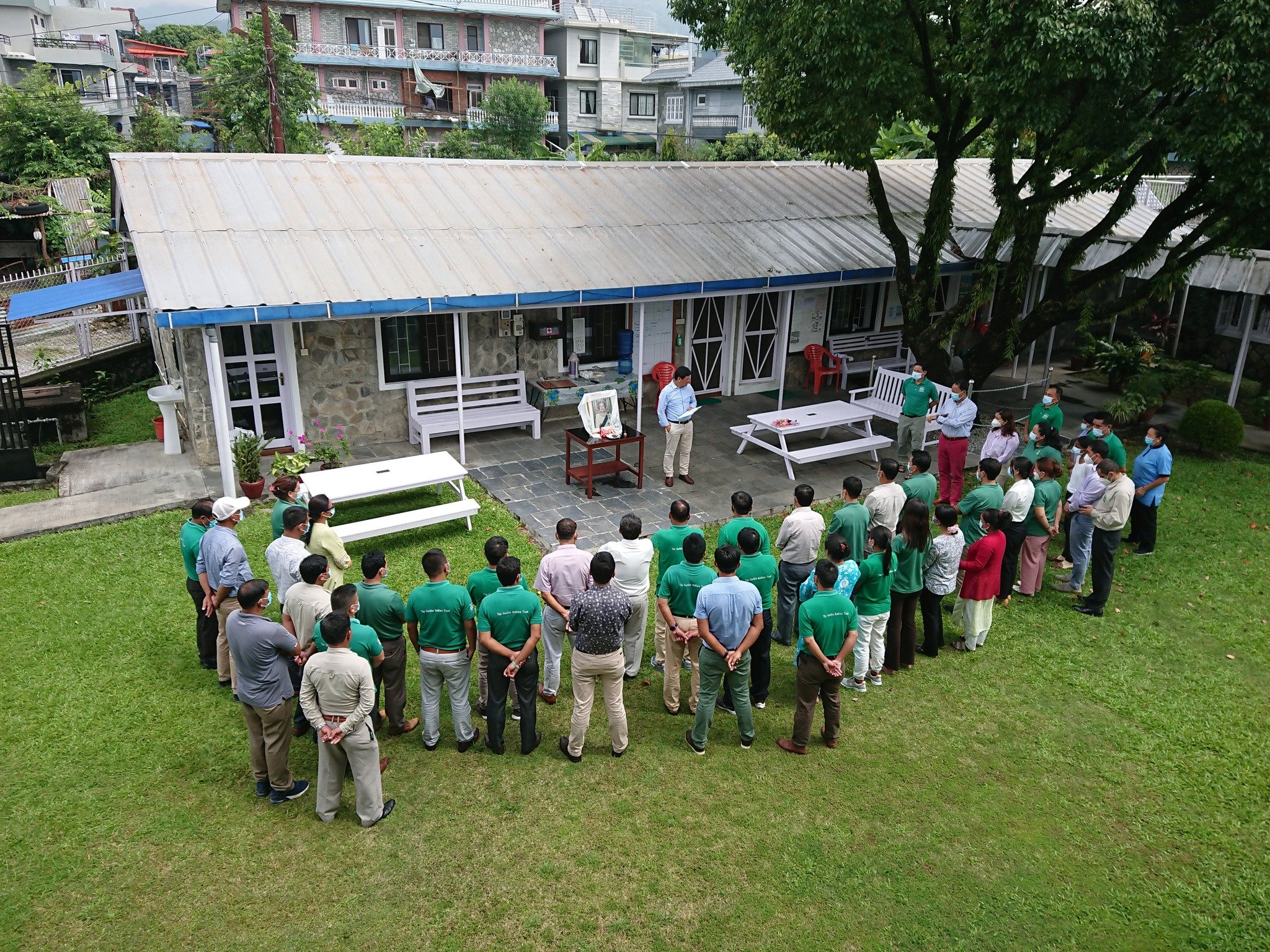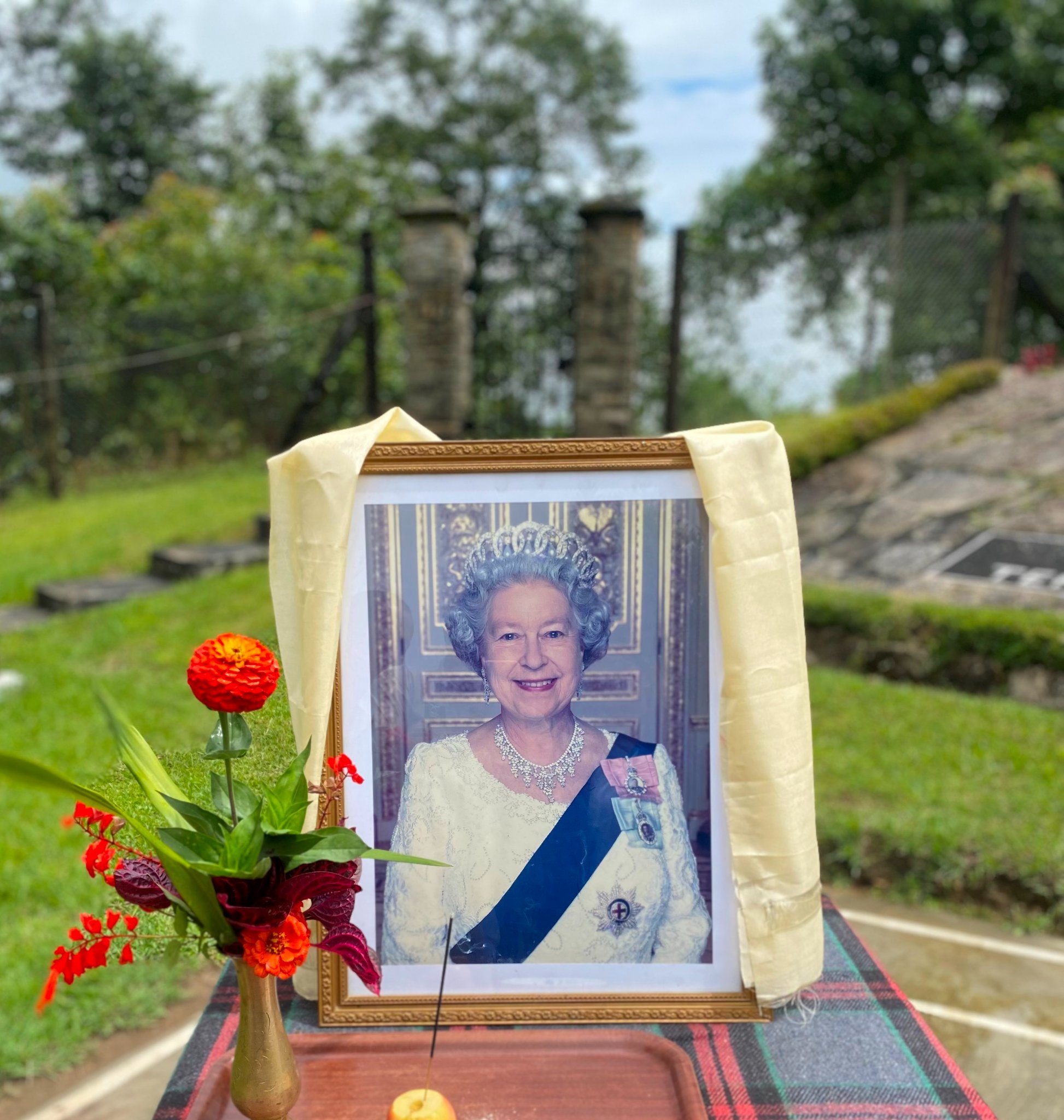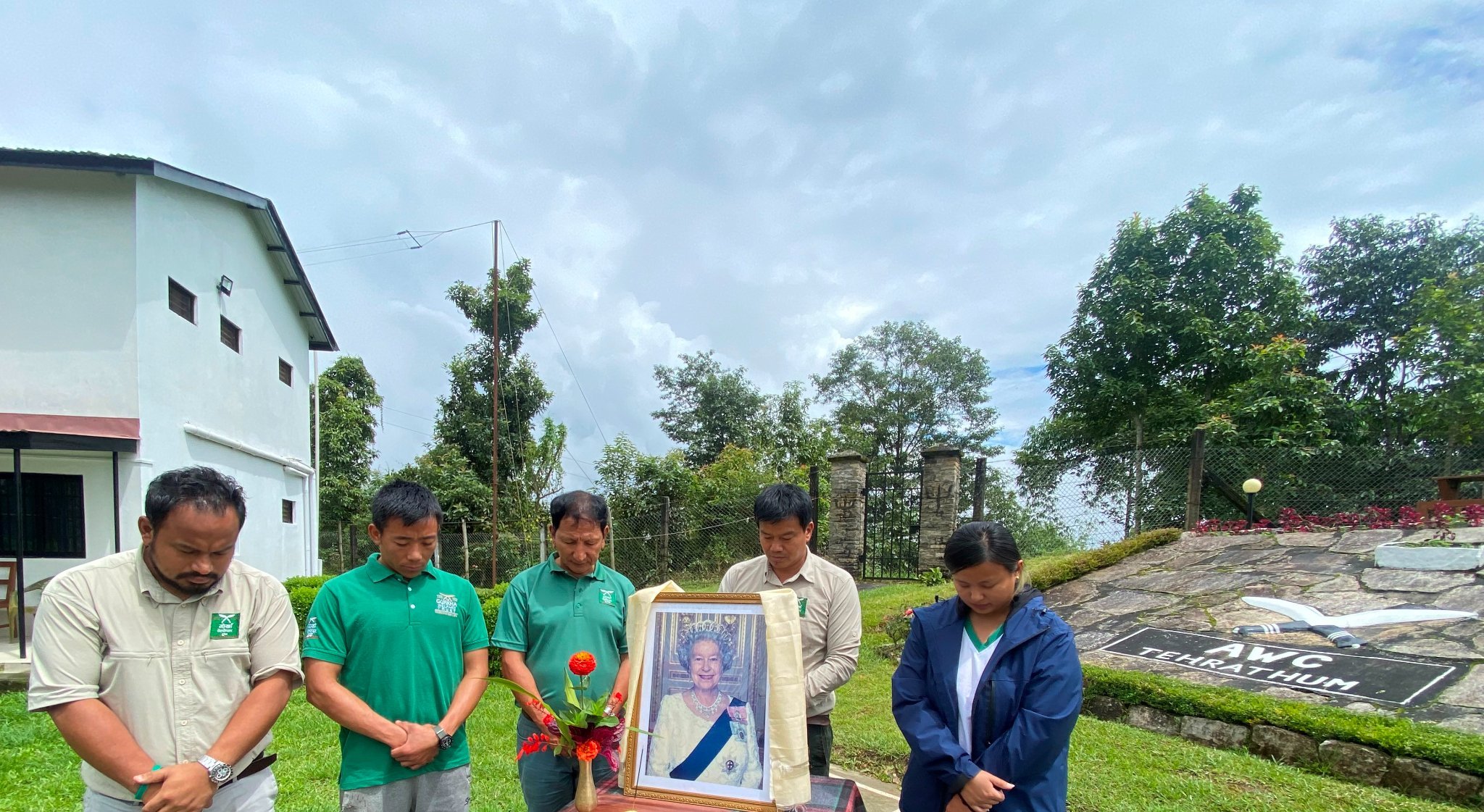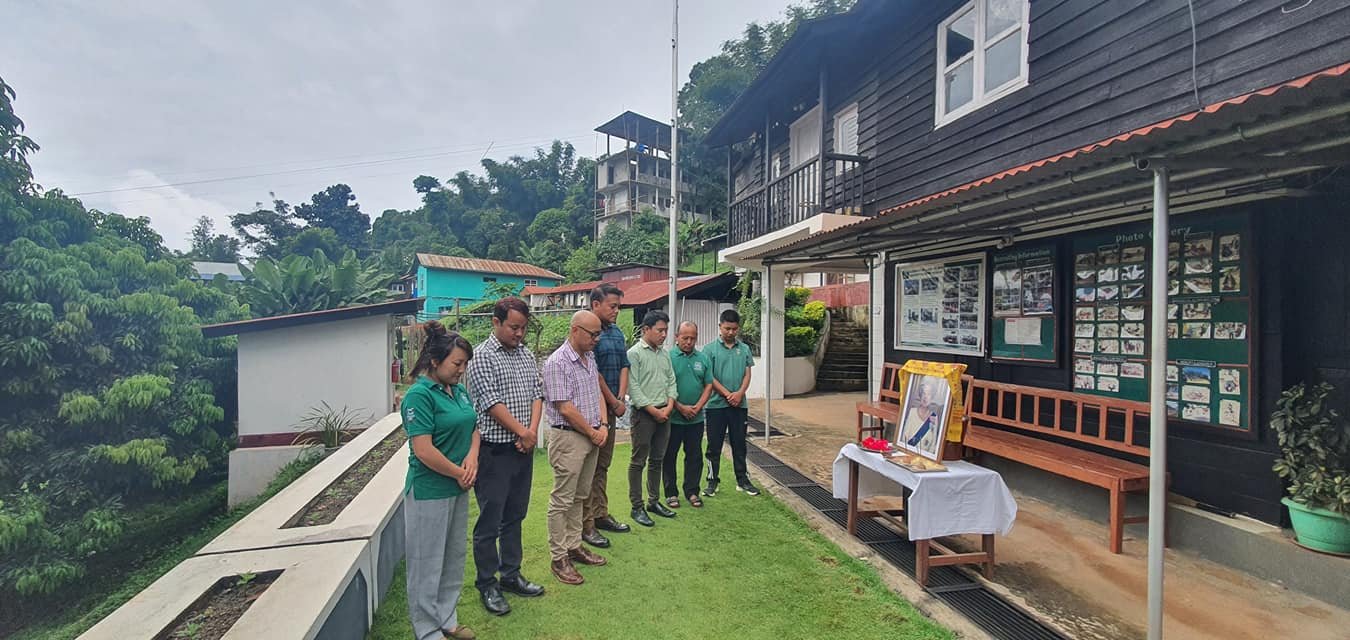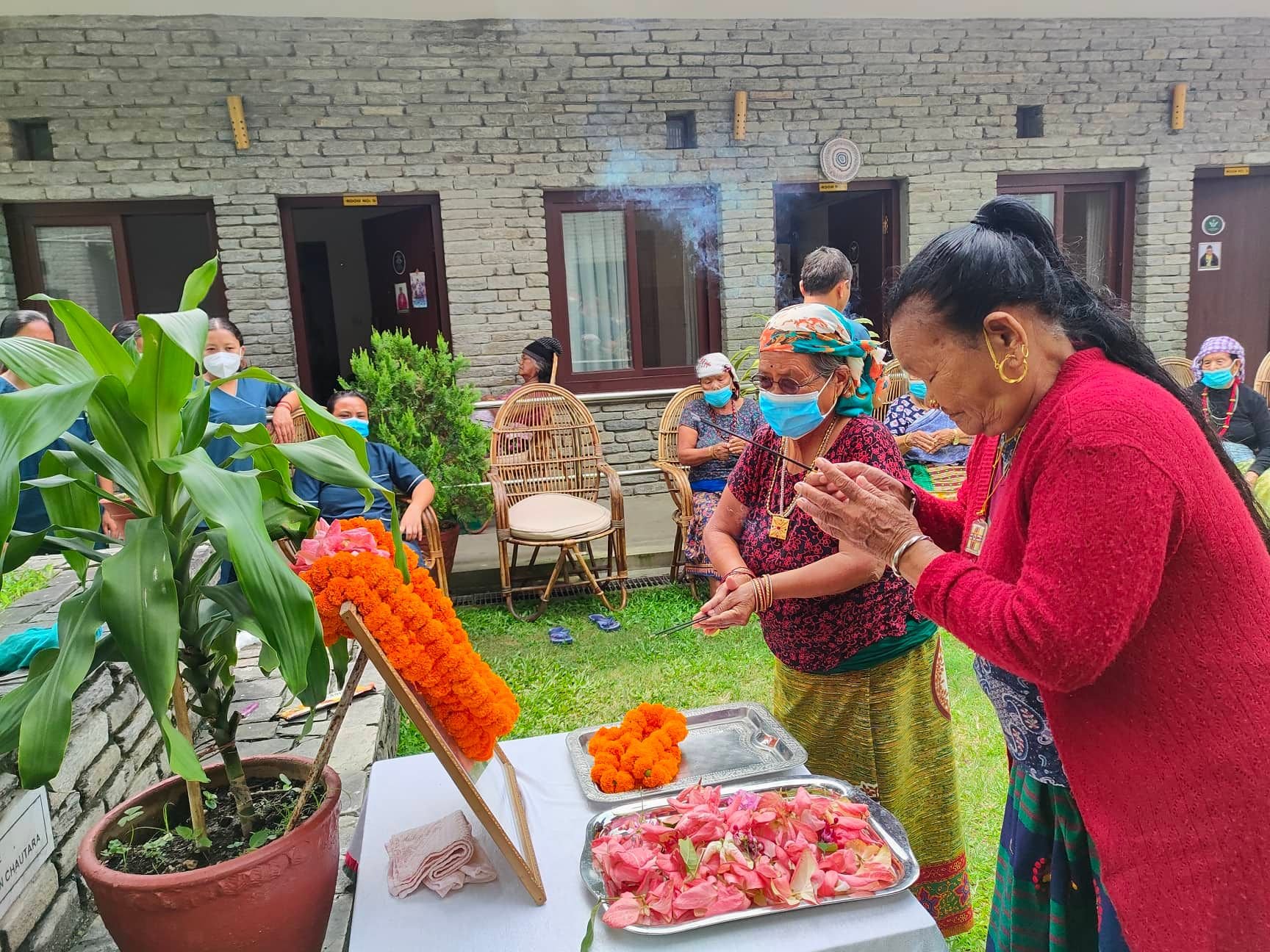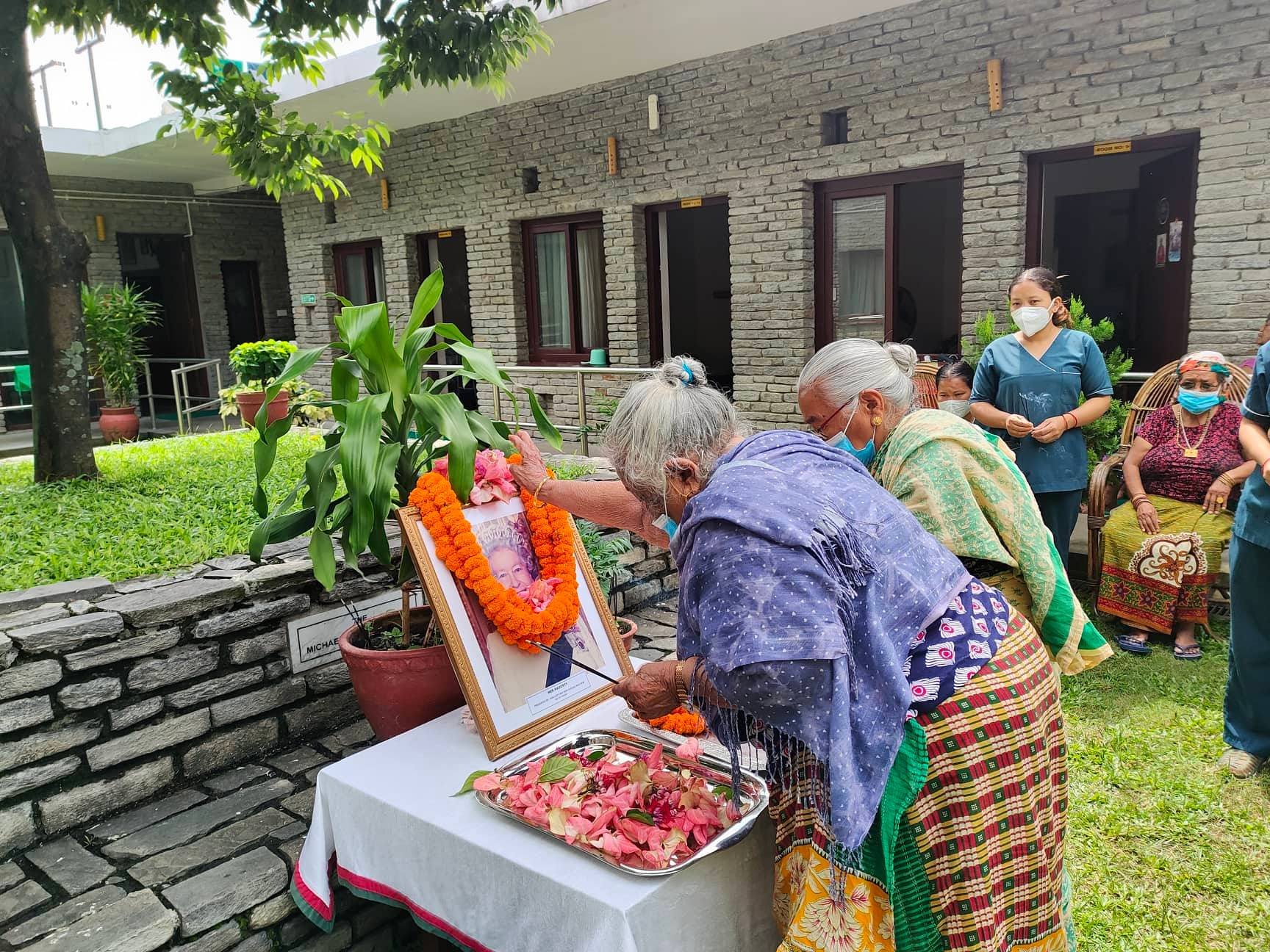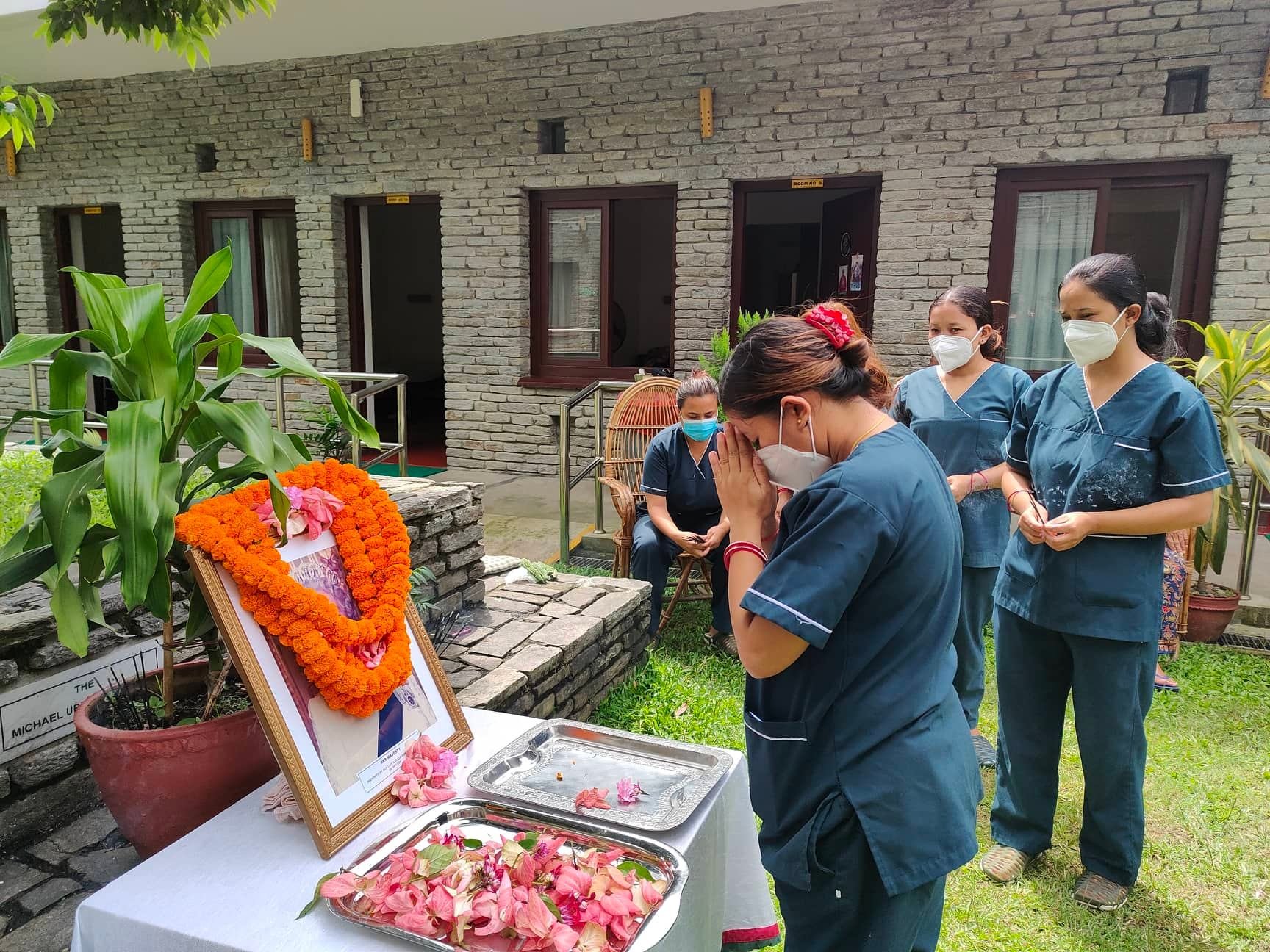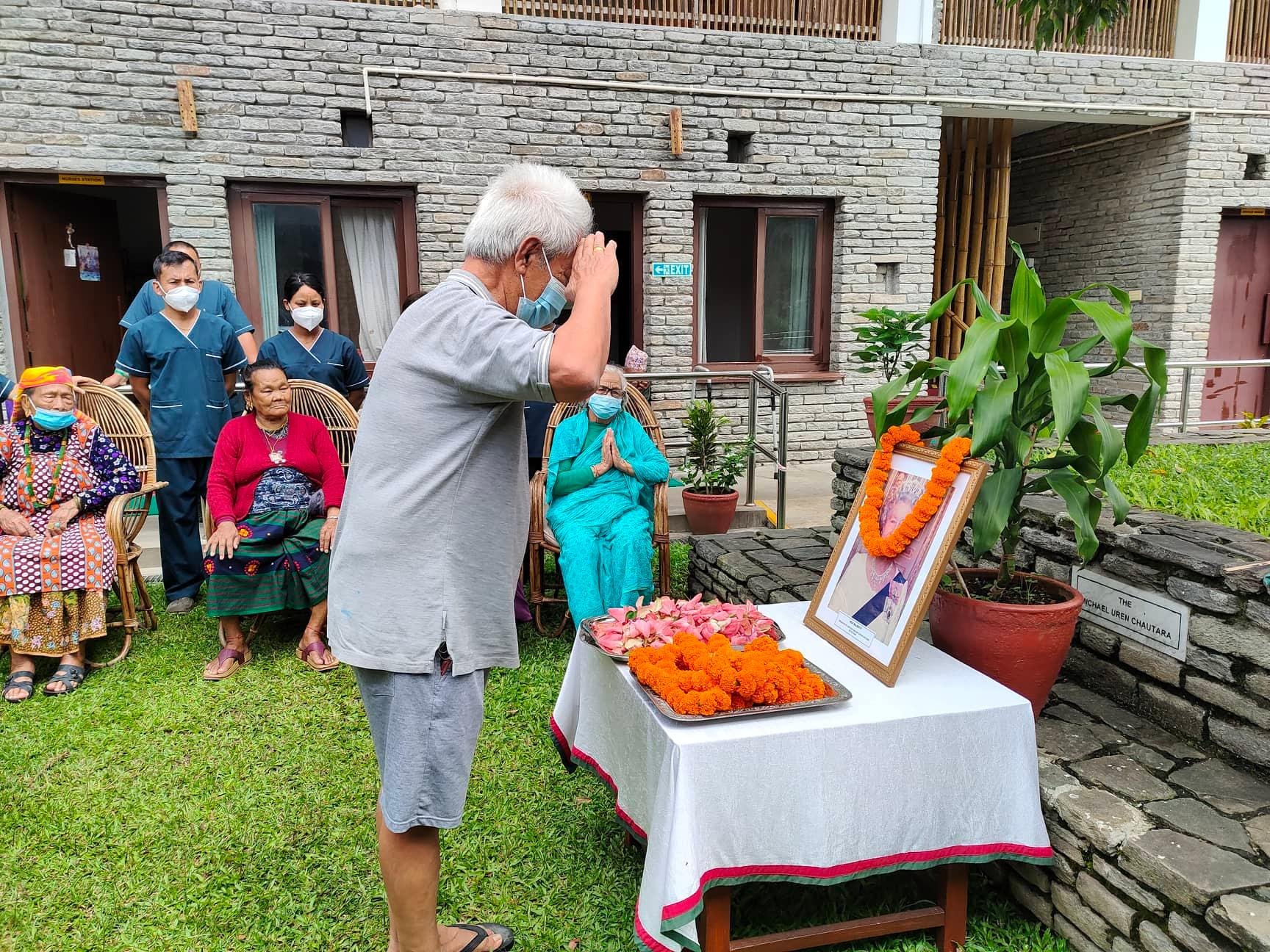NRNA NSW SCC Vice Coordinator Sukirti Bhatta while reading the press statement added, “On behalf of the I would like to express the gratitude to the respected individuals who took out time from their precious schedule to attend the press conference and we look forward to support and cooperation of the community members for the overall success and goodwill of the upcoming screening of the historic film.” Bhawana Limbu, who was involved with Public Relation for the movie in the UK and Australia said, “Our UK team is very happy to collaborate with the Sydney based respected organisers. It gives me immense pleasure to be the bridge between production and organising team. We are looking forward to working together with the reputed organisers in the future too.”
Also present on the occasion were the NRNA NSW SCC Secretary Binod Kunwar, Nari Nikunja NSW Coordinator Dr. Samita Gurung, NRNA Australia National Youth Forum Treasurer Ranjit Raj Onta, NRNA NSW SCC member Deepa Joshi and Sydney-based Nepalese journalists representing different media houses.
Biographical Facts of the Film
Gurkha: Beneath The Bravery is the first ever feature-length biographical film about Gurkhas, which tells the tale of legendary Sgt. Kulbir Thapa, the first Nepalese Gurkha recipient of the glorious Victoria Cross, the highest and most prestigious award for gallantry awarded to British and Commonwealth forces. Over 200 years, Gurkha’s legend has been featured mostly as myths, which are passed down through families, but we strongly believe that stories as poignant as this deserves to be told to a wider audience on the silver screen. The movie has 12A classification (children under 12 years old can watch the movie if accompanied by an adult).
Celebration of the Noble Cause Via the Project
This is a non-profit project led by Pradeep Shahi, who is an award-winning British-Nepalese filmmaker, and with a team of volunteers, mostly sons and daughters of the Gurkhas. The movie was made with a small budget, most of which were via crowdfunding & sponsors. The cast and crew worked on a voluntary basis. The project is made in support of the Gurkha Welfare Trust, so all the profit made from the movie will be donated to its cause.
The Central Character or the Heroic Figure of the Film
Late Sgt Kulbir Thapa Magar VC was the first Nepalese Gurkha recipient of the Victoria Cross, the highest and the most prestigious award for gallantry in the face of enemy that can be awarded to British and Commonwealth forces. Born on 15 December 1888 in Palpa Nepal, Thapa was a 26-year-old Rifleman in 2nd Battalion, 3rd Queen Alexandra’s Own Gurkha Rifles, British Indian Army. On 26th September 1915, during the Battle of Loos, his action depicted his courage, sacrifice and mateship earning him the Victoria Cross. He re-joined his battalion in Egypt on 4 January 1916 and later achieved the rank of Havildar/ Sergeant.
The Significance of the Film for the Gurkhas in Australia
The lost generation of elderly Gurkha veterans were finally granted UK residency in 2009 after relentless campaigning for their right to live in Britain. While there were celebrations, this has also highlighted struggles for them to adapt to the British way of life. Across a few cities in the United Kingdom, you can see them gathered in local parks at day times, often reminiscing about their life back home. Some people envy their bonds, and some are intrigued. Unfortunately, there have also been incidents of abuse and dissatisfaction towards them as not all agree with their permanent settlement in the UK. Being in Australia, the concerns of the Gurkhas in the UK might feel distant, but the Gurkhas in Australia have amazing attachment with the Gurkhas living across the globe. The affiliation of the Gurkhas with the British dates to 1815, since then over 100,000 Gurkhas fought in WW1 and over 110,000 fought in WW2. Post war they have continued to be involved in active duty in various military operations in Cyprus, Falklands, The Gulf, Kosovo, Bosnia, Iraq, and Afghanistan. Their bravery and ferocity have won the praise and respect of leaders and military generals globally, but they have also won the hearts of fellow soldiers on the battlefield and community wherever they may be stationed by their cordiality, kindness and humility. As a Nepali, we take pride in the tales of their bravery and humility and before any of us commenced our globe-trotting journeys to different parts of the world, it is them who introduced us Nepalis and our way of life to the globe and paved the way for us to make our own mark in our own personal journeys. Now it is our time to show our gratitude to them and thank them for their sacrifice and being the flag bearers of who we are as a Nepali today.
As collaborative partners in this event an agreed objective of the team is to raise awareness of the Gurkha veterans’ commitment, and sacrifice and to restore their rightly deserved honour and dignity and alongside support the Gurkha Welfare Trust who operates through 21 Welfare Centres with an objective to ensure Gurkha veterans, their widows and their wider communities are afforded a life of dignity through provision of financial, medical and community aid.
This is stated in the press release issued in the event. Sukirti Bhatta shared with www.nepaleseaustralian.com.au, “I strongly believe that this is so much more than just a movie, it is an opportunity for us Nepali to proudly showcase to the world through cinema that as a small nation we have significantly contributed in mostly all global events and we deserve the rightful recognition and respect. The sacrifices of our gorkhali soldiers (Gurkhas) deserve to be acknowledged. So, I request all Sydney siders to contact the organising team for tickets.
Deb Gurung: 0422 031 661
Rajiv Pradhan: 0402 888 566
Sukirti Bhatta: 0410 775 212
Iraj Thapa: 0402 504 324
Binod Kunwar: 0413 490 350
Bhawana Limbu: 0404 509 510



